
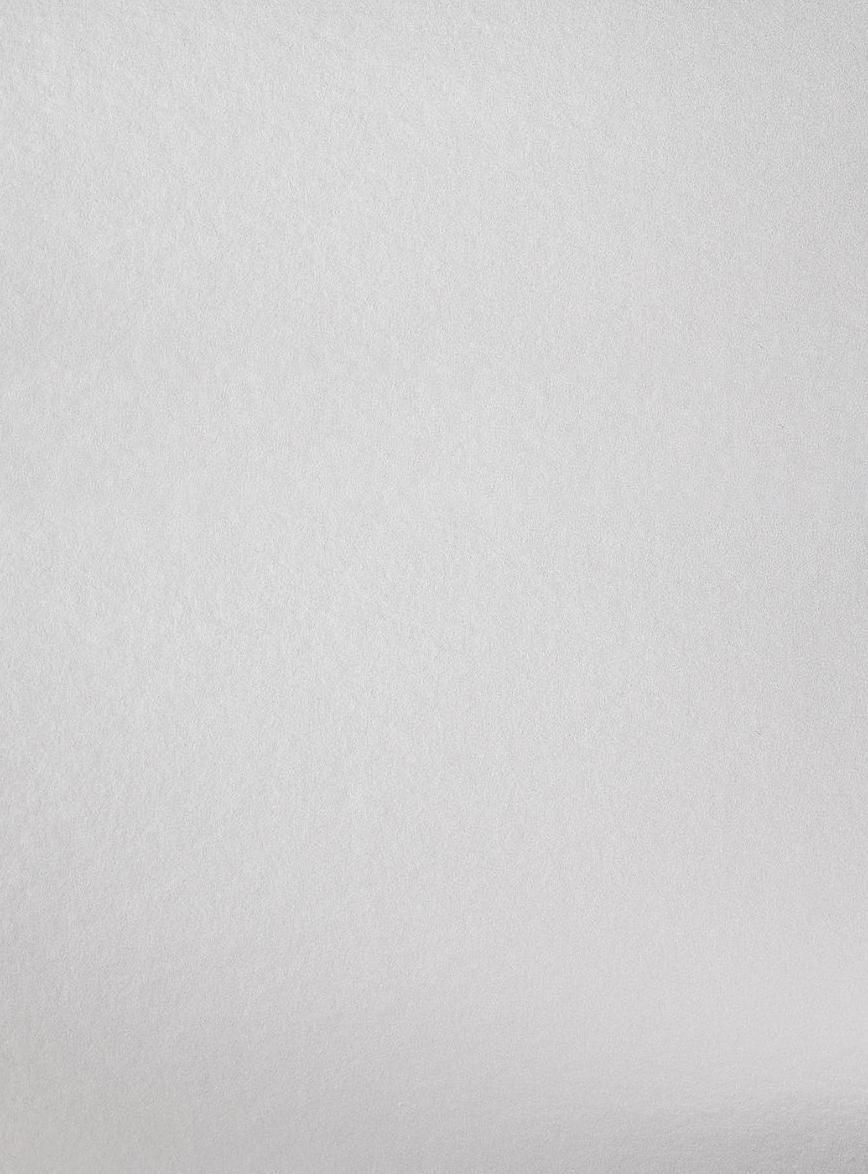








Welcome to the Waiting Room.
…
This publication showcases the work of USW’s BA Photography Graduates 2025, a three-year course delivered from our impressive purpose-built campus right in the heart of Cardiff. As course leader of this ambitious and contemporary programme in Photography, I invite you all to wait with us for a while
… and while waiting, spend some time engaging with the informative and diverse projects included in this publication.
Peter Bobby: Course Leader BA Photography
Produced with the kind support and collaborative guidance of GF Smith and Taylor Brothers.

Croeso i’r Ystafell Aros.
…
Mae’r cyhoeddiad hwn yn arddangos gwaith Graddedigion BA Ffotograffiaeth PDC 2025, cwrs tair blynedd o hyd a gyflwynir o’n campws pwrpasol a thrawiadol yng nghanol Caerdydd. Fel arweinydd cwrs y rhaglen Ffotograffiaeth uchelgeisiol a chyfoes hon, rwy’n eich gwahodd chi i gyd i aros gyda ni am gyfnod …
ac wrth aros, treuliwch ychydig o amser yn ymgysylltu â’r prosiectau addysgiadol ac amrywiol a gynhwysir yn y cyhoeddiad hwn.
Peter Bobby: Arweinydd Cwrs BA Ffotograffiaeth
Cynhyrchwyd gyda chefnogaeth garedig ac arweiniad cydweithredol GF Smith a Taylor Brothers.

Tara Cochran
Lucy Smith (English Text)
Zara T. Dibor
Becca White
Kieran Carl
Ailish James
Claudia Lewis
Nadine Johnstone
Fern Phillips
Katie A. Holmes
Break
Hattie Alwen
Rebecca Parker
Hannah Trotter
Lauren Brown
Courtney Henning
Samuel Slatter
April Francis
Rebecca Miles
Lucy Smith (Testun Cymraeg)
Alyssa Aziz
Tara Cochran
“Menopause isn’t an ending; it’s a new beginning, a time to reclaim your health, vitality, and power”
Davina McCall, 2022
The UK average age for menopause is 51 and yet a woman’s life expectancy is 83. We are living with menopause longer than our mothers and grandmothers before us. The shame and taboo often surrounding it leaves many women feeling vulnerable; we look in a mirror, paint a smile, see a
hair in the wrong place, an extra chin that wasn’t there before. Our faces have a few more lines, our hair a few more greys and then our bodies start to say, ‘Oh by the way your insides are drying up, you’re getting old’. But don’t worry all your friends are going through the same thing, feeling the same way and I’m sure if you ask them, they will say the same thing as you, yes ‘I’m menopausal too’. This work aims to celebrate and destigmatise this vital transition in a woman’s life.
Tara Cochran

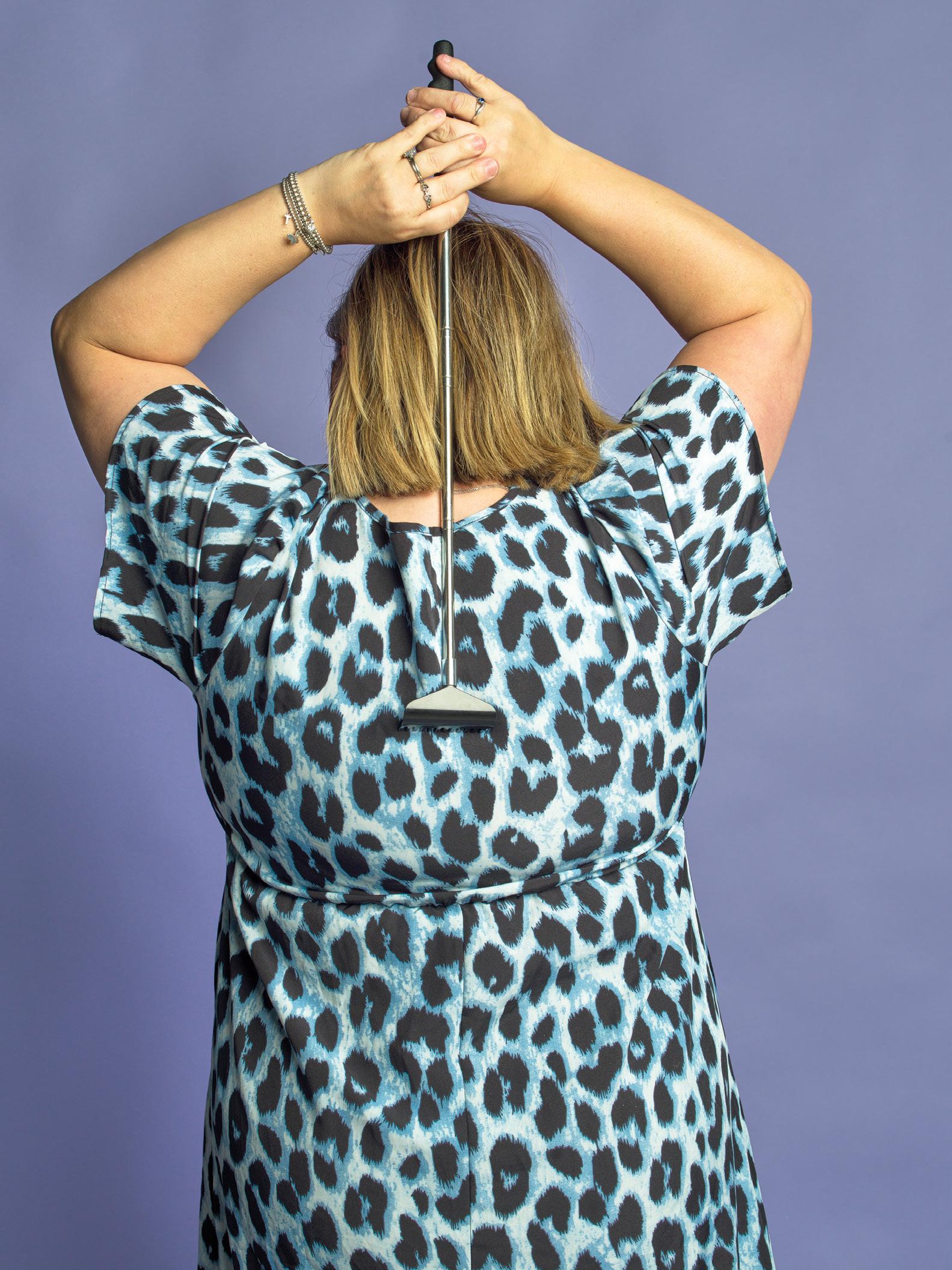
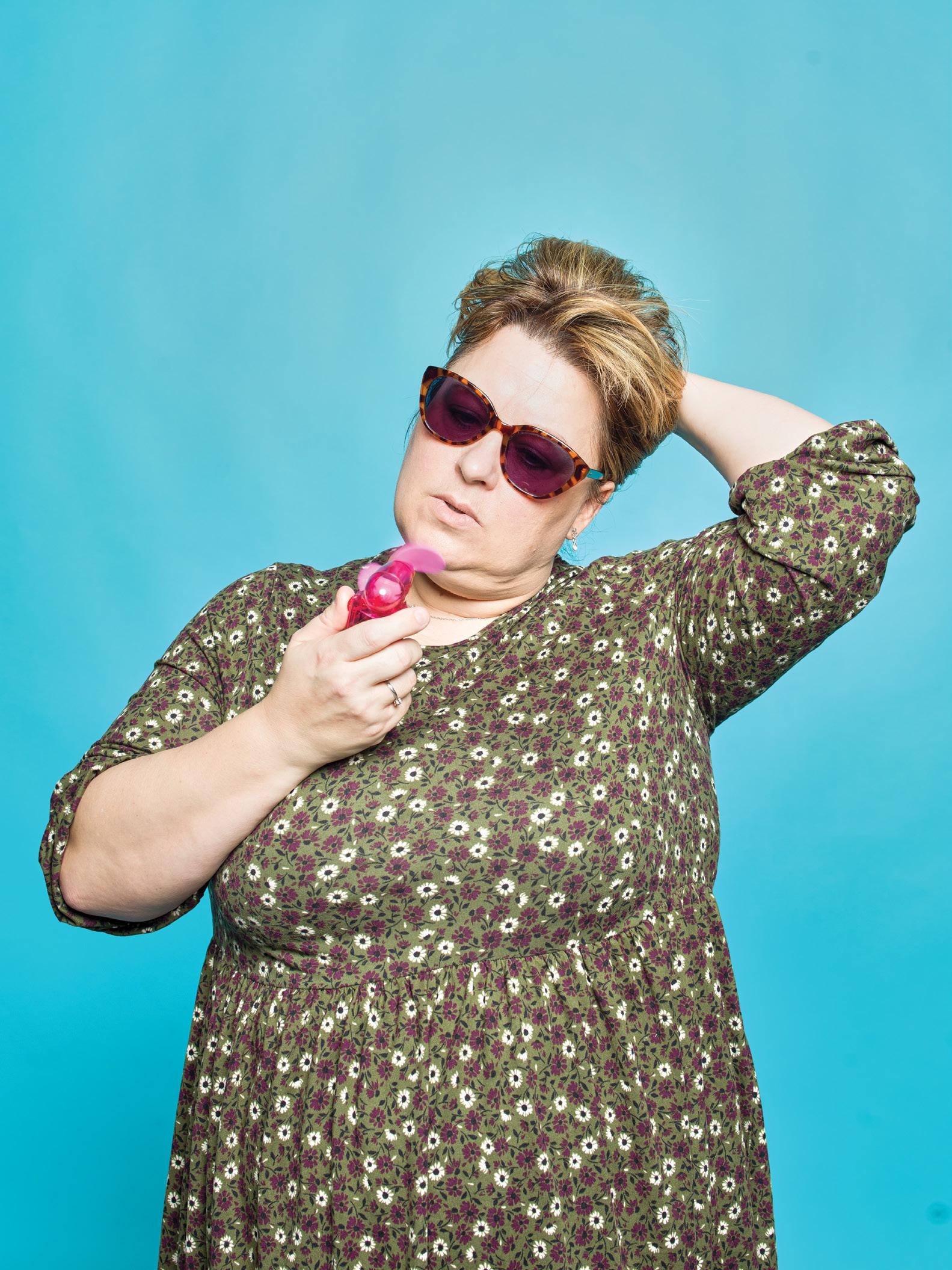
Waiting Room
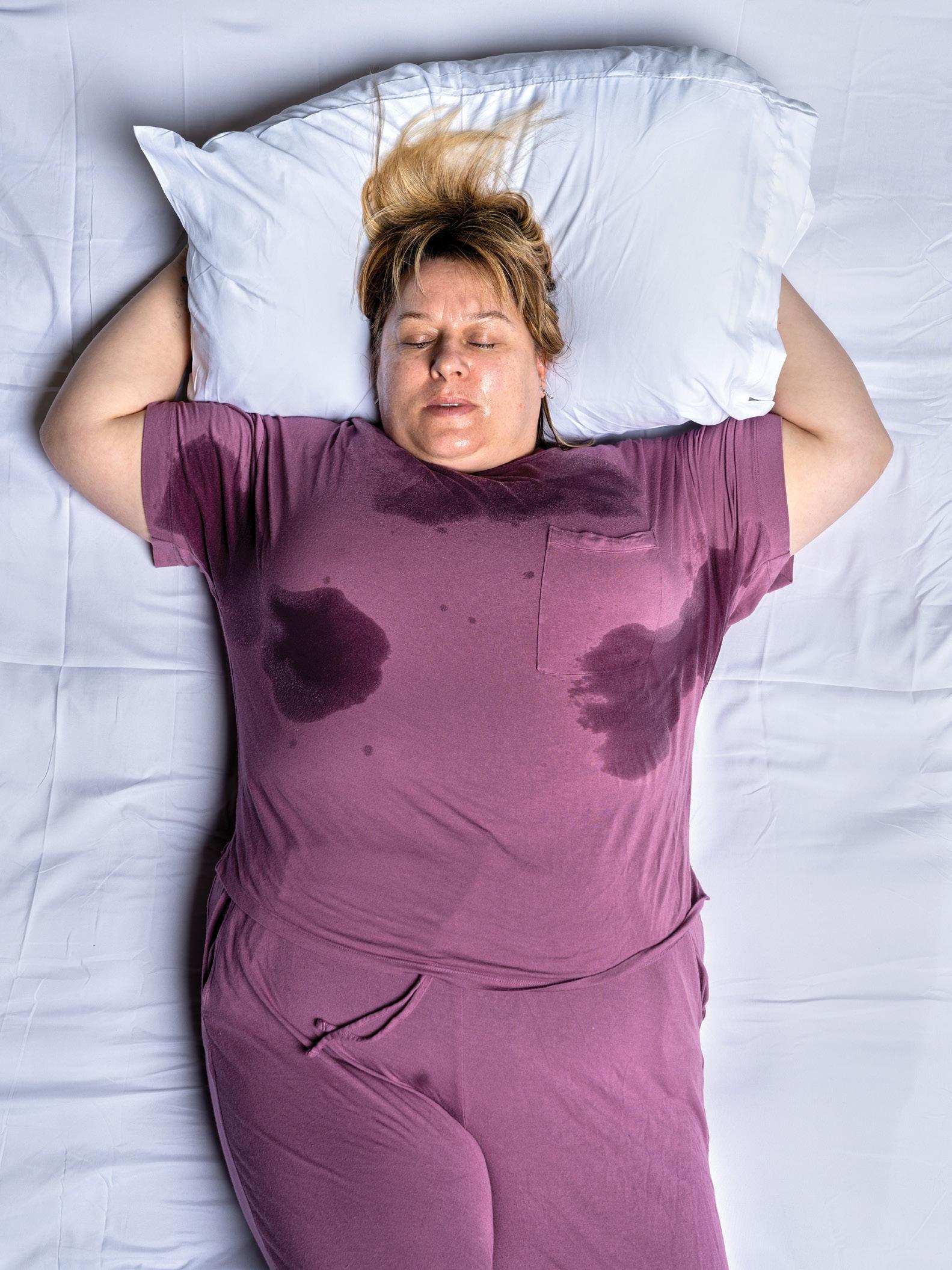
Lucy Smith (English Text)
You’re sitting in a waiting room. Feel the rough fabric of your chair, the cool chrome of the arm rest, see the uneven fan of magazines on the table beside you. The waiting room is full of strangers. See the jittering leg, the fingers picking on the back of a hand, the baby waking up with a noise that sounds like a pigeon, a man who can’t stop gently clearing his throat. The strangers around you are talking, conversations overlapped, snatches of words bubbling up through the wash of chatter.
After talking with the BA graduating photographers and learning about their projects, it struck me that to take photographs you need more than just equipment and a sense of what makes an image pleasing to the eye. You need intense self-reflection, a belief that it is worth taking a closer look at what you’re capturing. The quest is to find a fresh image, that makes the viewer see something as if for the first time. Photographs expose a part of the photographers’ philosophies and values. Looking at them exposes our own. Image as language; most of the students told me they do not like using words image is how they communicate. The conversation made me smile, because I suppose I am the opposite, trying to connect using only words on a page. A few students said that using photographs instead of words is a way to make people listen properly. I have been thinking about that ever since.
There are many reasons to take photographs. Some reasons the students shared with me:
To heal. To show people how you see. To bring you out as a person. Capturing life through your own lens. Self-exploration. Photographs are historically vital— memorising or preserving. The camera is a character in the story. A combination of many crafts and artforms. Escapism. Photography is its own rich language.
09:20
I’ve been thinking about the moment where we first look at a photograph, and our brain considers it against everything else we’ve ever seen and known. I’ve been thinking about the space to pause and look at new images; how it is a luxury, but also a necessity. How the important things might exist between knowing this and knowing that. Inbetween seeing an image and deciding we know what it means. In-between our daily tasks, when we can let a photograph change us. Or let it keep us in the in-between, bringing us more questions than answers.
When considering this liminality, two quotes came to mind:
“What if our real life is lived in the silences? The thoughts, and the in-between-the-thoughts, not what we manage to put into words?”
- Emma Neale
[‘The Pink Jumpsuit’, The Spinoff, 29.03.20]
“What is the truth of our real time? It contains dreams, it contains spinning off, it contains misinterpretation, it contains memory.”
- Patti Smith
[‘Podcast #82’, New York Public Library, 13.10.15]
What do you call that space in-between? Waiting room, the unknown. Is the ‘space between’ where all the important stuff actually happens?
In this collection of photographs there are multiple perspectives to take in. It is as if we are sitting in a waiting room (waiting for who knows what), overhearing snippets of conversation. All of them are worth hearing, and all of them make us lean in and strain to listen closer.
Consider culture as performance / the vacuum of a white studio / surveillance / uncontrollable daydreams;
Lucy Smith
turning them into something else / what is the opposite of the male gaze? / sweating women, the clumps of hair at the back of the neck / beaded jewellery made by a grandmother / everyday misogyny: “I take a photo every time it happens” / a cacophony of thought / the idealised male body / landscapes scarred past recognition.
We take the time to listen to all these perspectives and, eventually, just as if our name has finally been called, we are compelled to reach for our own. What have we been awakened to? What didn’t we notice until now? These photographs talk to the in-between moments, the things left unsaid and unseen, filling in some gaps in our experiences of this world we may have missed. To come to these photographs, to wait and see what they bring us, is the joy of this collection.
The artist-researchers Wrights & Sites would refer to waiting rooms as ‘non-places’:
“We pass through these non-places like ships passing in the night; we don’t communicate; we don’t become attached.” But they urge us to “make the non-place into a place. Look for the particular that marks this space as lived.”
- Wrights & Sights
[‘Place/Non-Place’, mis-guide.com]
What connects a room of total strangers? The act of waiting? The act of looking at the same photographs? Flicking through different copies of this same book; each experience different, but connected.
Let’s return to that collage of conversations, the threads running through this collection: What does skin actually look like, up close? / time lapse / making by hand / invisible pain / the spectrum of emotion shared by rugby players / extreme beauty / looking under the bonnet / discarded things /
shadows cast / consumed by undergrowth / our life’s milestones / a glowing globe / in a mirror, paint a smile.
Peel yourself away and take your time. Find space between the things on your to-do list and approach these images as if you have all the time in the world. Wait for them to reveal themselves properly. See what happens.
Waiting rooms can be places of anticipation, worry, unbearable limbo. Looking at photographs is often less troubling than this, but it is also true that some images can force us to confront parts of ourselves—complacency, ignorance, things we had taken for granted. Getting comfortable amongst these photographs is also getting comfortable with unknown places, unknown people, unknown ways of doing. Listening to very different voices, letting them shape you. These photographs create a space (a non-place?) where you can spend some time, discover something you didn’t know you needed. Room to think, room to wait, and appreciate what surfaces.
And you find yourself relaxing amongst the strangers, amongst their chatter. The baby is asleep again, the man clearing his throat has been called into another room. A woman slides a magazine out from under the fan of others on the table beside you. You realise you feel as if you know everyone around you. You have almost forgotten yourself, and what you’re doing here. It takes a moment to notice when someone calls out your name.
Lucy Smith
Zara T. Dibor
Many West Africans in diaspora preserve their cultural heritage through storytelling, fashion, and ritual. One such tradition is ‘Aso Ebi’: coordinated fabrics worn by all for special occasions. My series, Rappa, explores this heritage to reconcile my personal disconnect following relocation to the UK. A Rappa, also known as ‘wrapper’, ‘pagne’, or ‘iro’, is a length of fabric wrapped around the body. It reflects the individuality and unity in West African culture through bold patterns and colours. In a stark white studio, West
African models self-construct garments from ankara fabric, constructing traditional Nigerian silhouettes from before globalization. Their poses draw on West African social gestures like ‘dobale’ (a bow of respect) and cradling a child, that feel both instinctual and distant to me. The series walks the line between performance and participation, exploring how diaspora shapes and reframes cultural memory. It invites viewers to consider how identity is preserved, embodied, and reimagined.
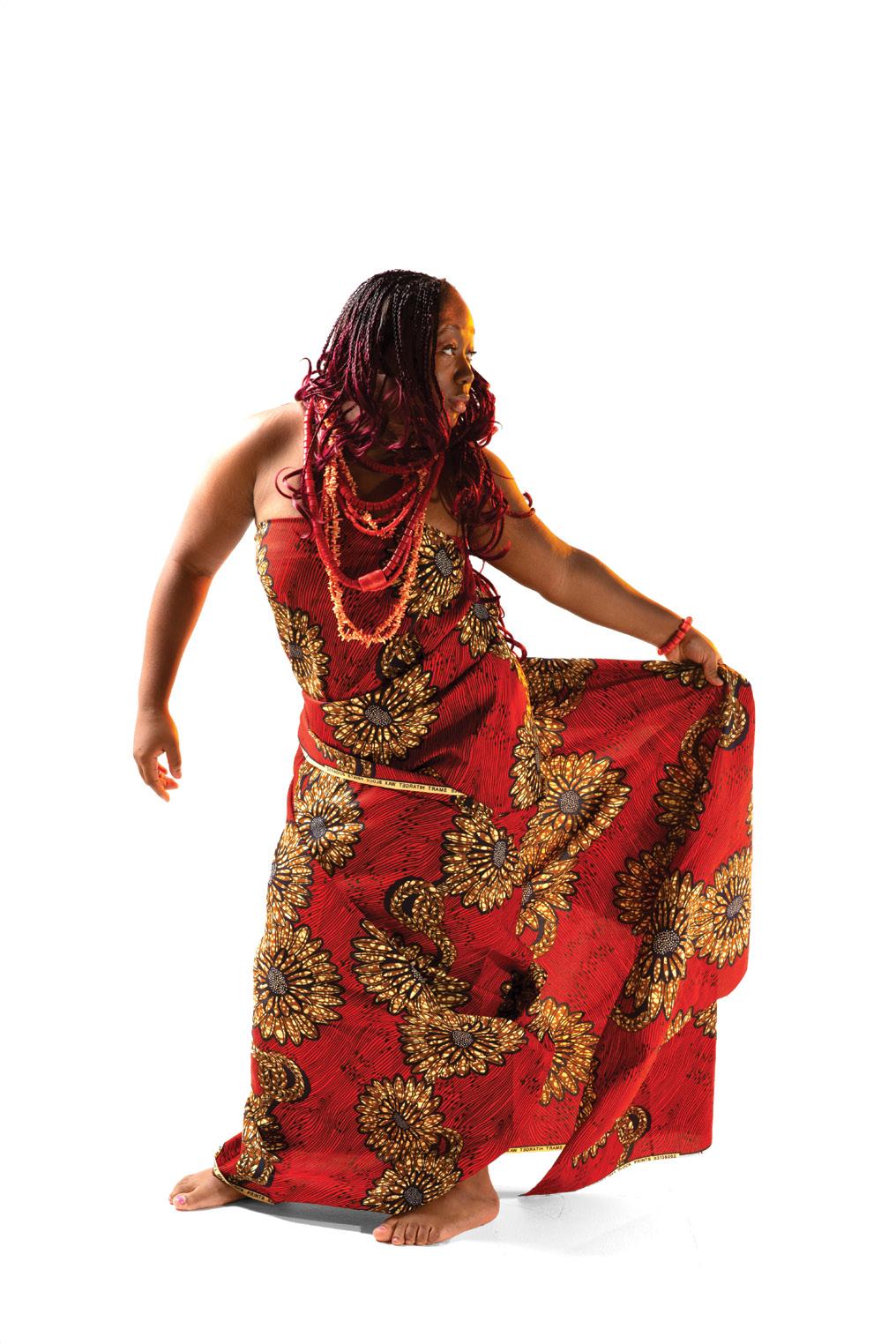
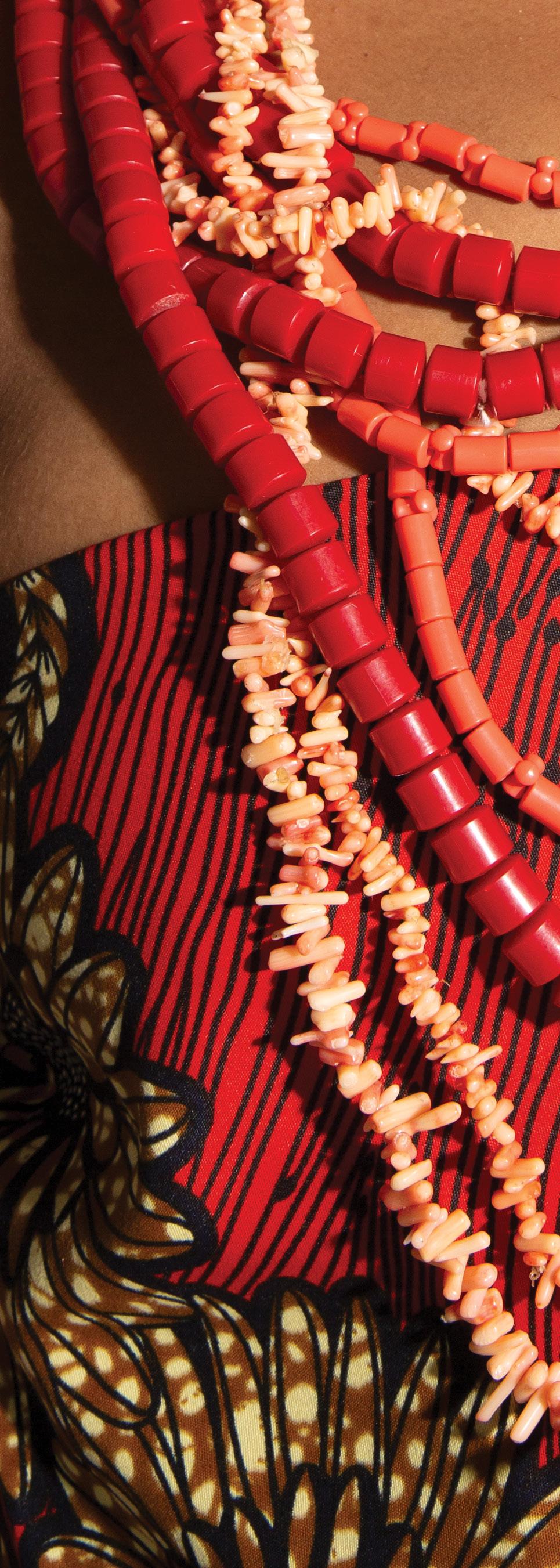
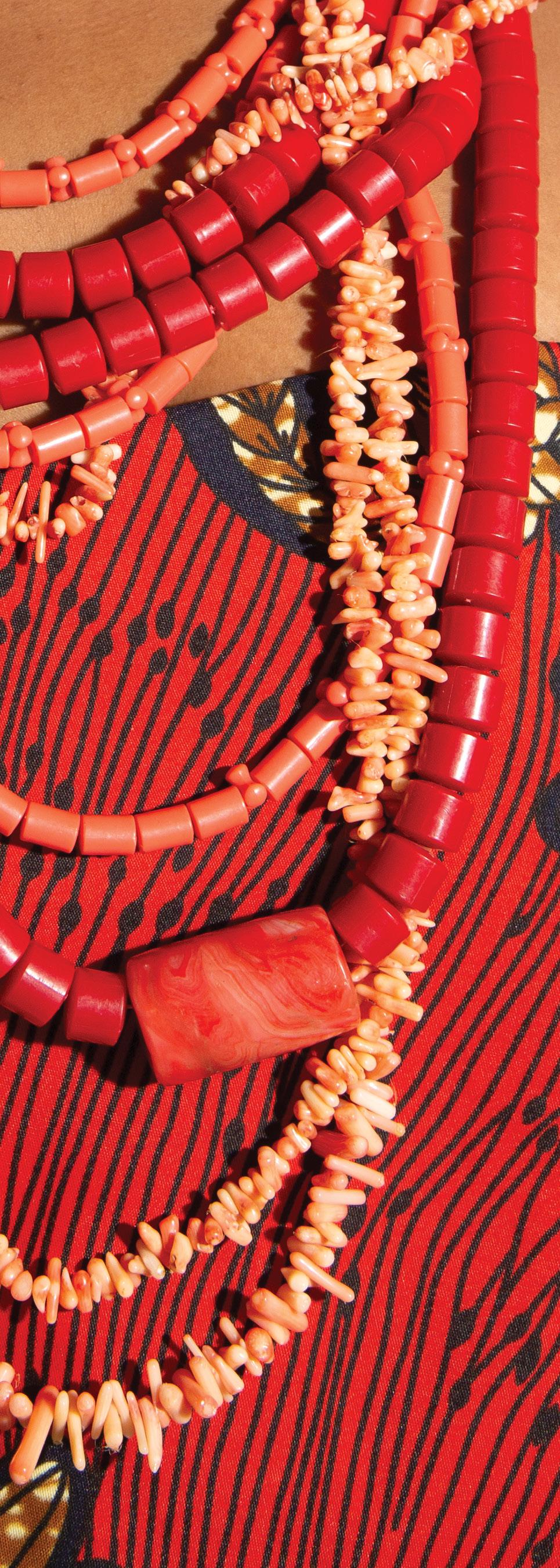
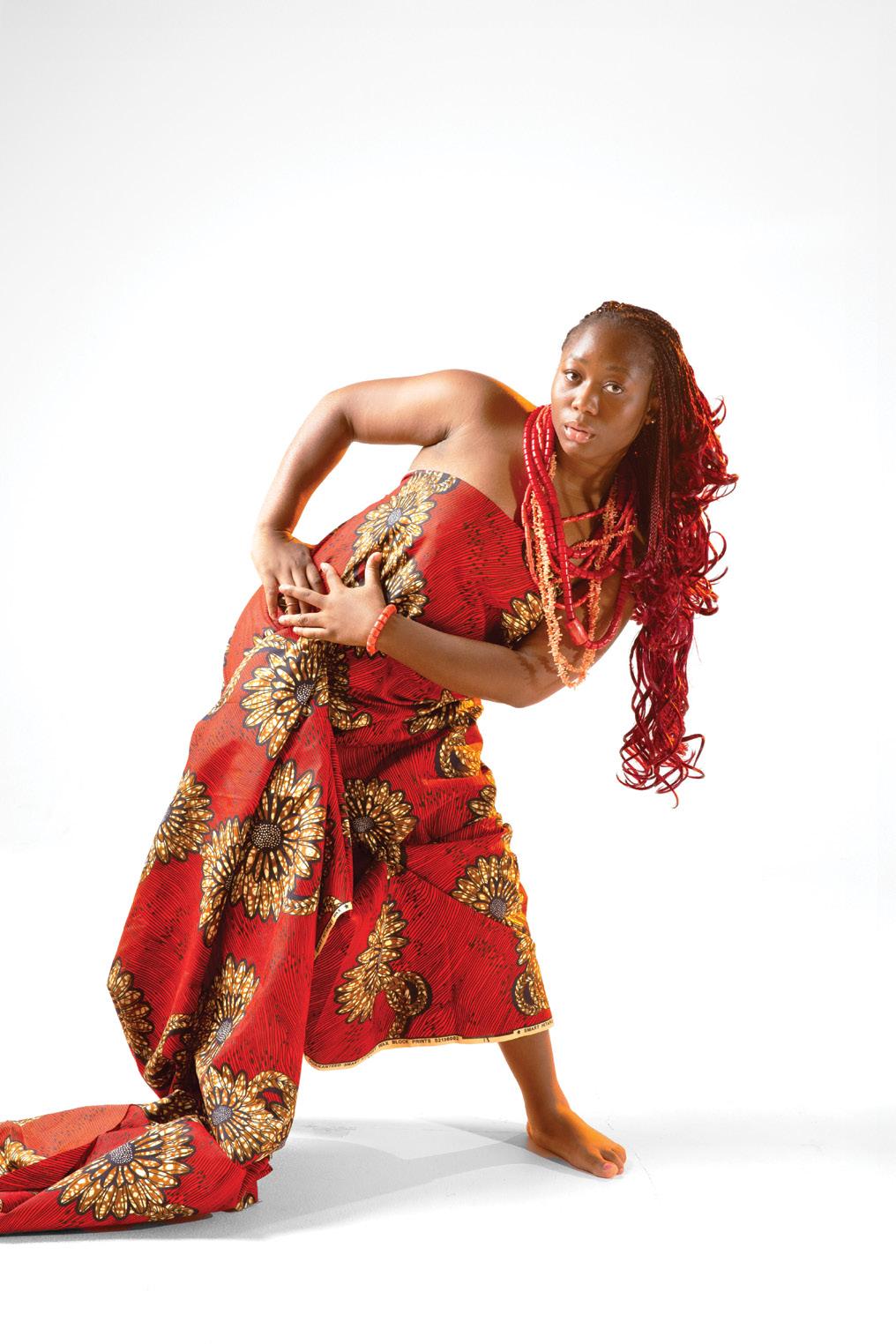
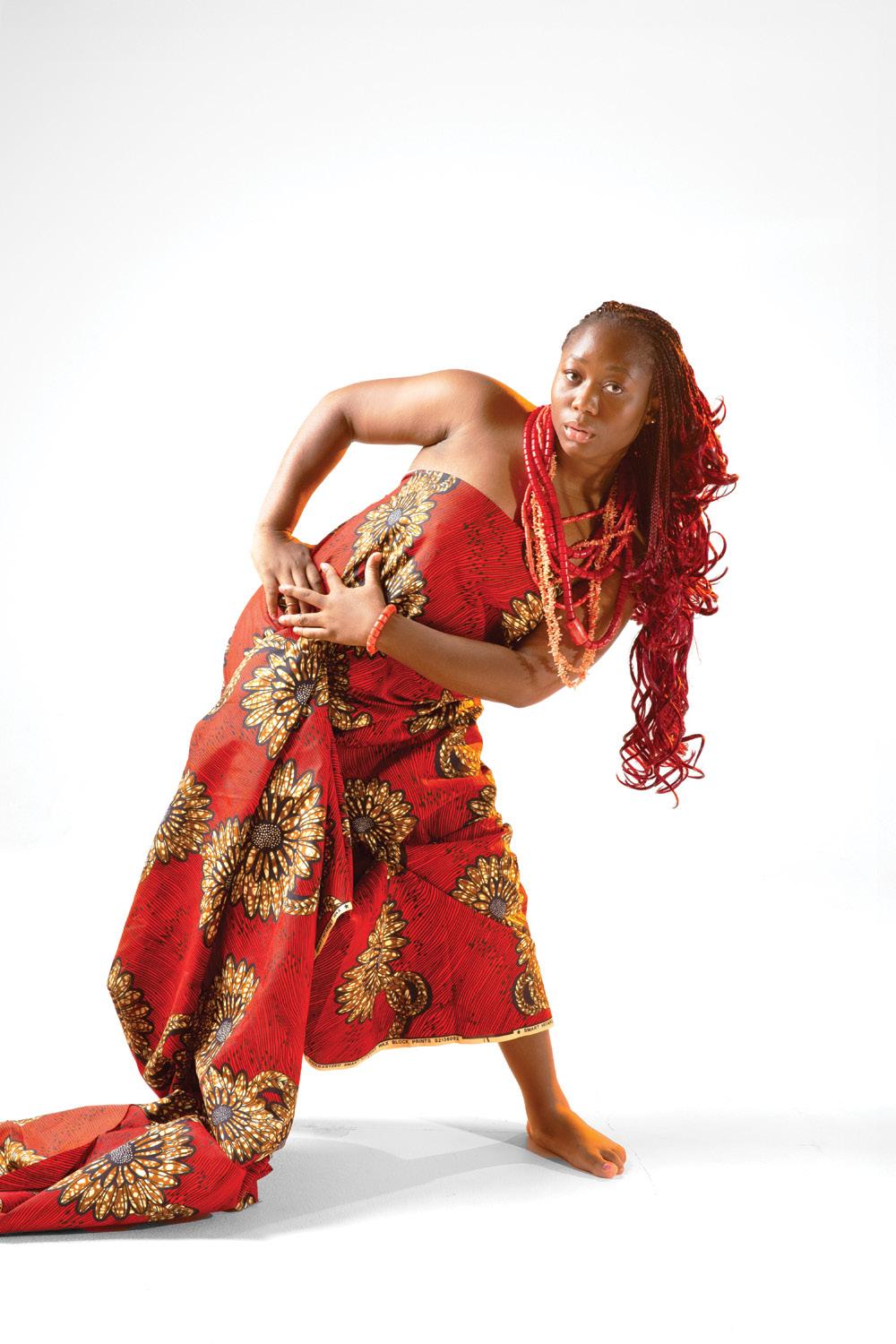
Waiting Room
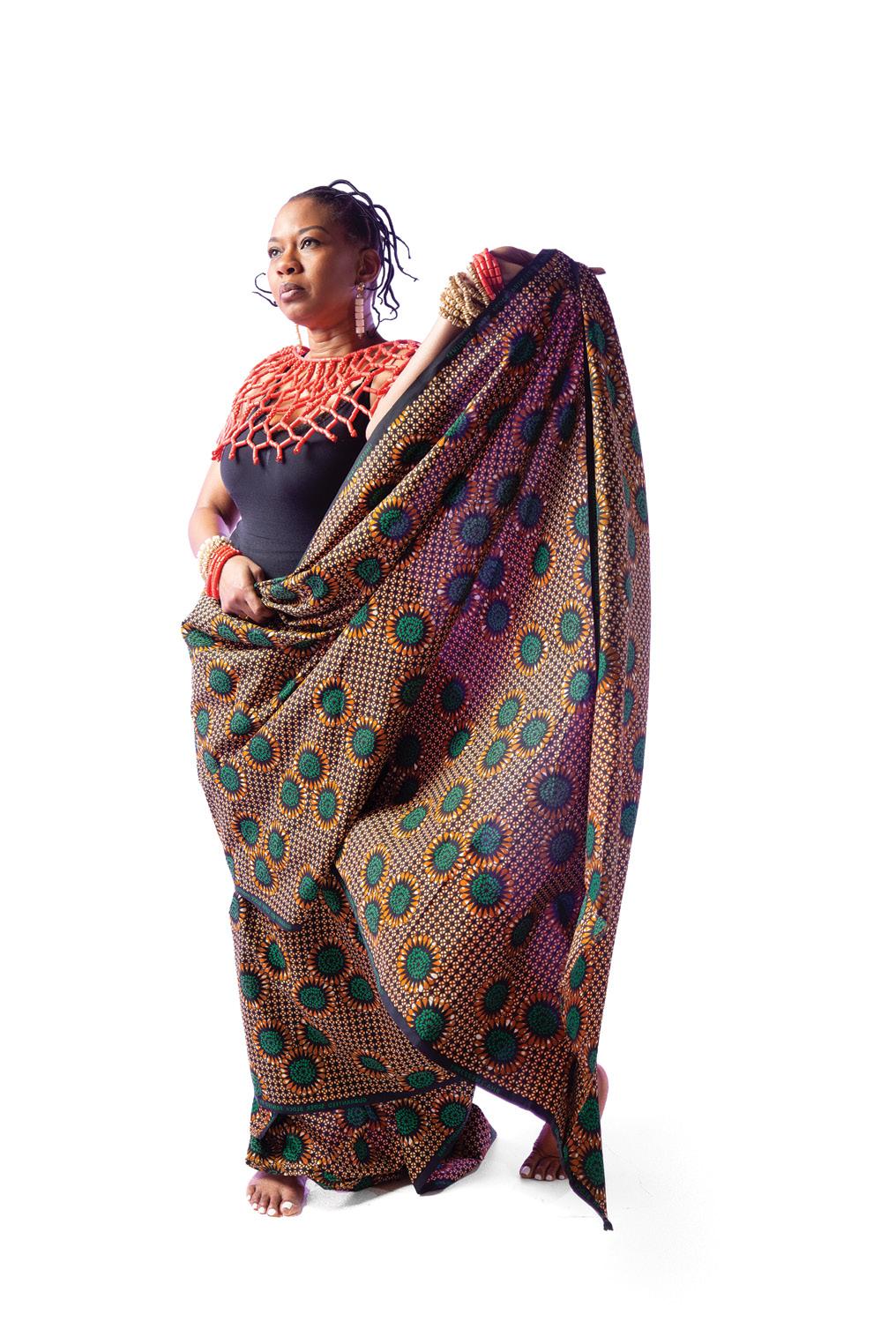
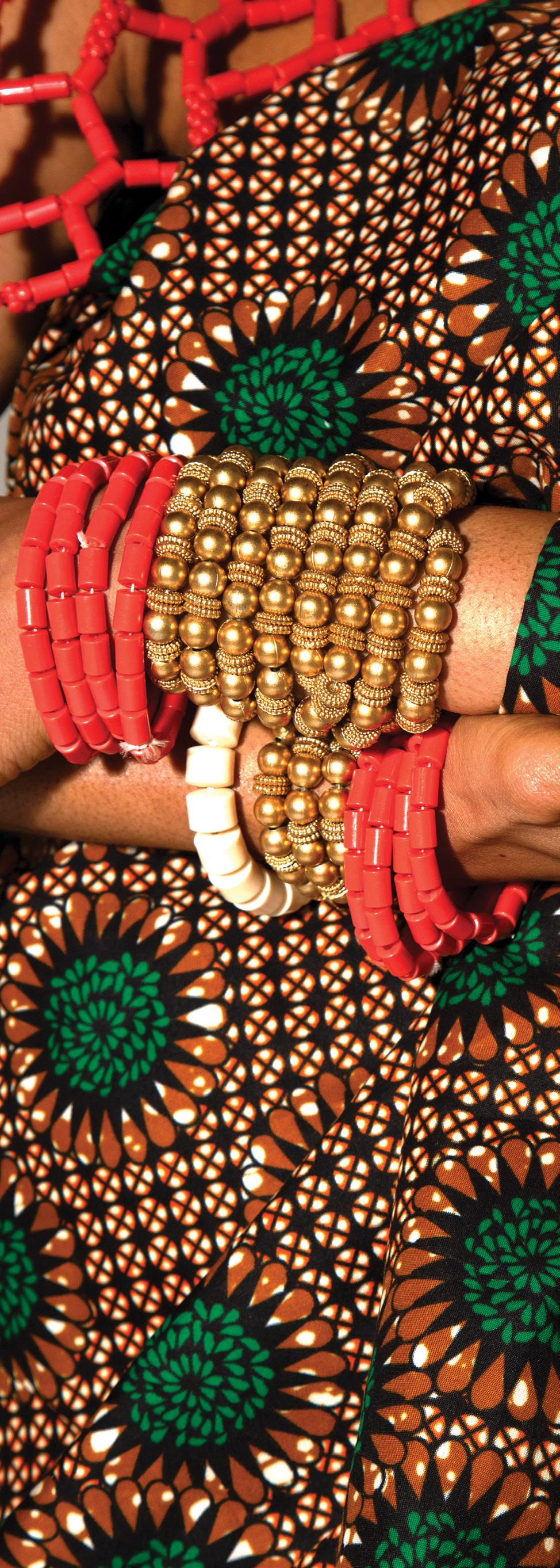

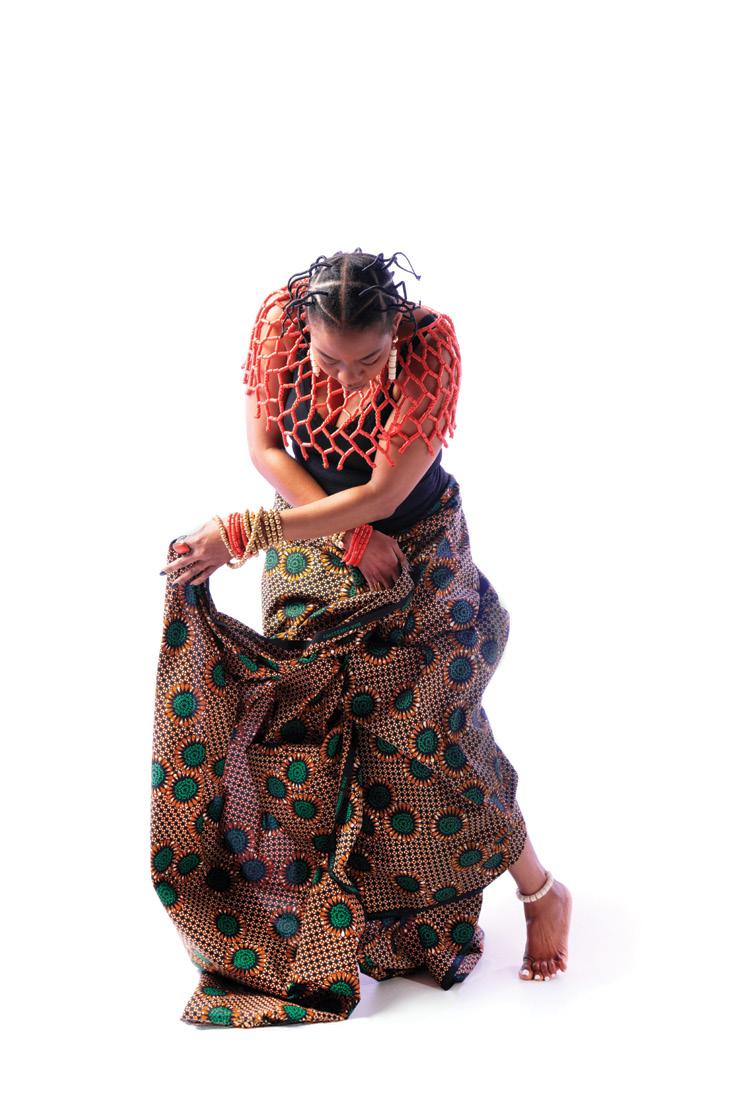
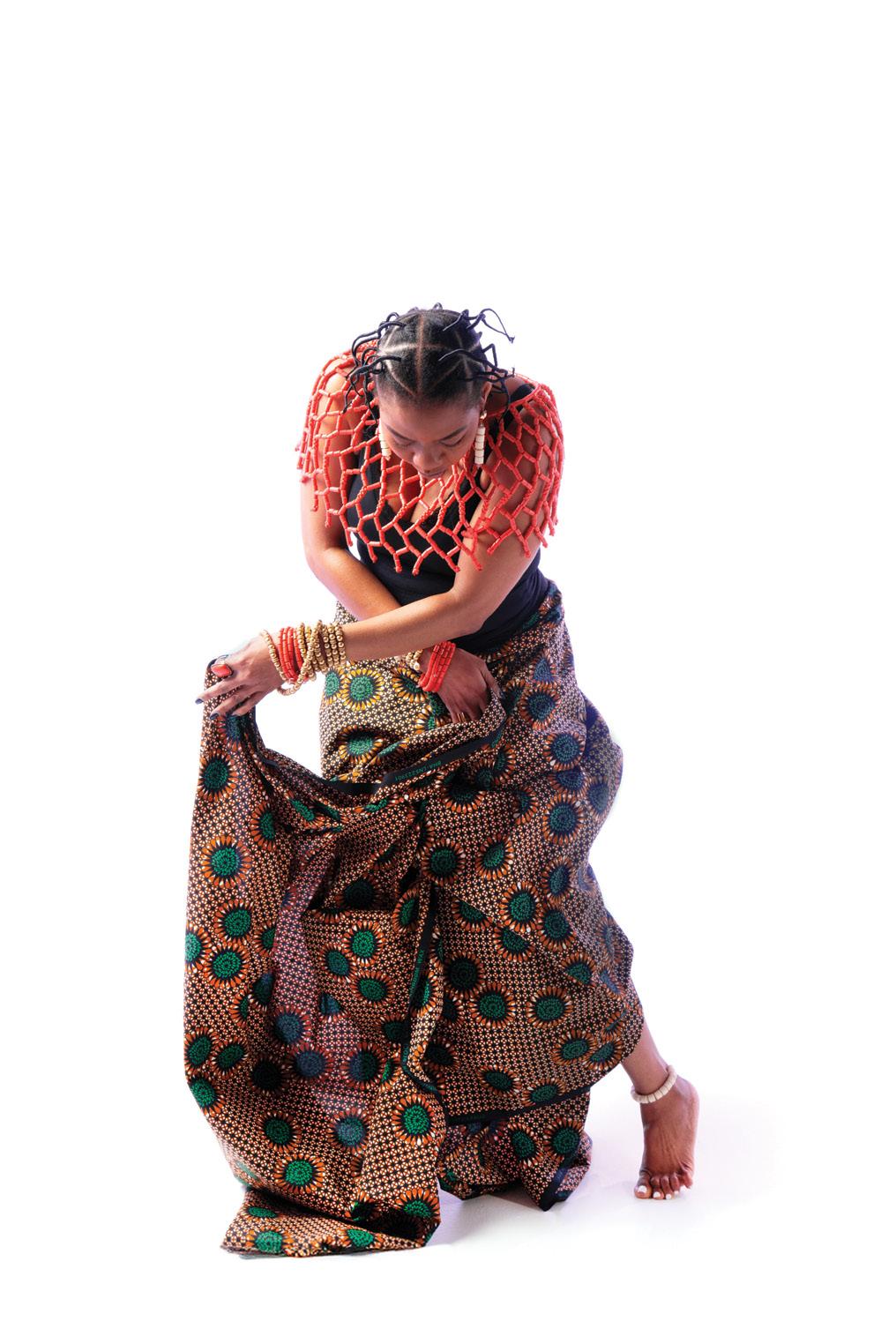
Becca White
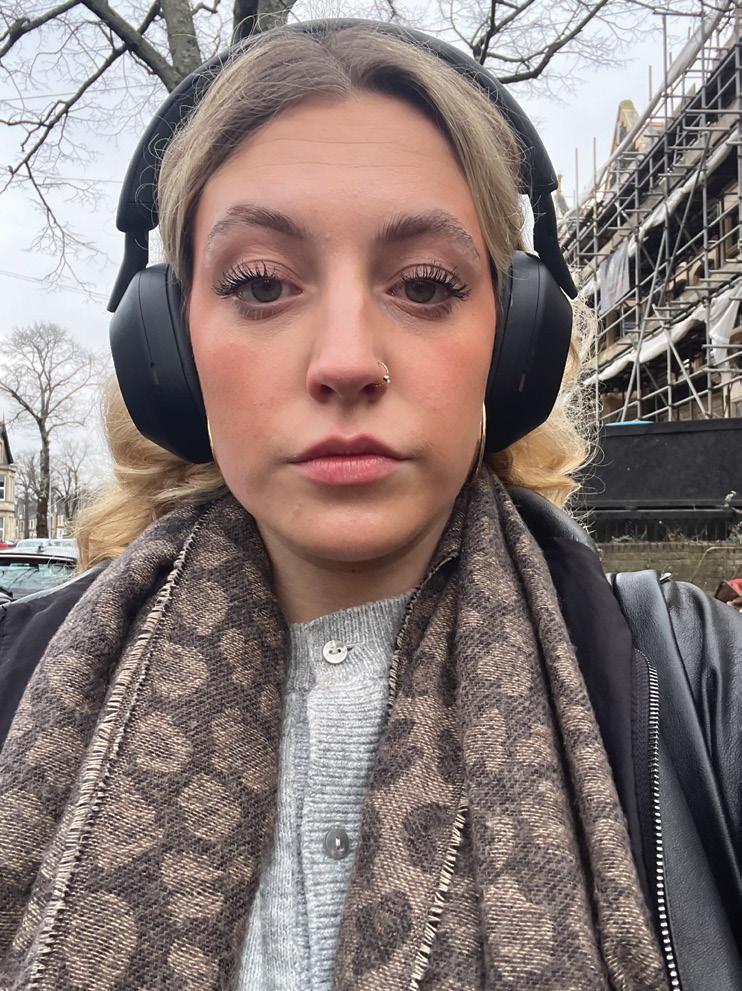
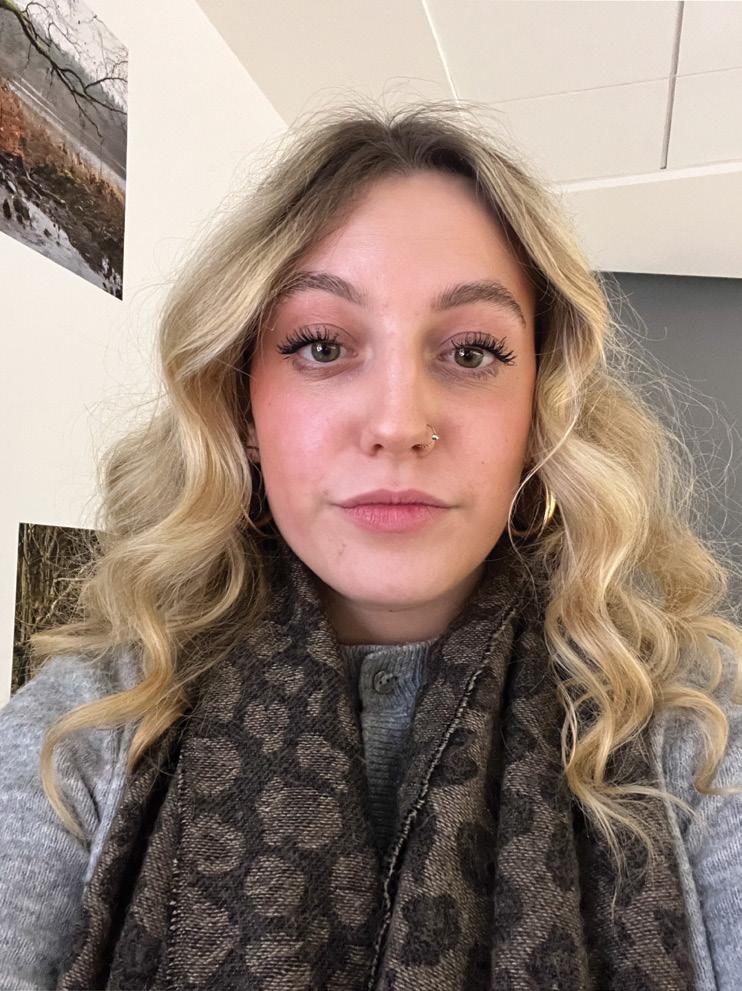
This morning, I woke to yet another man on a podcast claiming women should be stay-at-home wives to please men, just what you want to hear at 8am. On my short walk to university, I was stared at twice and catcalled once objectified once every third of a mile. To them, I am an object (noun); to me, they are the reason I object (verb).
Objectifying women has always been on trend, but more ubiquitous than
ever with our online tools, emboldening many to express misogyny without consequence. Sexism is everywhere subtle, persistent, and always one iPhone away.
These images are not staged—they’re responses, spontaneous yet deliberate, capturing the quiet exhaustion of living in a culture where we were told we’d won the gender battle, but the war still rages on.
Becca White

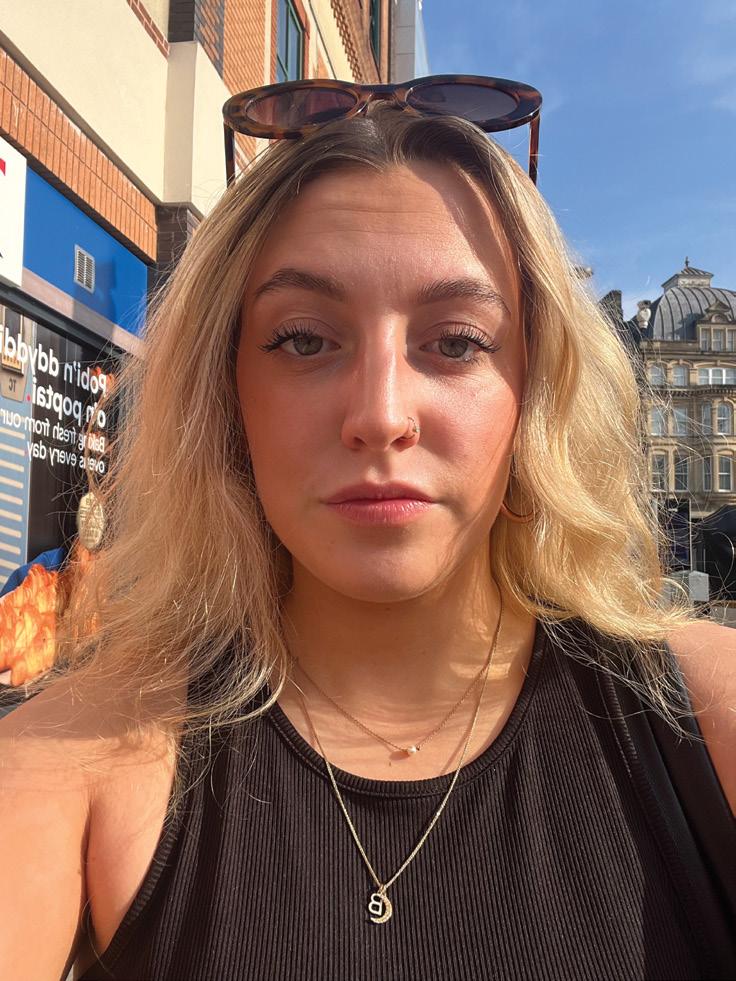
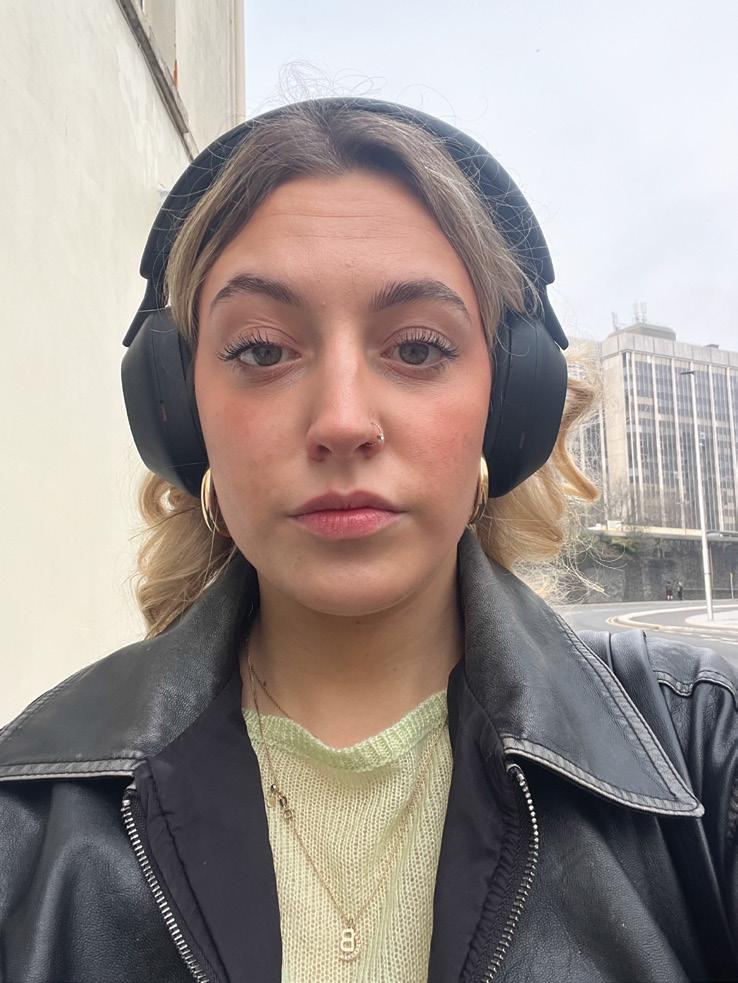
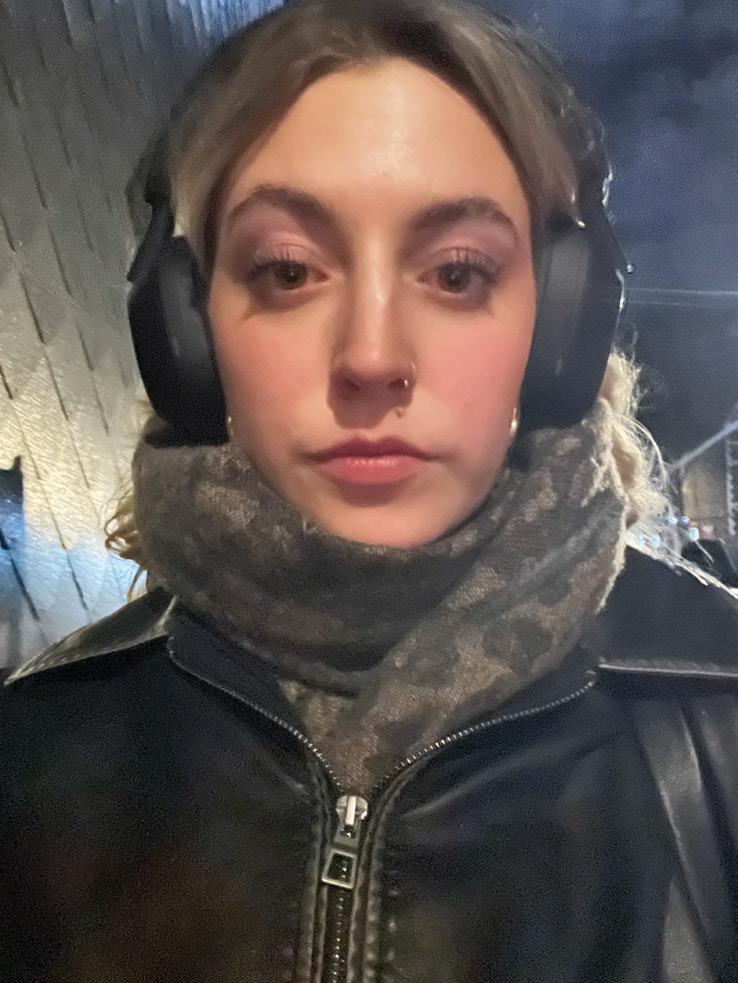

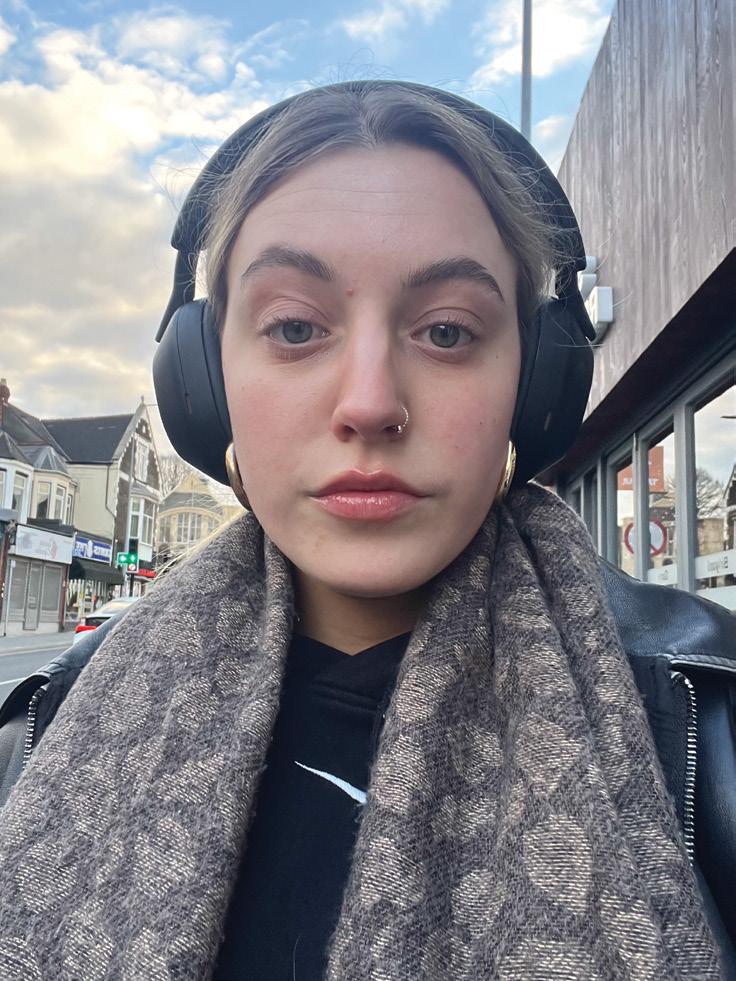

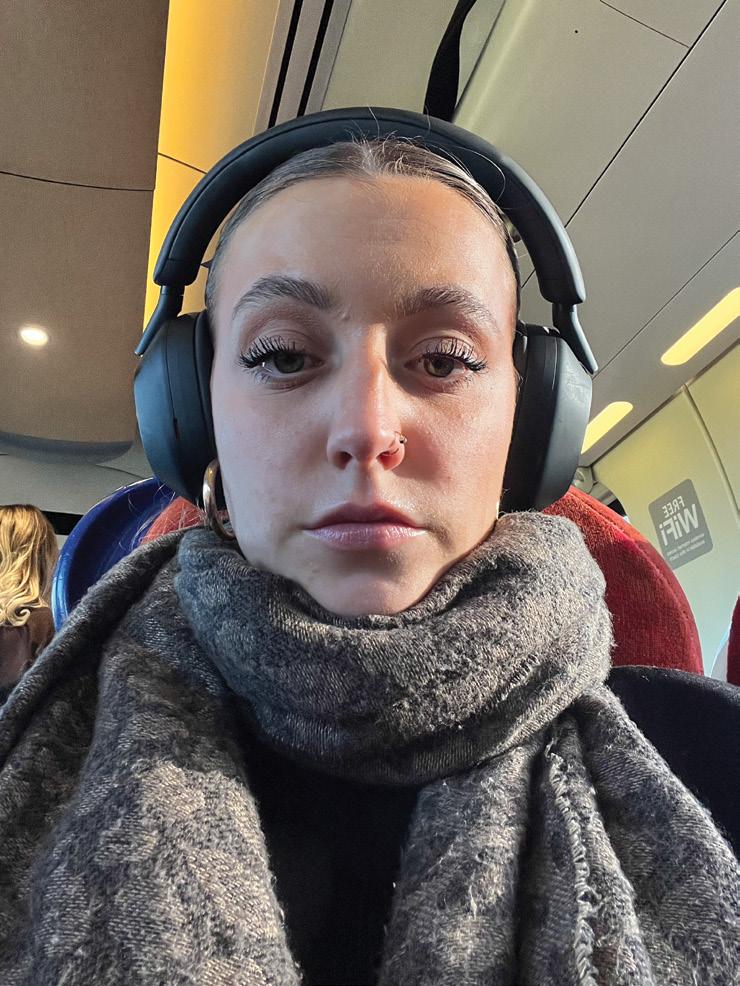
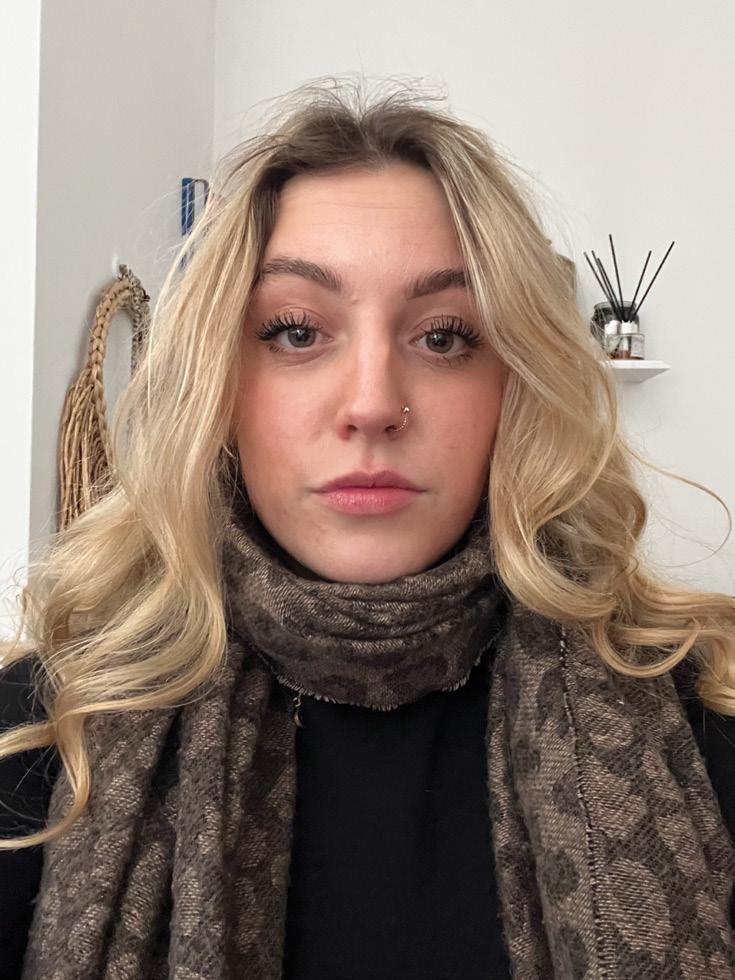


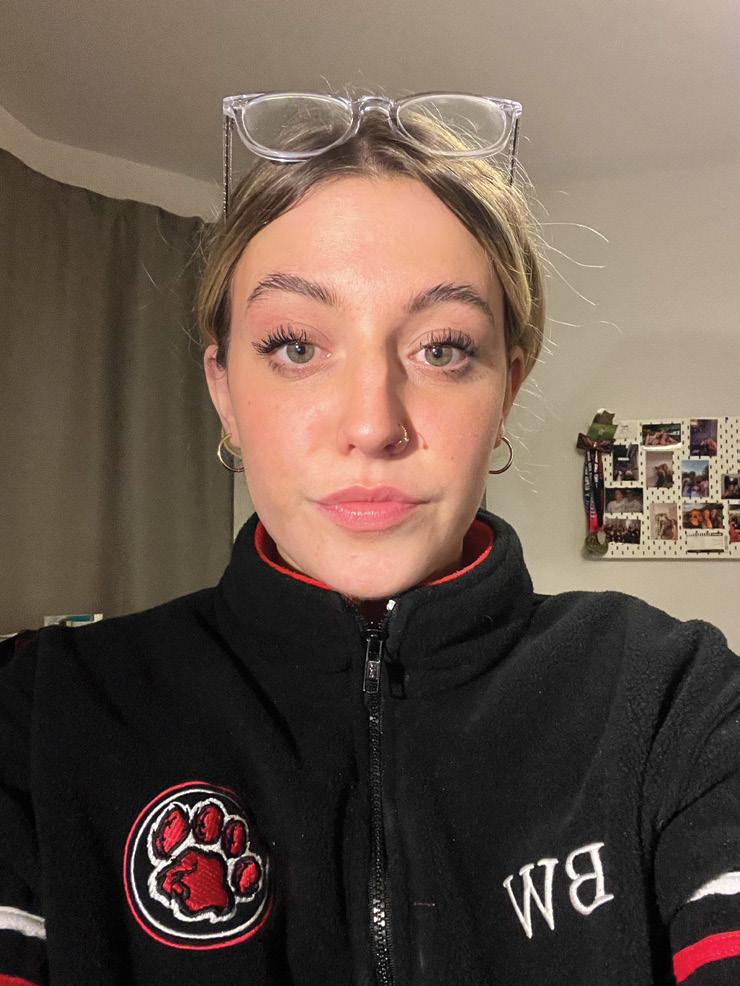
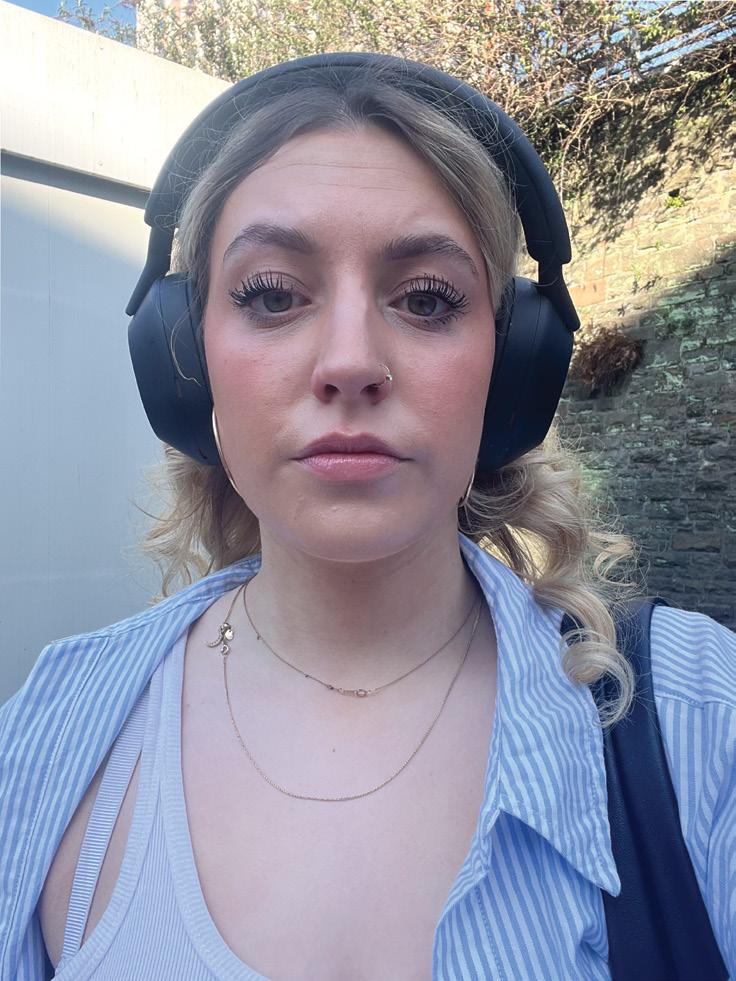


50 08/03/25 - sexist conversation
51 09/03/25 - catcalled
52 10/03/25 - stared at
53 11/03/25 - stared at
54 11/03/25 - catcalled
55 14/03/25 - catcalled
56 14/03/25 - flirted at
57 15/03/25 - touched
58 17/03/25 - sexist joke
59 17/03/25 - sexist joke
60 18/03/25 - groped
61 18/03/25 - mansplained
62 19/03/25 - flashed
63 22/03/25 - grabbed
64 22/03/25 - sexist joke
65 22/03/25 - sexist joke
66 24/03/25 - stared at
Kieran Carl


Growing up as a skinny white boy from the Valleys, neither my friends nor I looked anything like the type of men depicted within advertising in magazines and on social media. My work mirrors the brand but strips away the editorial and excess to isolate these ‘ordinary looking’ men who don’t usually appear in its pages. These everyday men, lifted from within the backdrop of high-fashion settings and photo manipulation, take centre stage in scenarios
typically reserved for ‘ideal’ models, challenging viewers to reconsider their perceptions of sex appeal, power, and identity. This project encourages a conversation with its audience about what is defined as masculine and why certain body types are sexualised in ways others are not. My project aims to remind both male and female audiences that masculinity within advertising is manufactured, and not a representation of all men, only the idealised few.
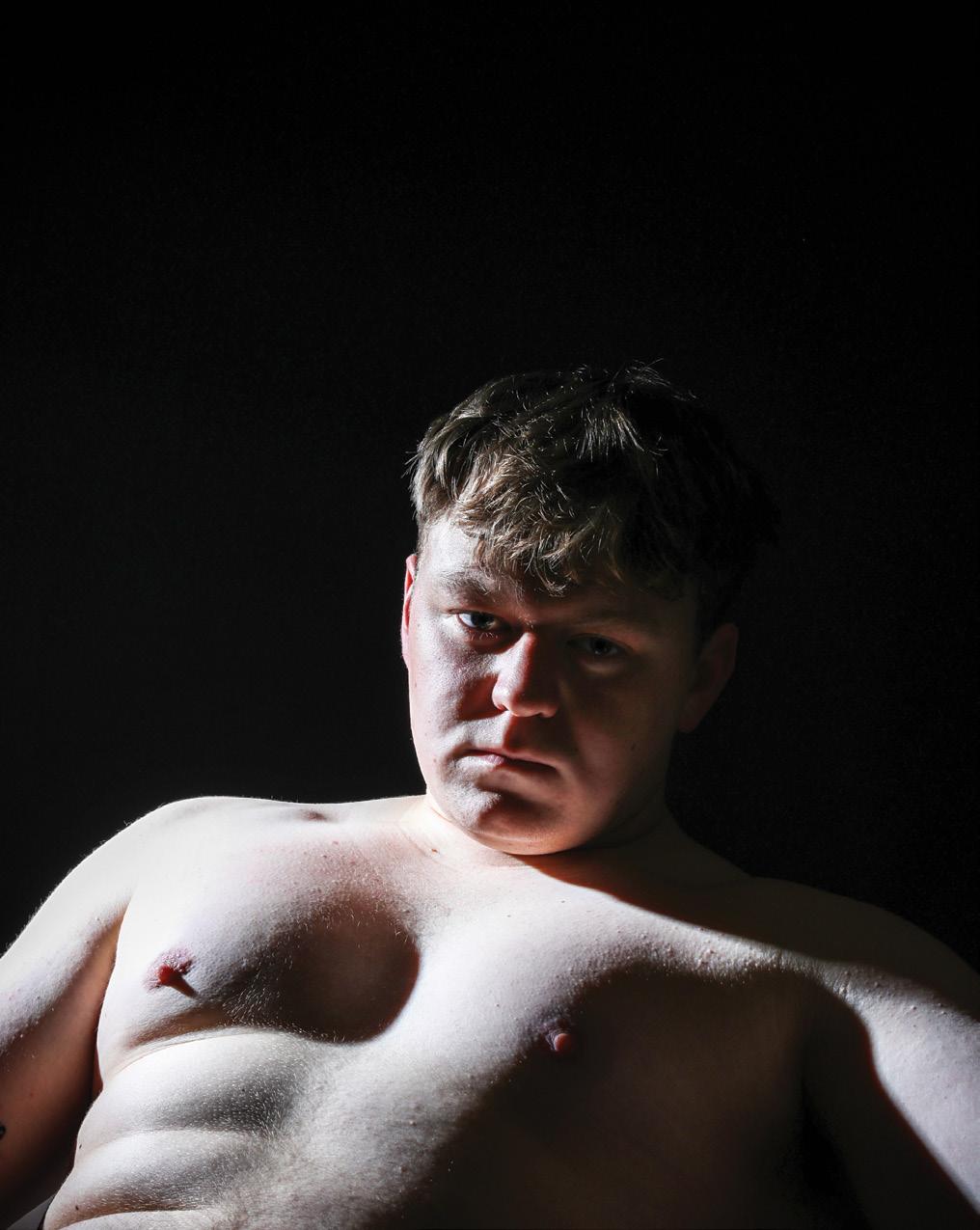
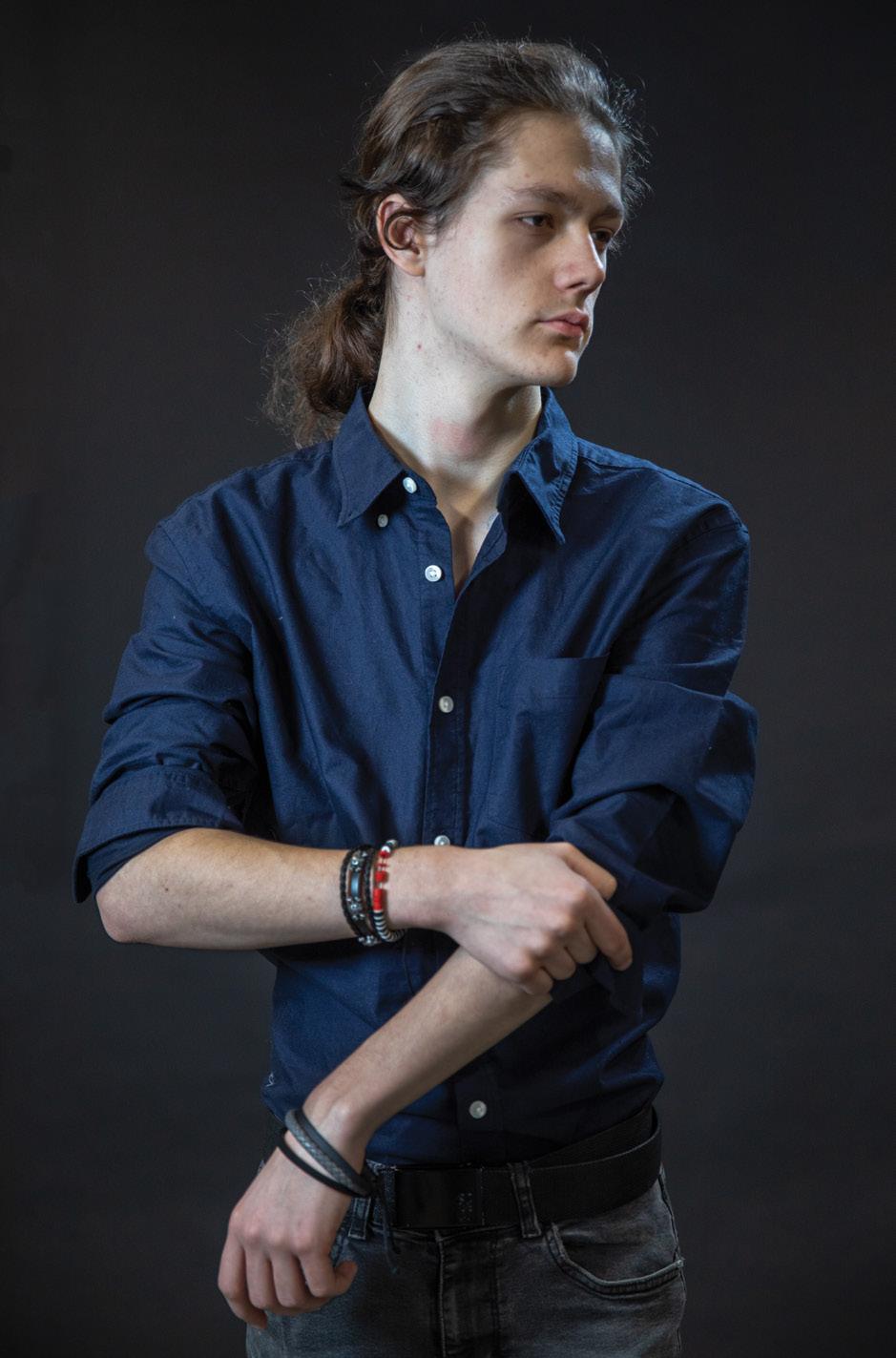
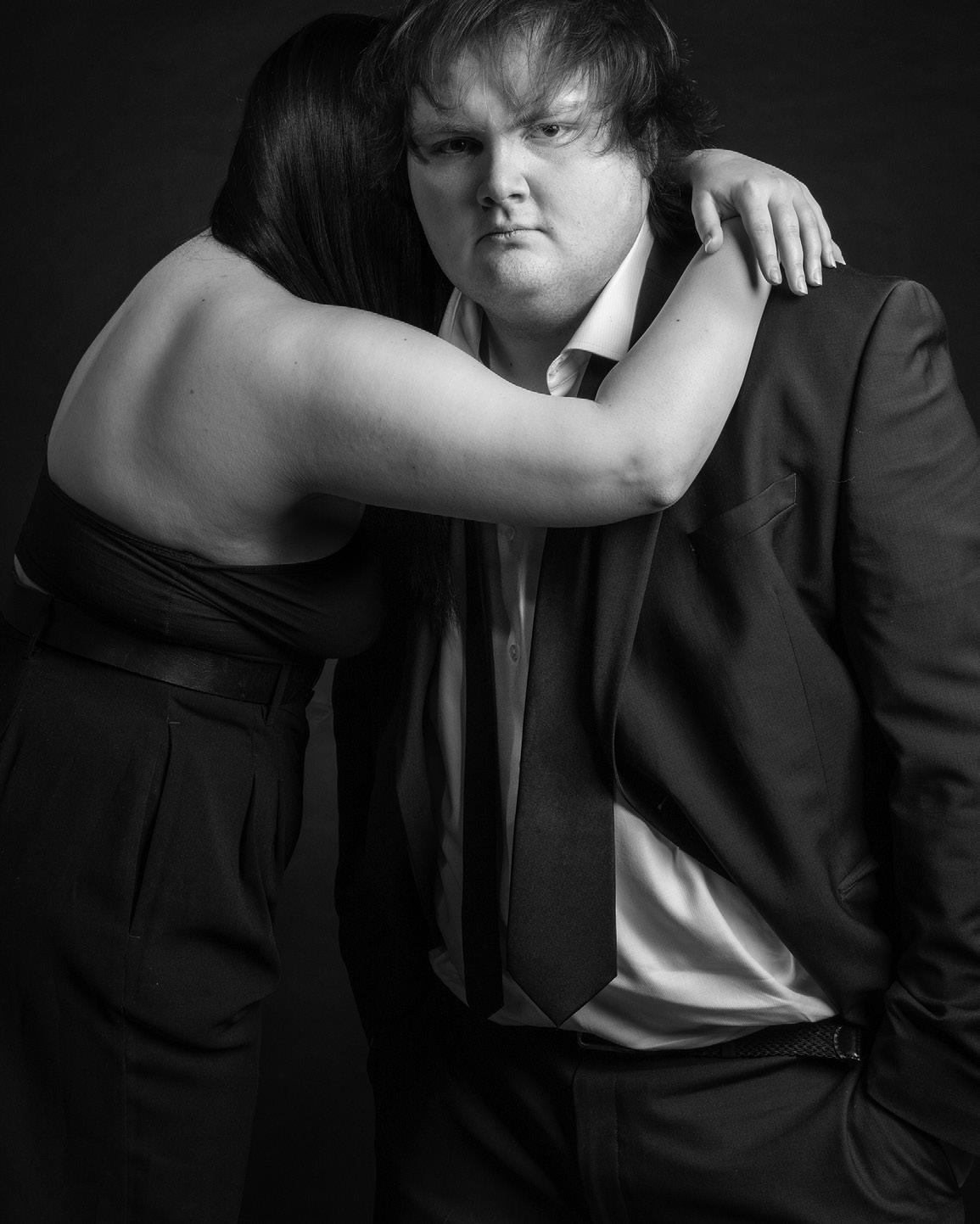
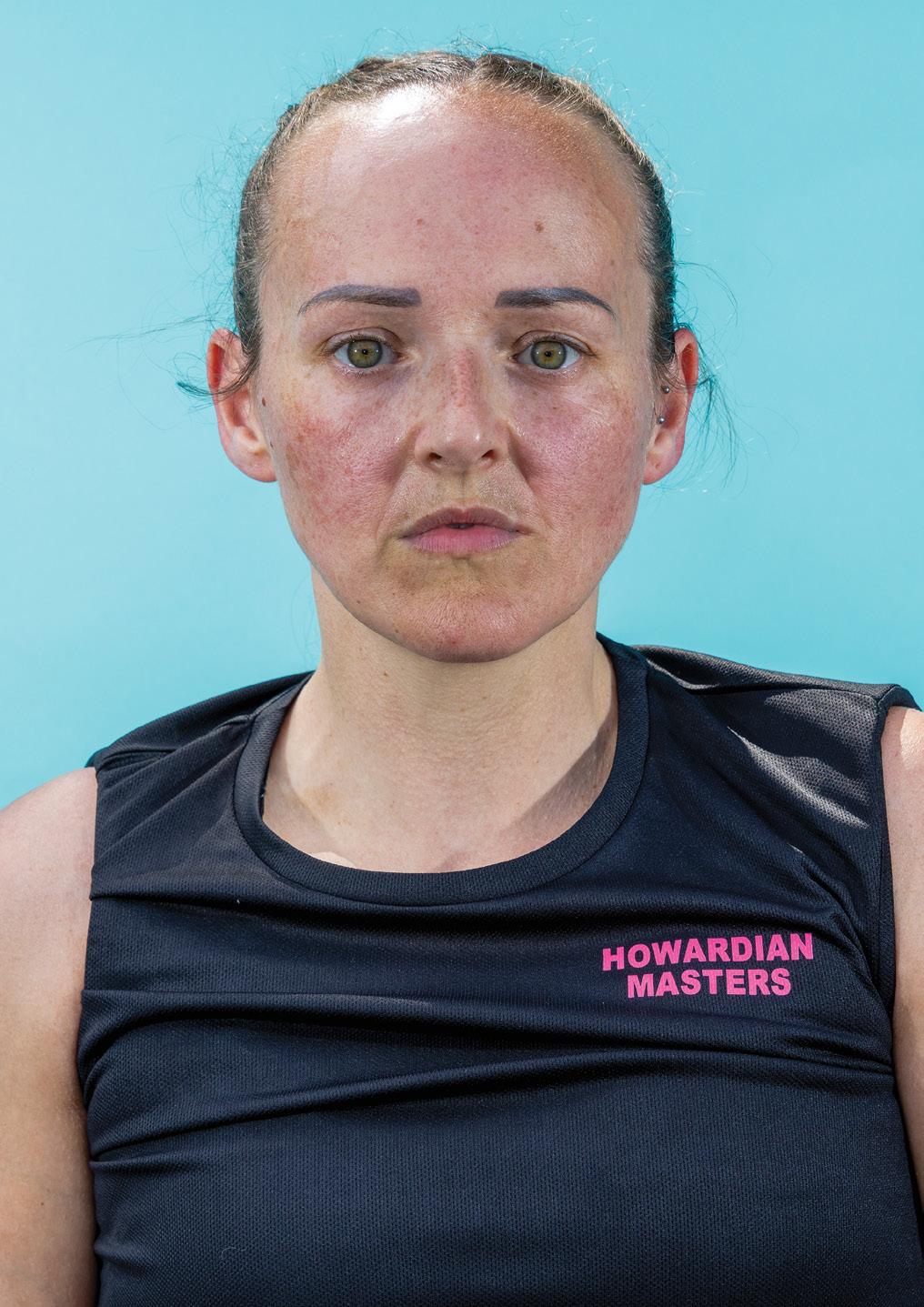
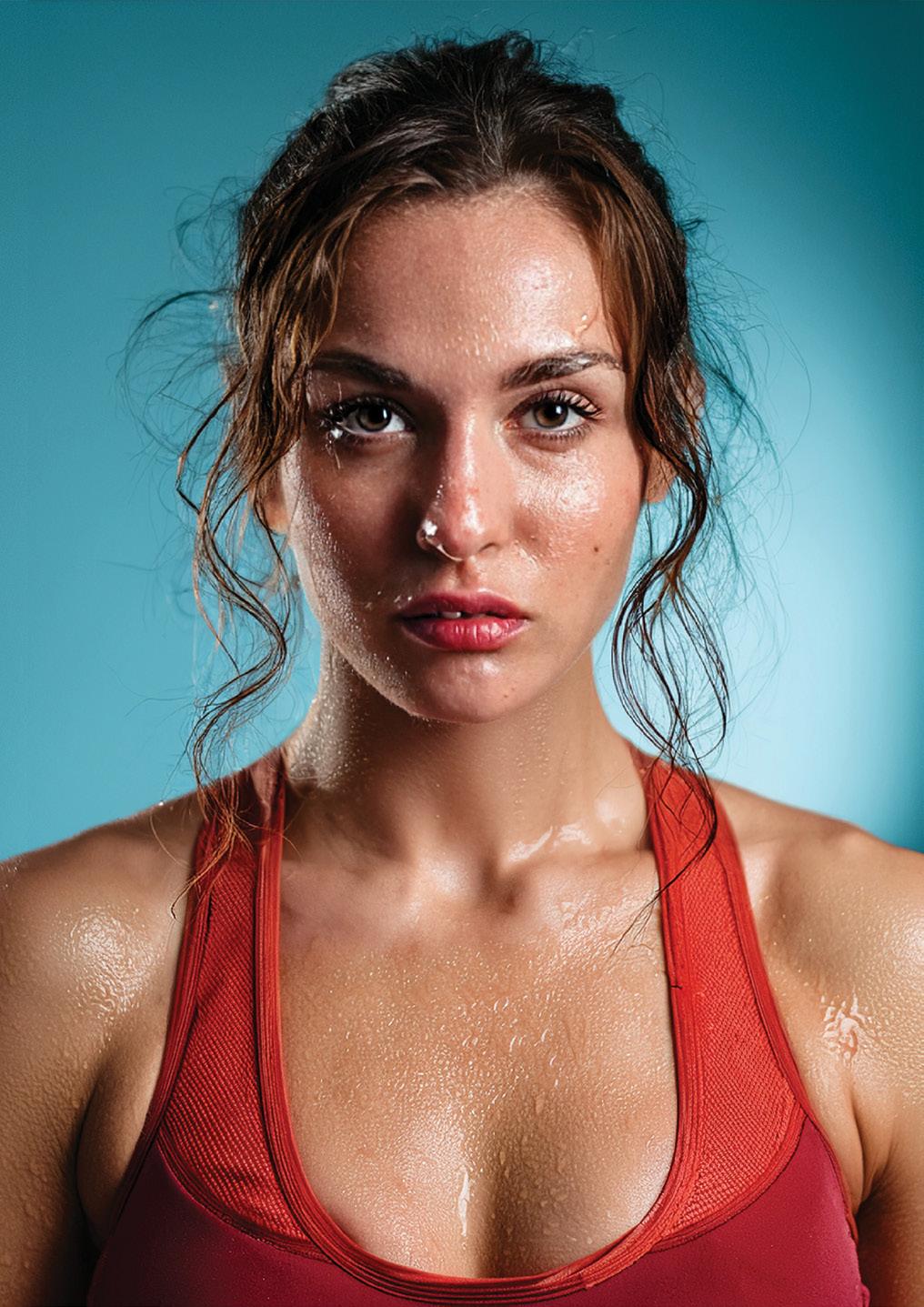
A woman that has just played sport, looking sweaty on their face and body

A middle-aged woman looking sweaty having played sport
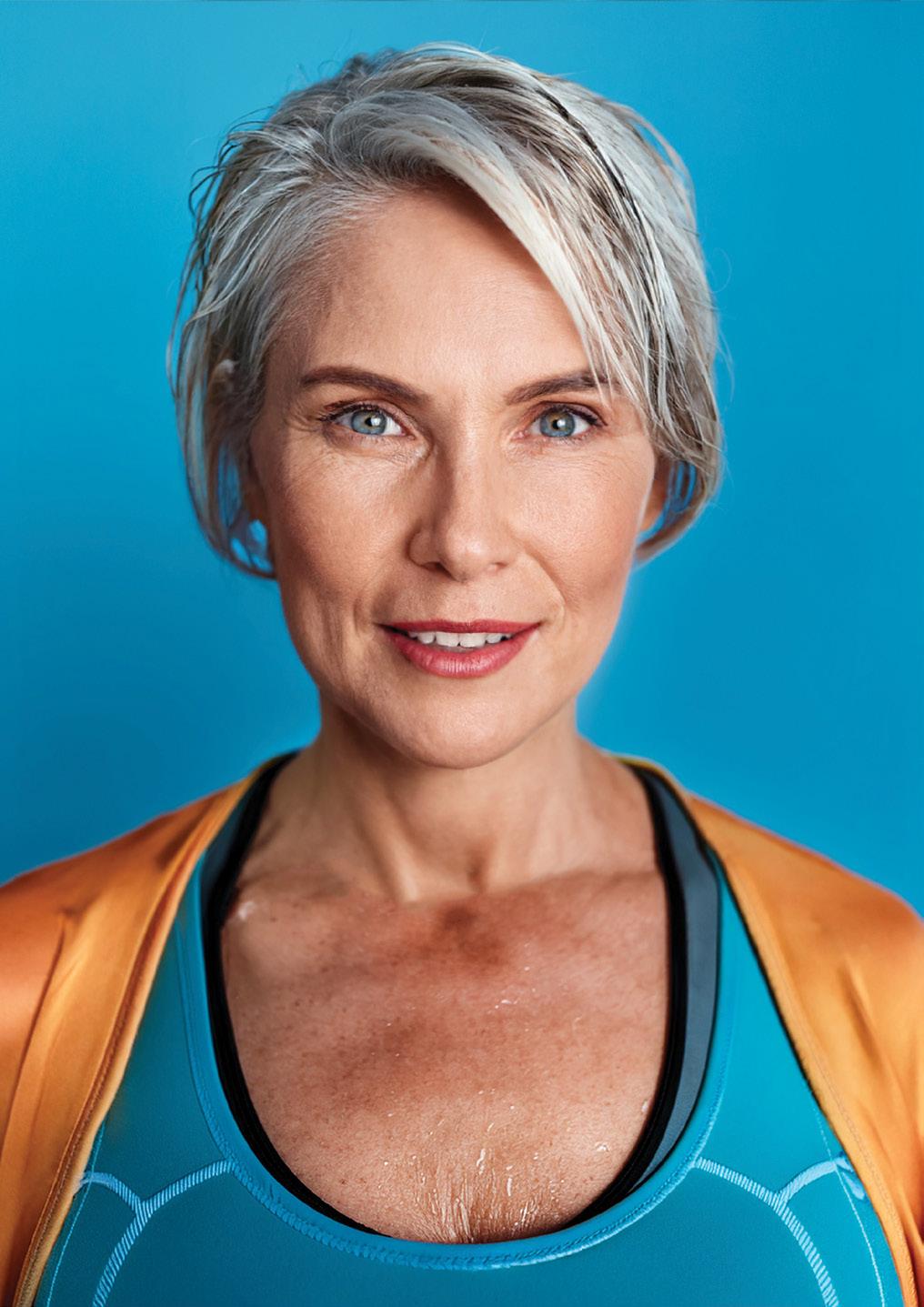
A middle-aged woman looking sweaty having played sport
Challenging the Algorithm aims to explore how women in sport are represented—or more often underrepresented—in the mainstream media, advertising, and social media platforms. Whilst physical features of exertion are natural, its portrayal is often gendered.
Male athletes are celebrated for their gritty, sweat drenched appearance, yet female athletes are pictured in a polished, ‘aesthetic’, way. This not only distorts public perceptions of women in sport but also mirrors a broader cultural discomfort with the effort, strength
and exertion of women more generally. This project aims to challenge what’s everywhere pervasive in our visual landscape: idealized, filtered images, amplified by AI; and to contrast this with the raw authentic appearance of real, unedited women in an athletic context.
Physical exertion is not something that women need to hide or be ashamed of, but rather take pride in, as a symbol of their power, perseverance, and achievement for women in sport.
Claudia Lewis
GRWM critiques the influence of beauty content creators on platforms like TikTok and YouTube, where makeup tutorials and product hauls target young female audiences. This work questions the authenticity of influencers and exposes how their content often includes hidden advertisements, partnering with companies that pay young content creators for promotion. Replicating real ‘get ready with me’ videos by mimicking
expressions and exaggerating beauty techniques, the work addresses the pressure on young girls to overconsume, perform and conform to unrealistic beauty standards. I aim to comedically dramatize the excessive use of products and motivate young women to question their own routines and attitudes towards the ‘advice’ of online influencers.
Claudia Lewis
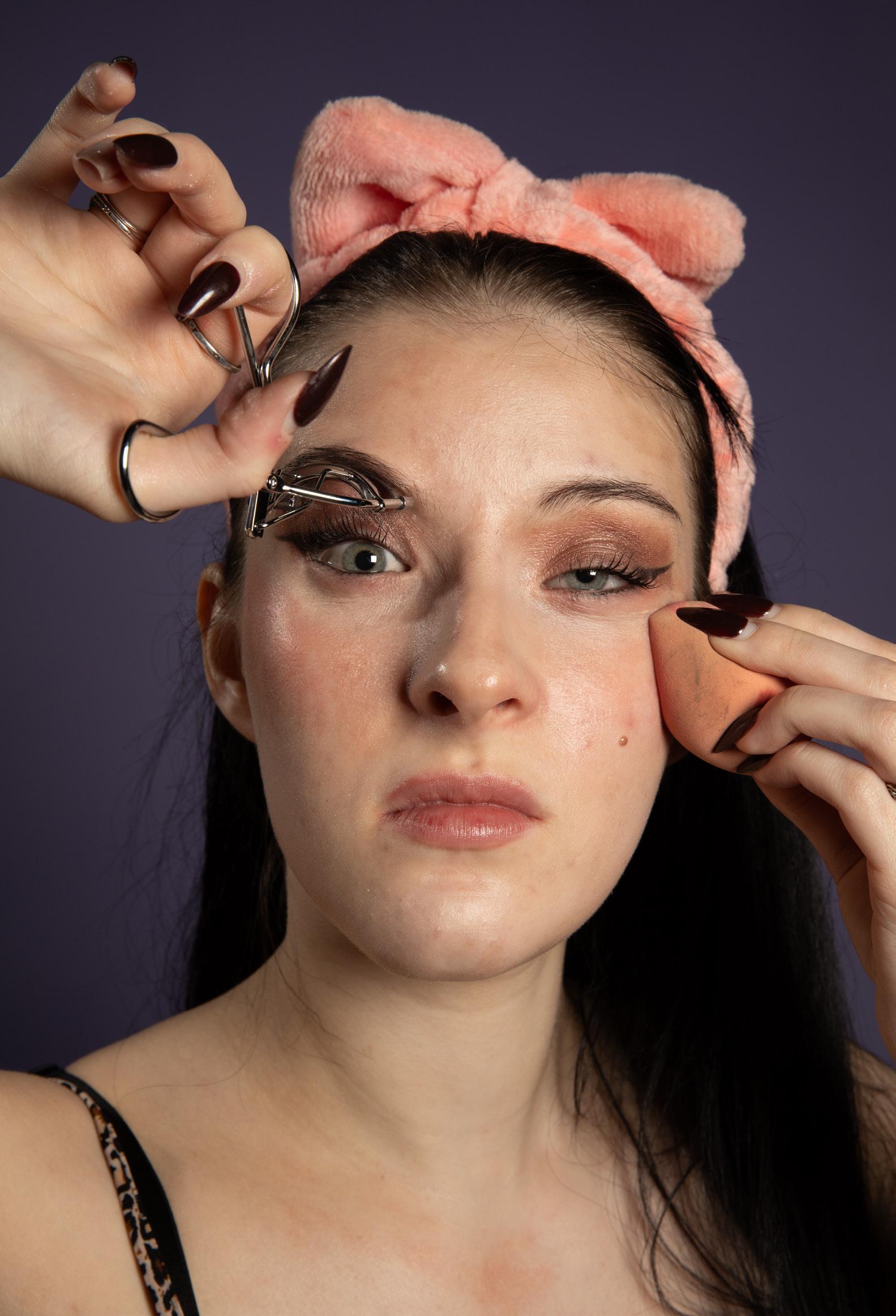
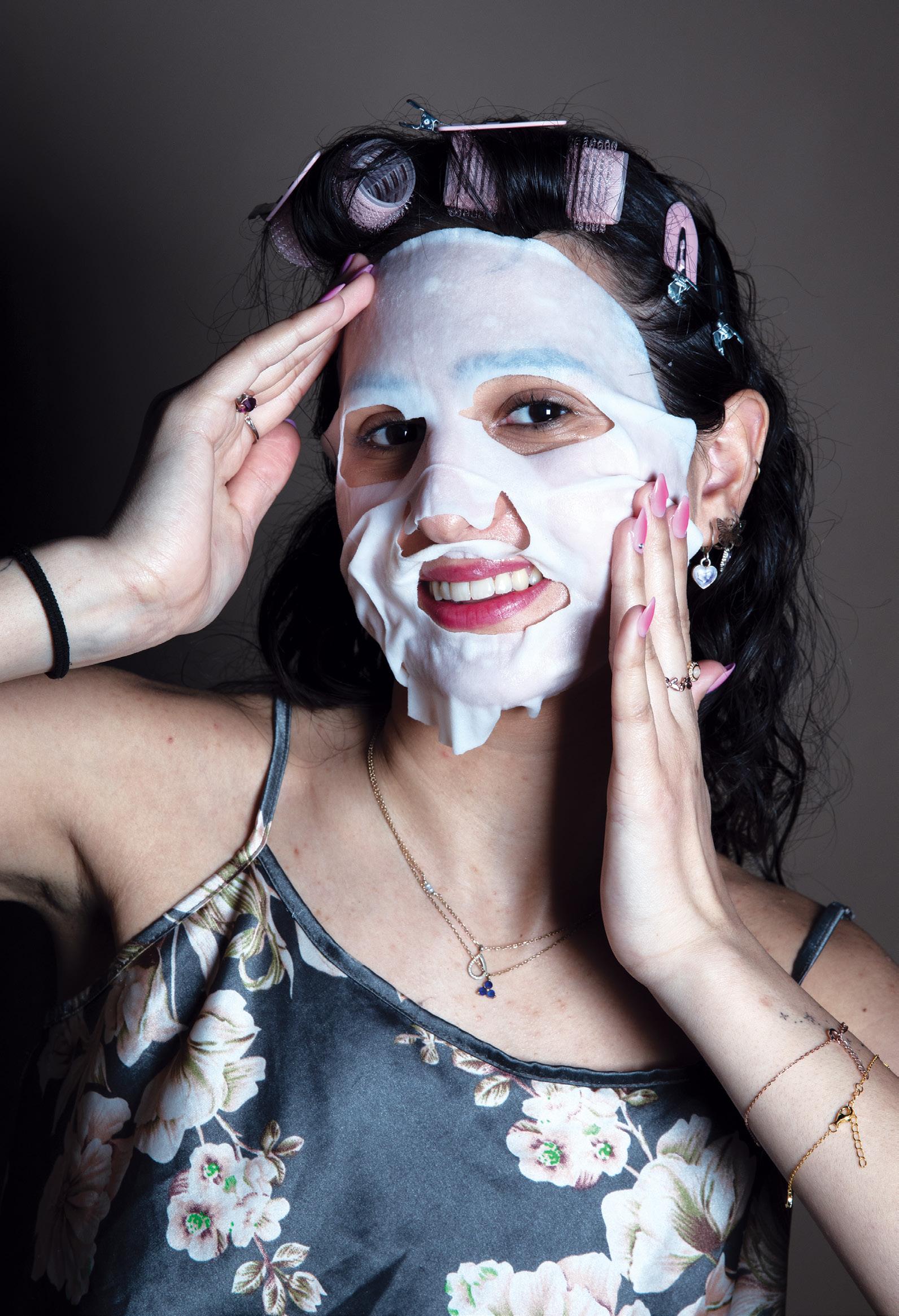
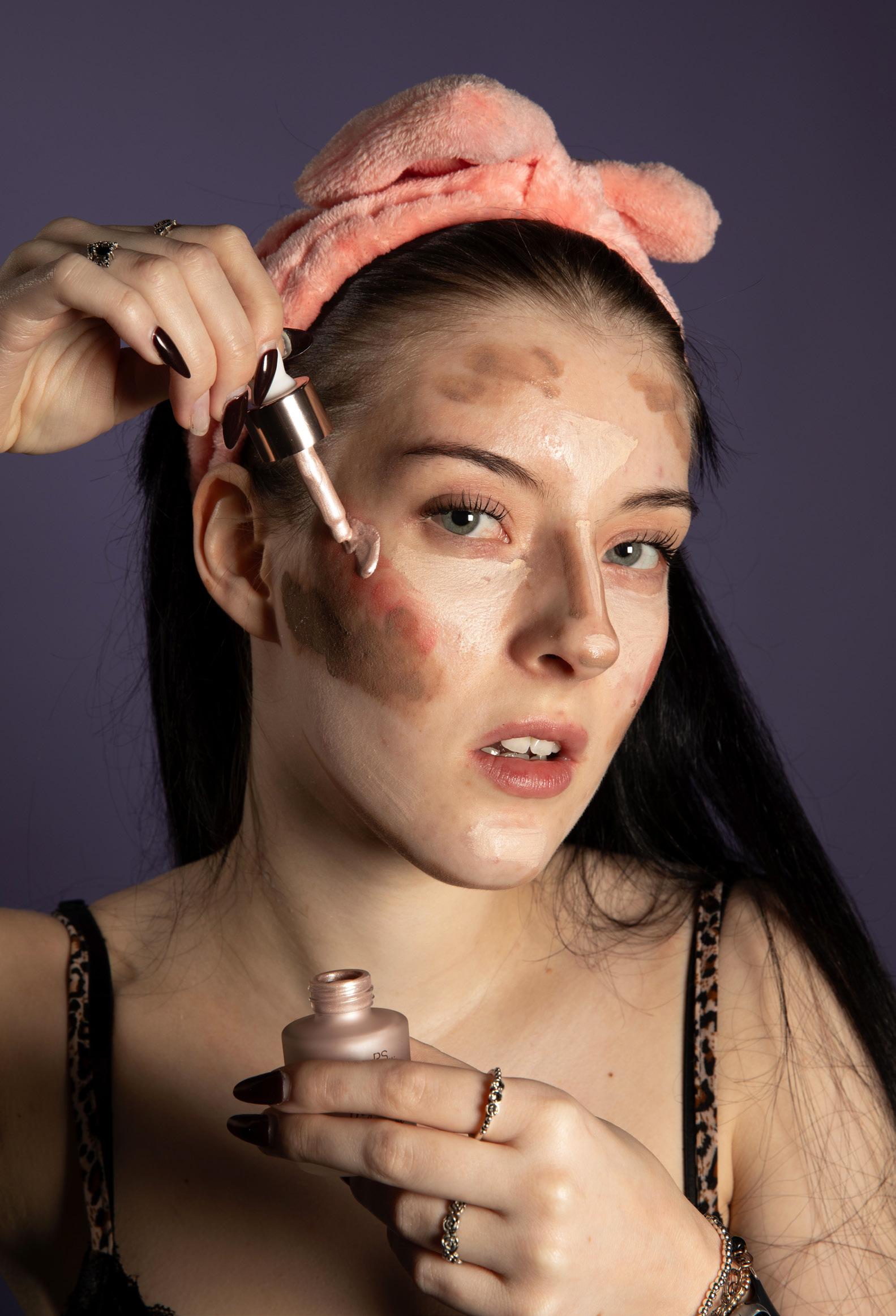
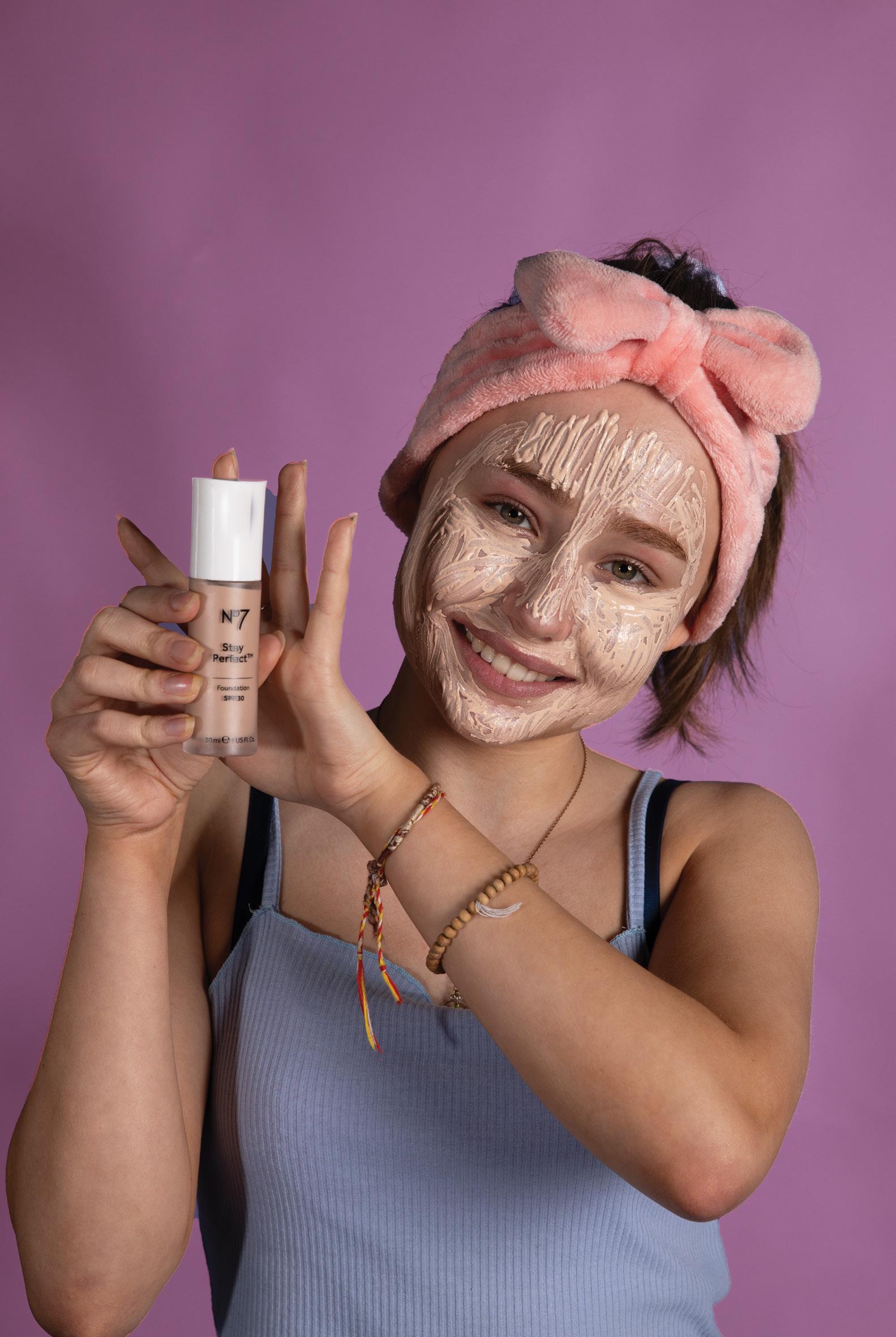
Nadine Johnstone

The physical interactions, the facial expressions, and psychological pressures that are exchanged between athletes tell us a story of connection, determination, teamwork, and mental strength. Sport is so much more than physical activity—it is a powerful reflection and projection of identity, community, resilience, and emotion.
These images are not necessarily what you might expect from sports photography, focusing as they do on expression and movement, isolating key moments and body parts intertwined in action. There’s so much more to rugby and this series aims to evoke just that.
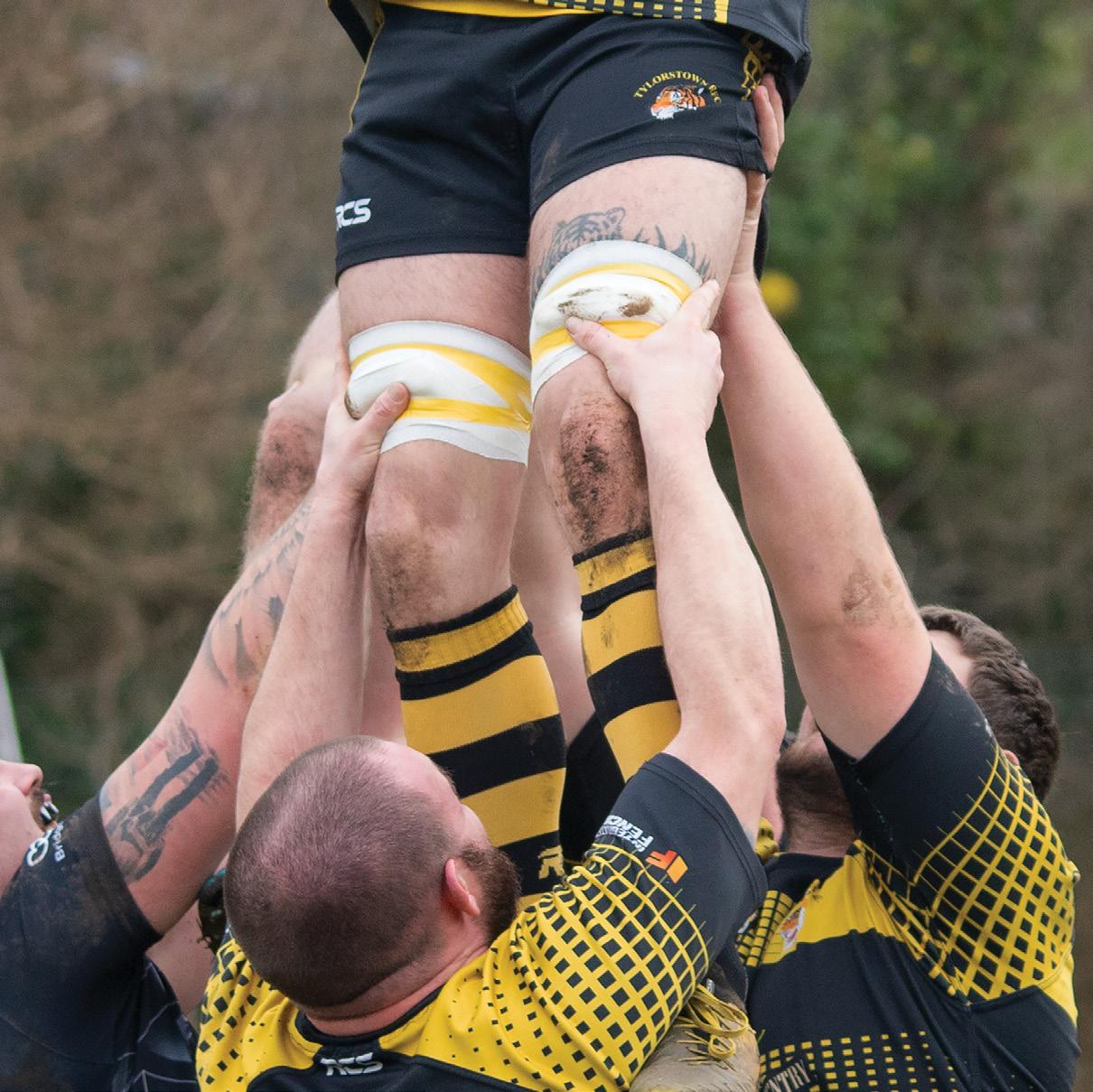
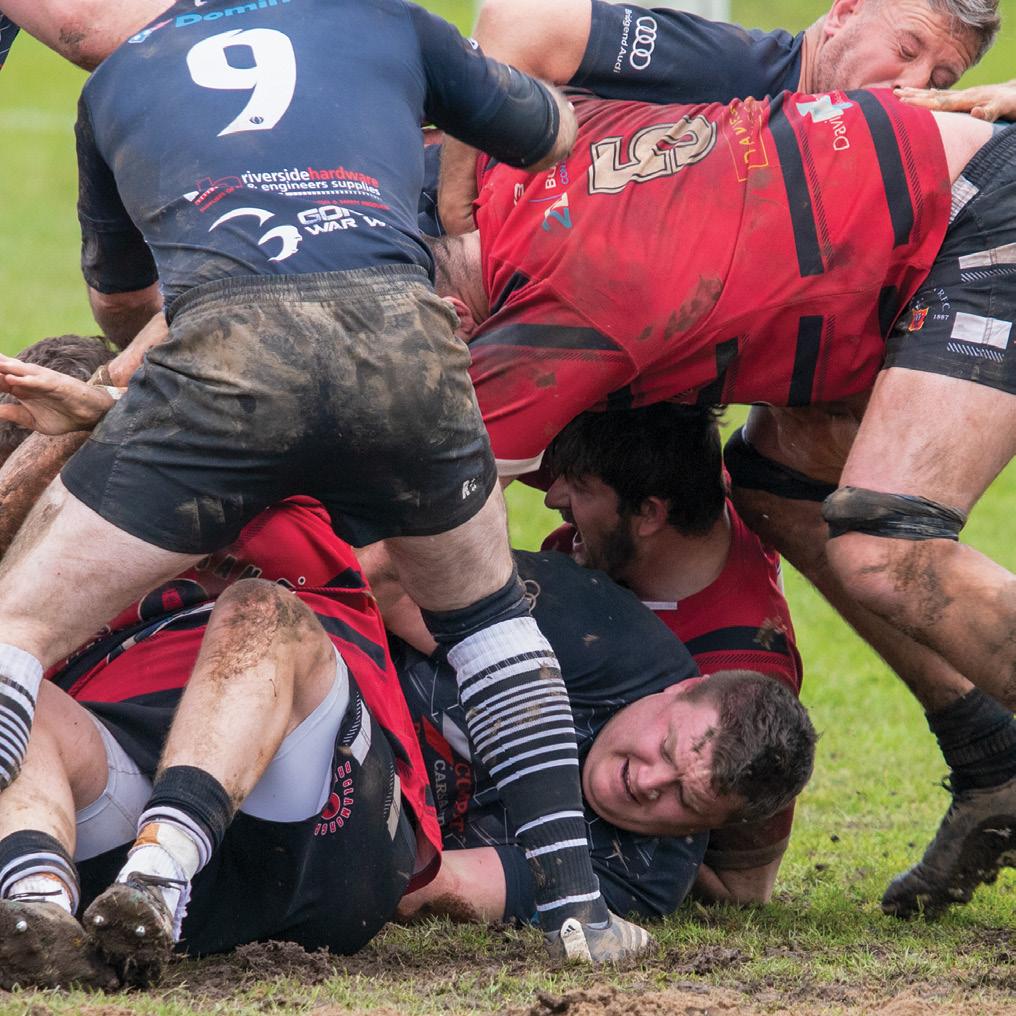
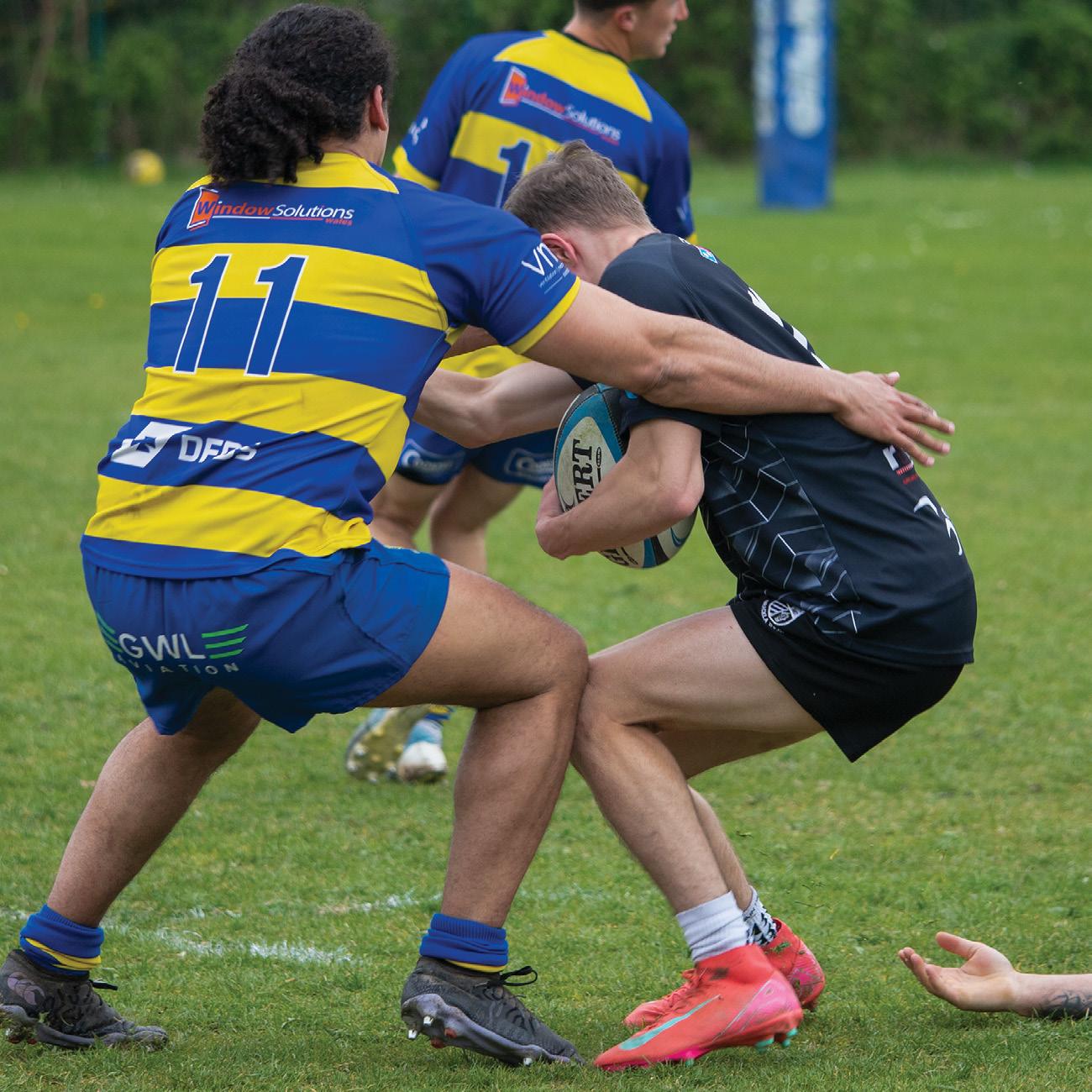
Waiting Room
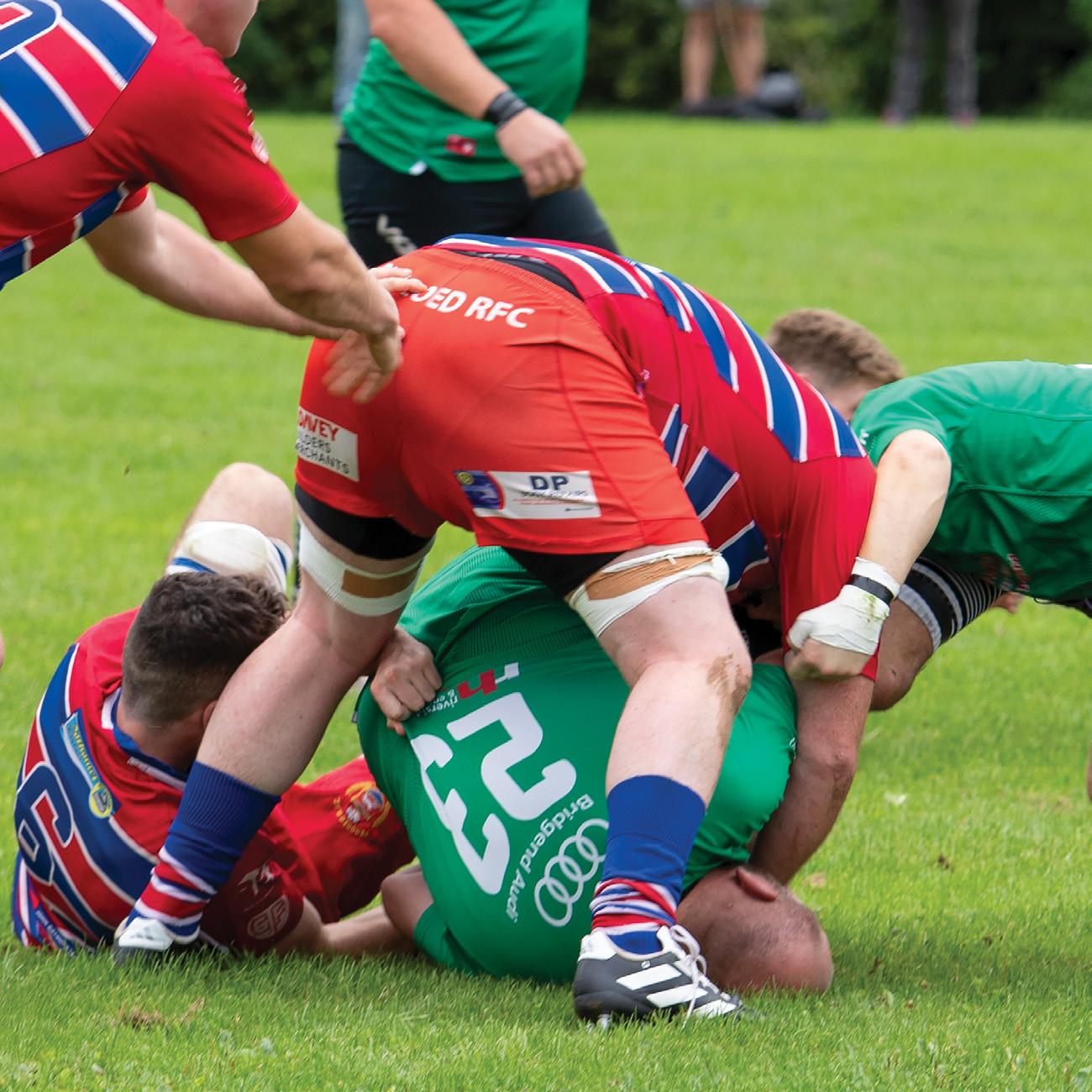
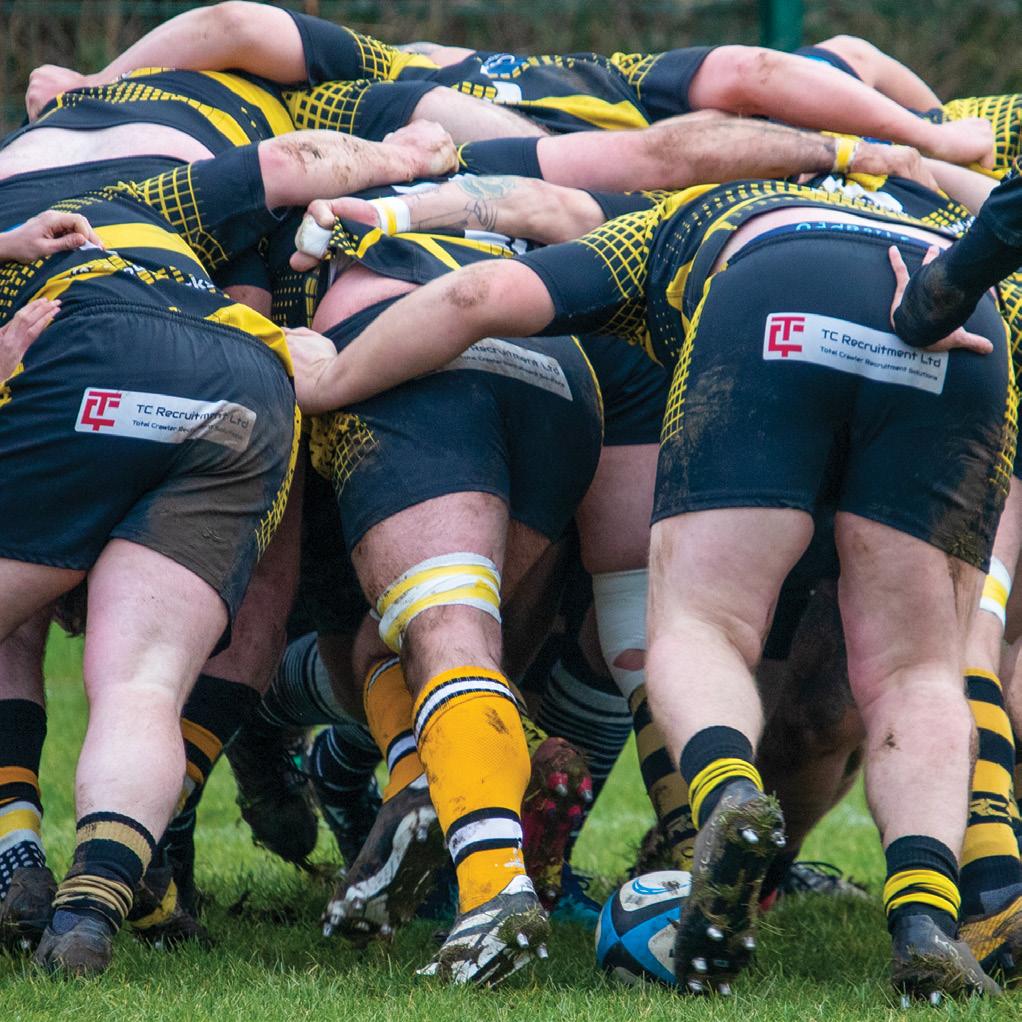
Fern Phillips
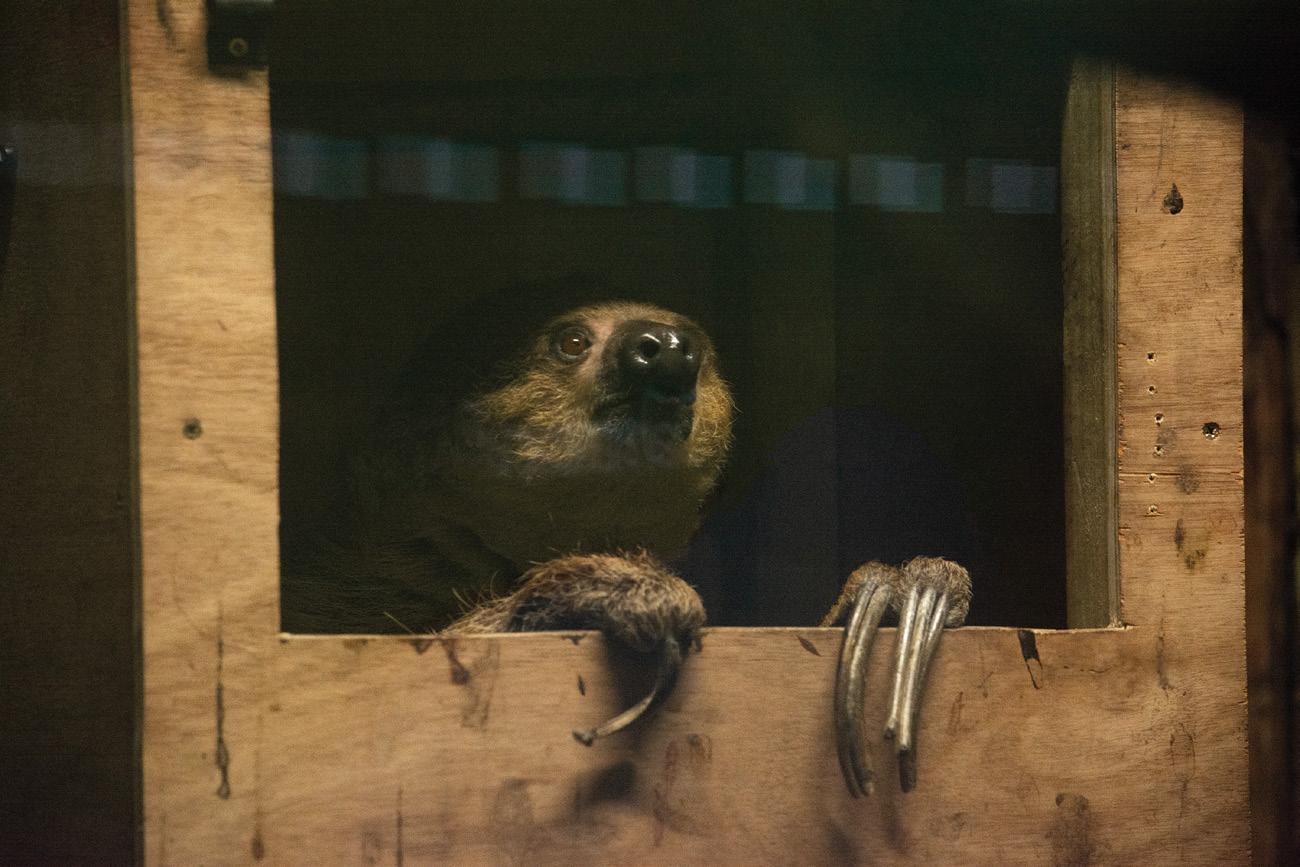
As children, many of us visit zoos. They provide education, a chance to see exotic and endangered animals, and promote conservation through their breeding programs and sustainability efforts. Zoos are also a place of controversy.
Natural contrasts the commercial and ethical value of zoo enclosures. I examine the balance between viewer entertainment in showing the animals as exotic spectacles and creating naturally rich enclosures that benefit animal welfare. The images explore this
tension—the simulation of an Asian market in a pelican enclosure questions how we celebrate these animals.
The habitats of wild animals shrink while we ‘protect’ them in tiny enclosures and gated communities. We know we love our animals, but how we love them is important. Zoos fulfil our desire to be closer to wild animals and admire their unique beauty, but this comes at a cost to the animals, as humans control every aspect of their lives.

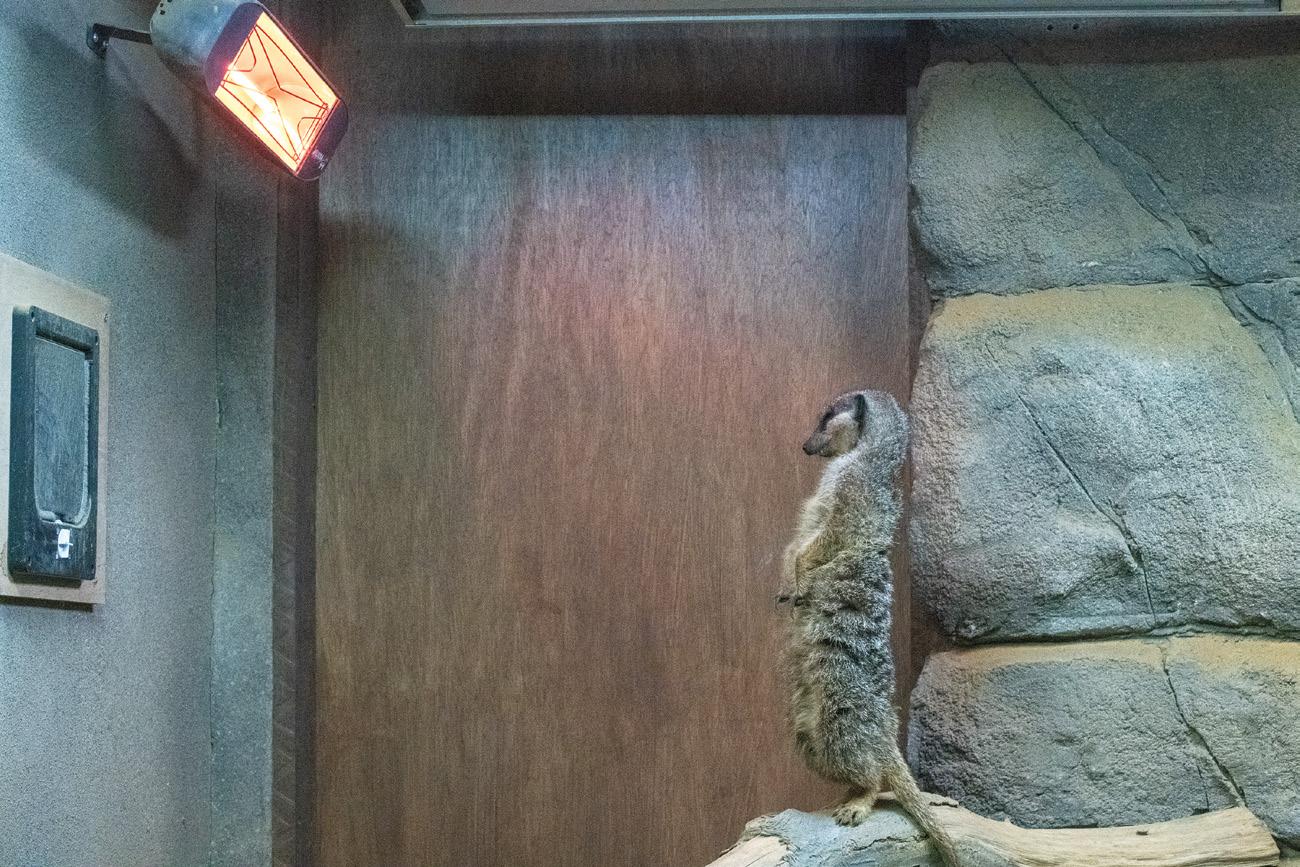

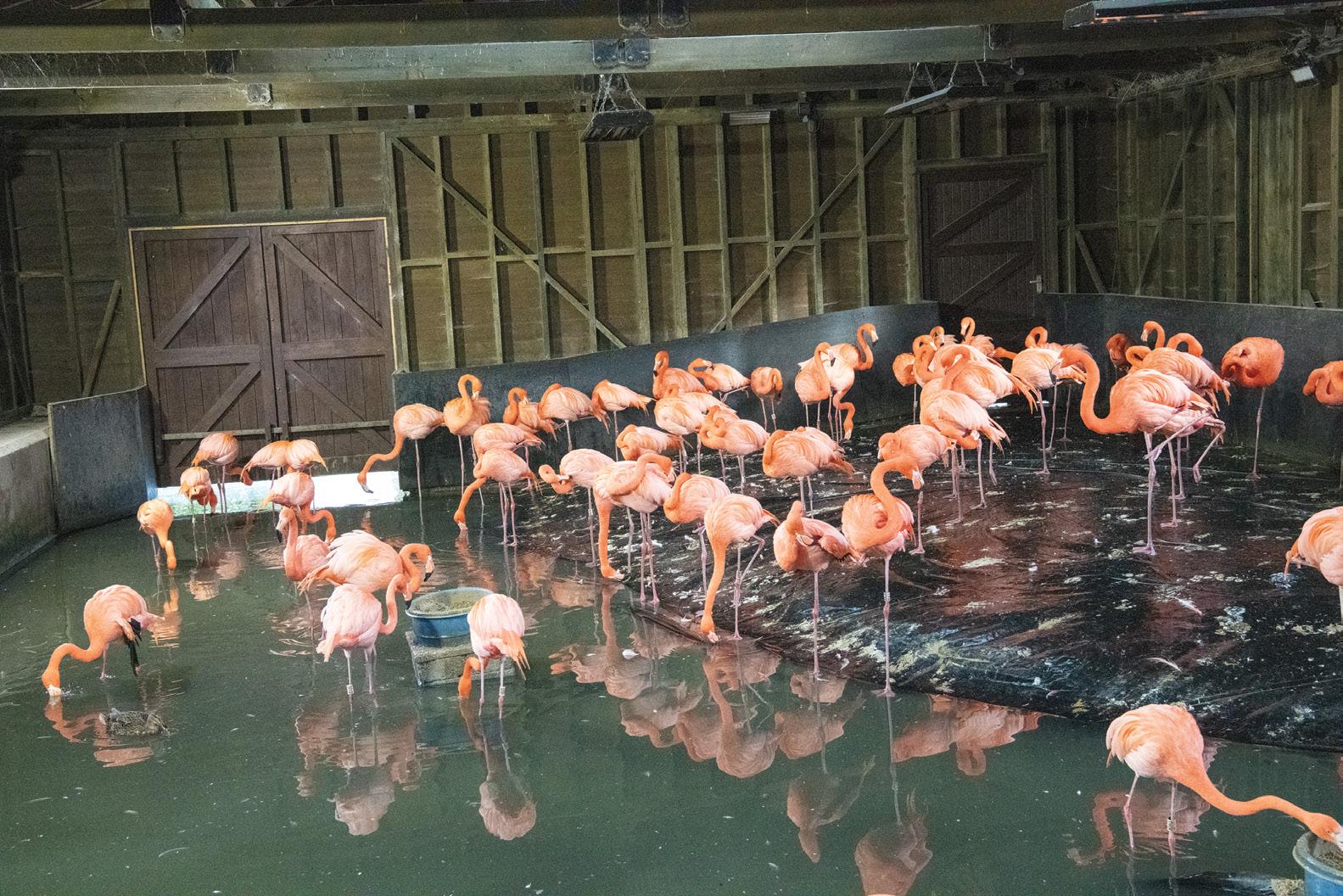
Katie A. Holmes
As it turns out, nearly 95% of the Earth’s surface shows some form of human modification.
—LePan, 2020
The reality is that the by-products of this activity are often destructive. This has prompted my project The Shape of What Remains, a series of large-scale photographic explorations into the permanent scars left behind by quarrying throughout Wales’s landscapes.
Quarrying has become entrenched as a vital part of Wales’s economy by supplying essential materials for infrastructure, and many sites are left abandoned and dangerously
unmanaged after the extraction of materials. This is due to many quarries not putting aside enough money to cover the full costs of the restoration, often missing the estimate by millions (Haines, 2024). As a result, these areas remain highly dangerous, posing continuous risks to local communities and even causing deaths.
There is often much visual pleasure in landscape photography that is actually of heavily polluted sites (a visual strategy employed to engage viewers often referred to as ‘toxic sublime’), and within these images what might seem picturesque or natural is in fact not. Engaging with this contradiction is at the heart of this work.
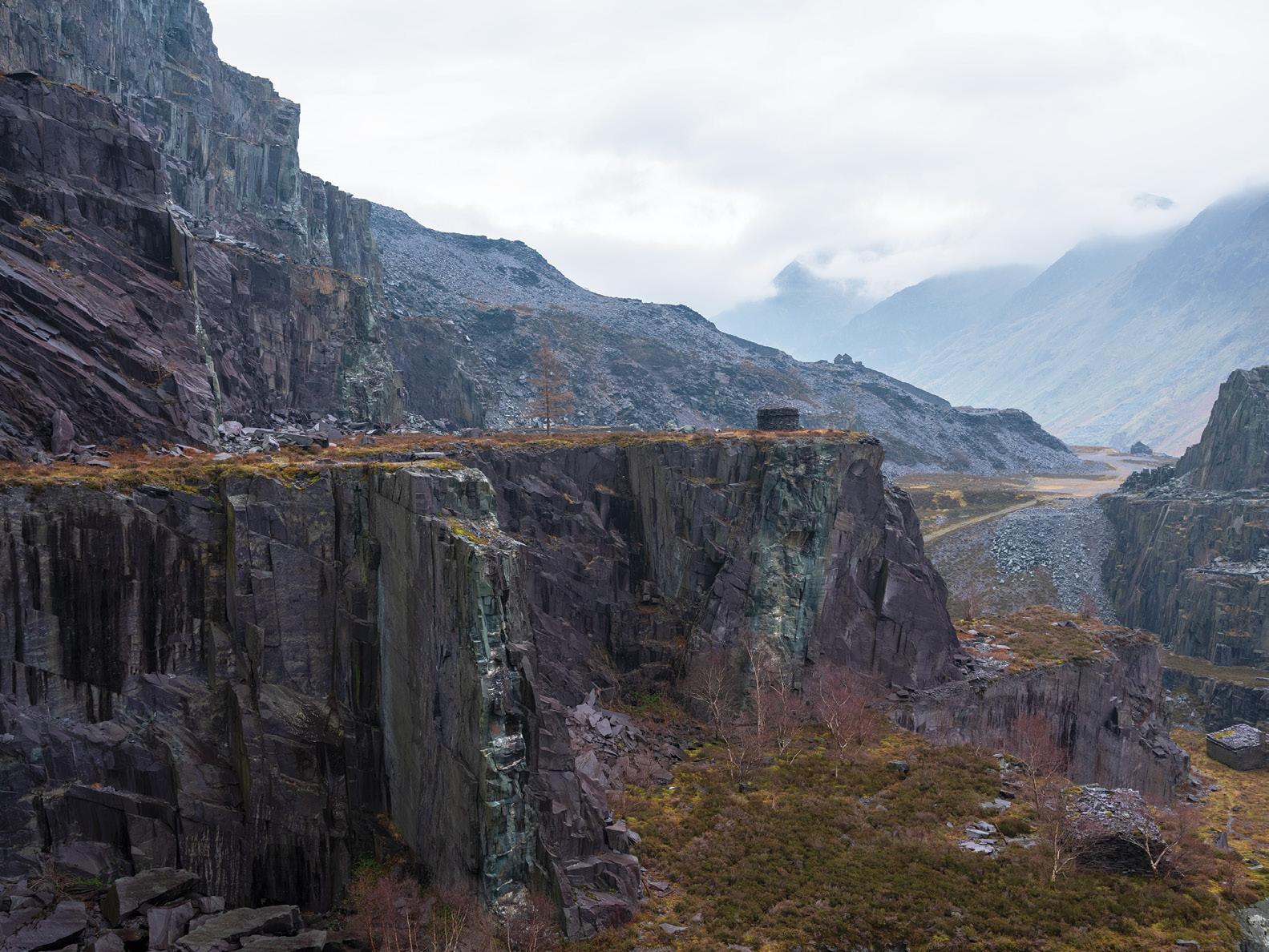

Waiting Room
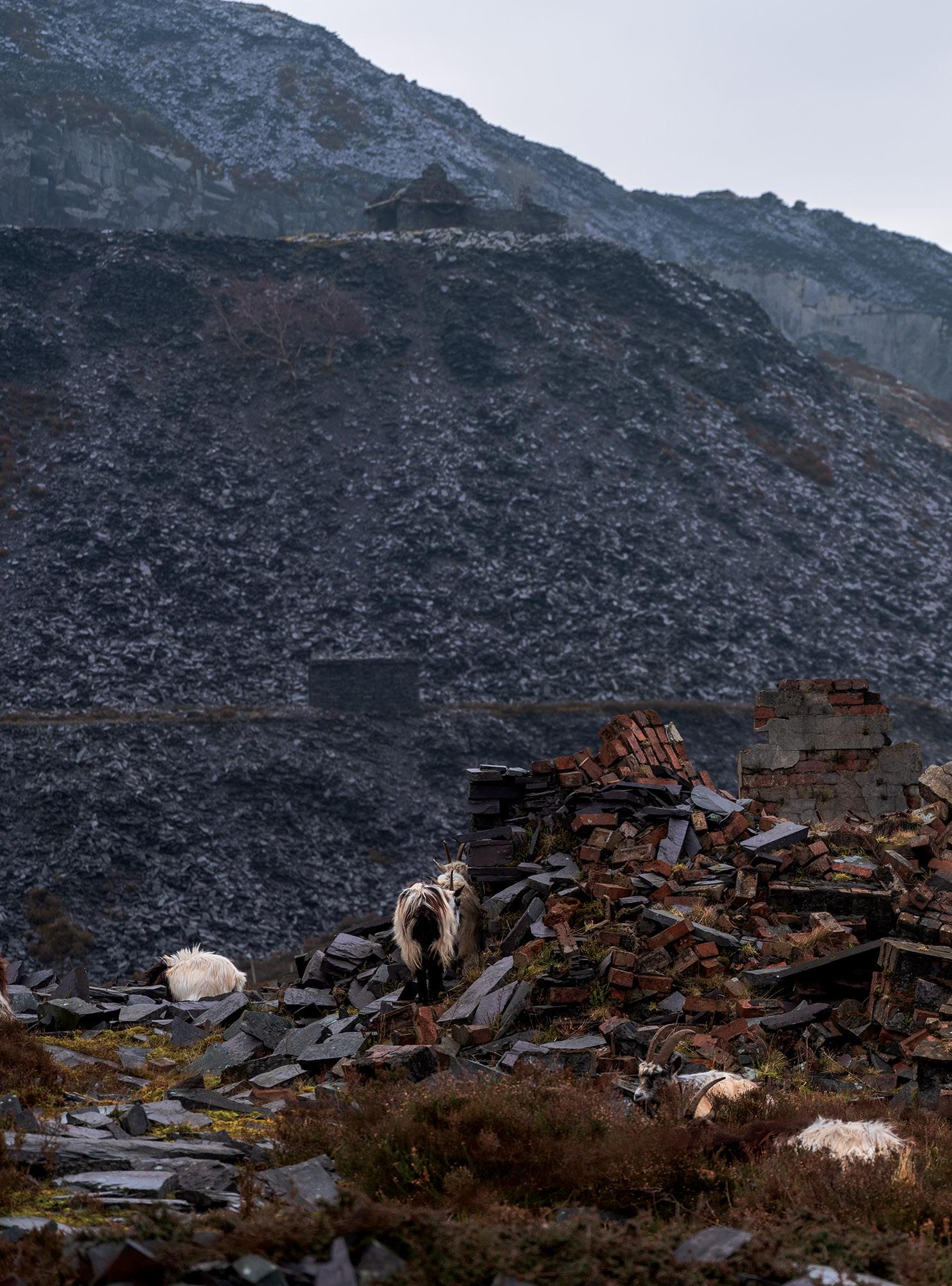
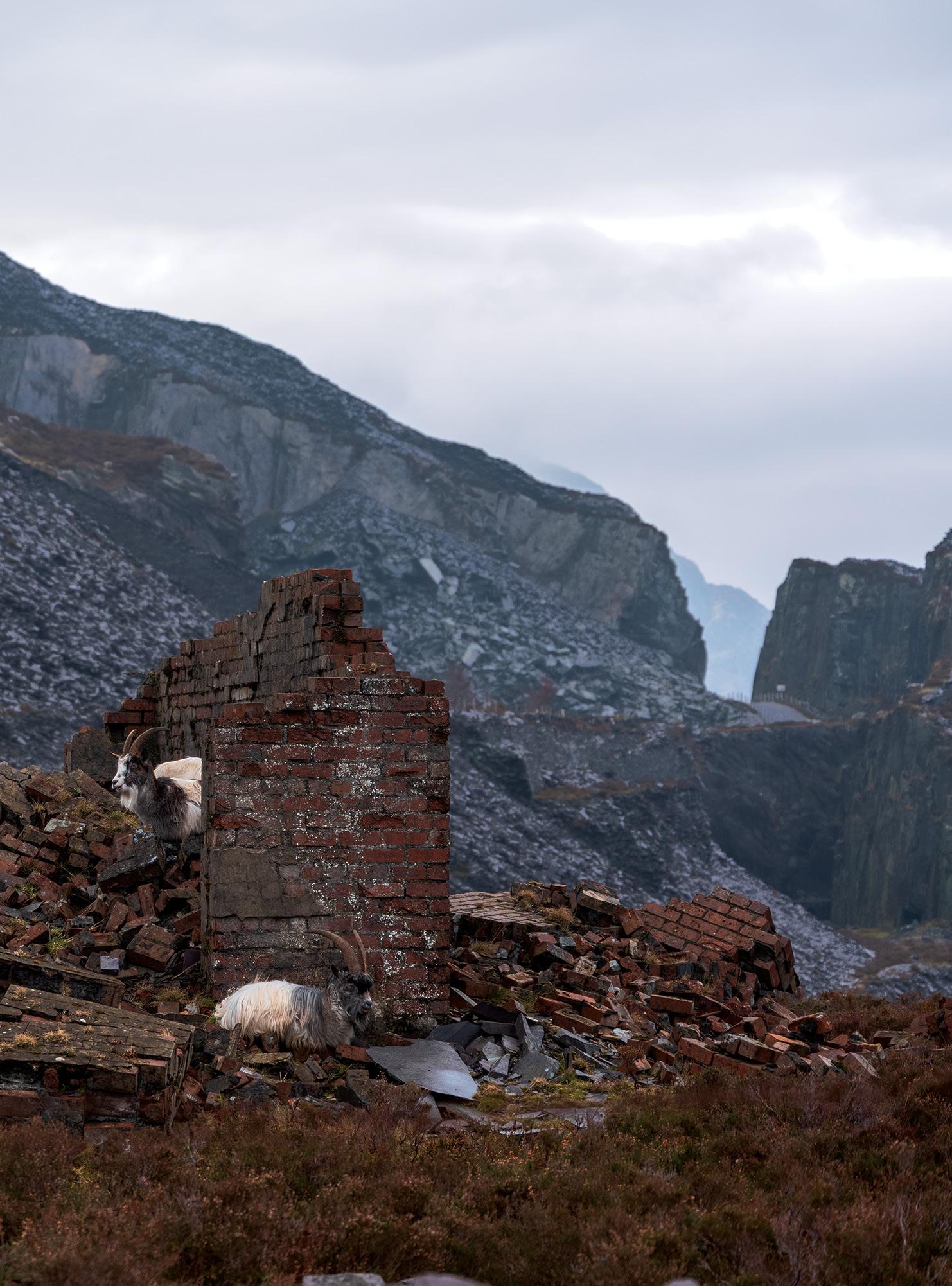
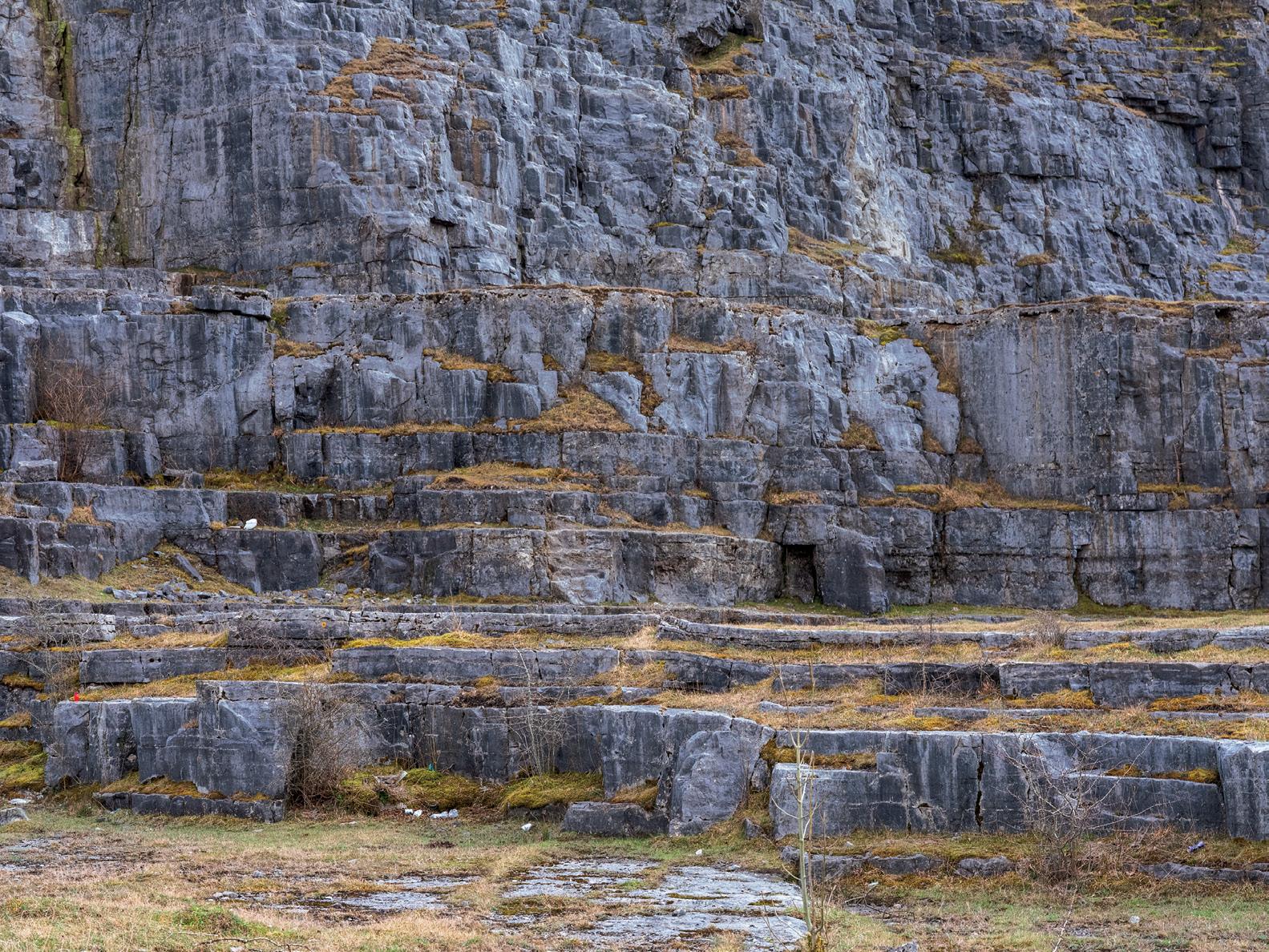
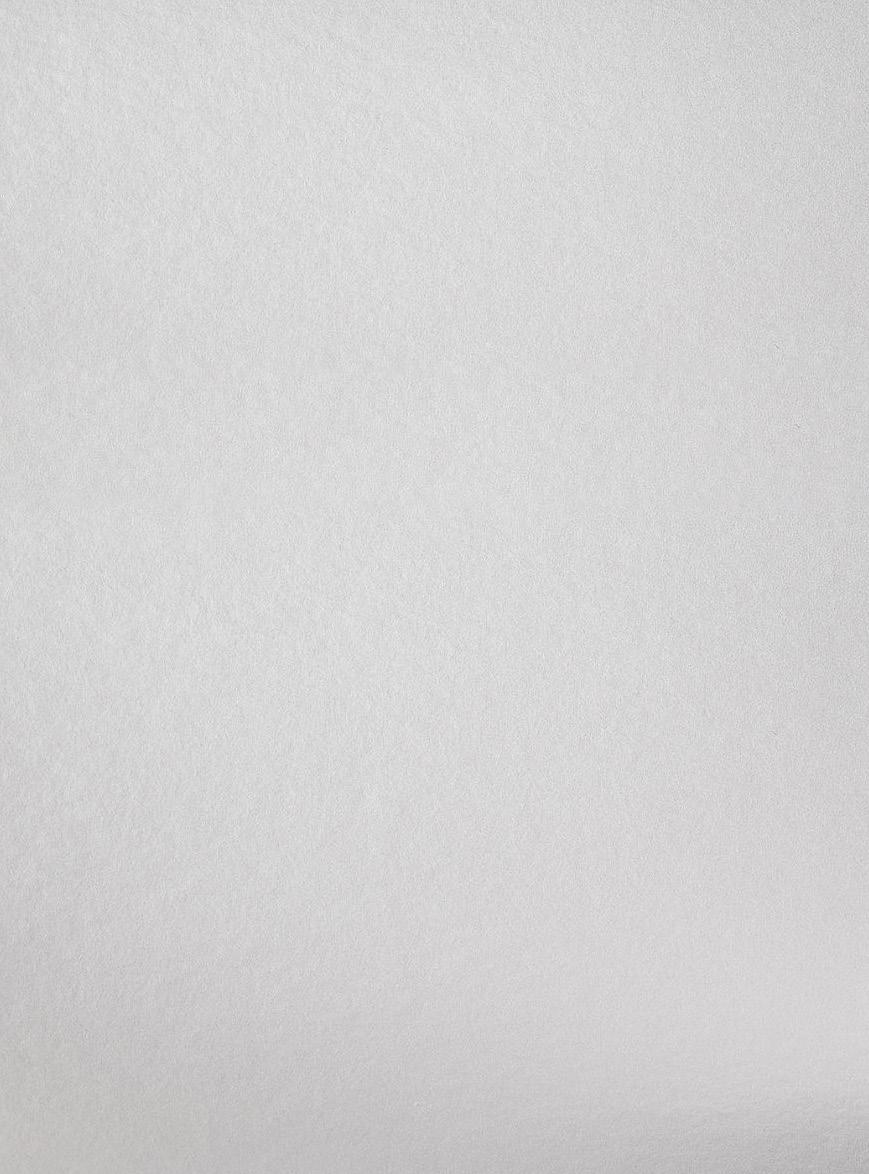
Morning appointments have finished Mae apwyntiadau’r bore wedi gorffen

Thank you for your patience
Diolch am eich amynedd

Afternoon appointments have started Mae apwyntiadau’r prynhawn wedi dechrau
Hattie Alwen

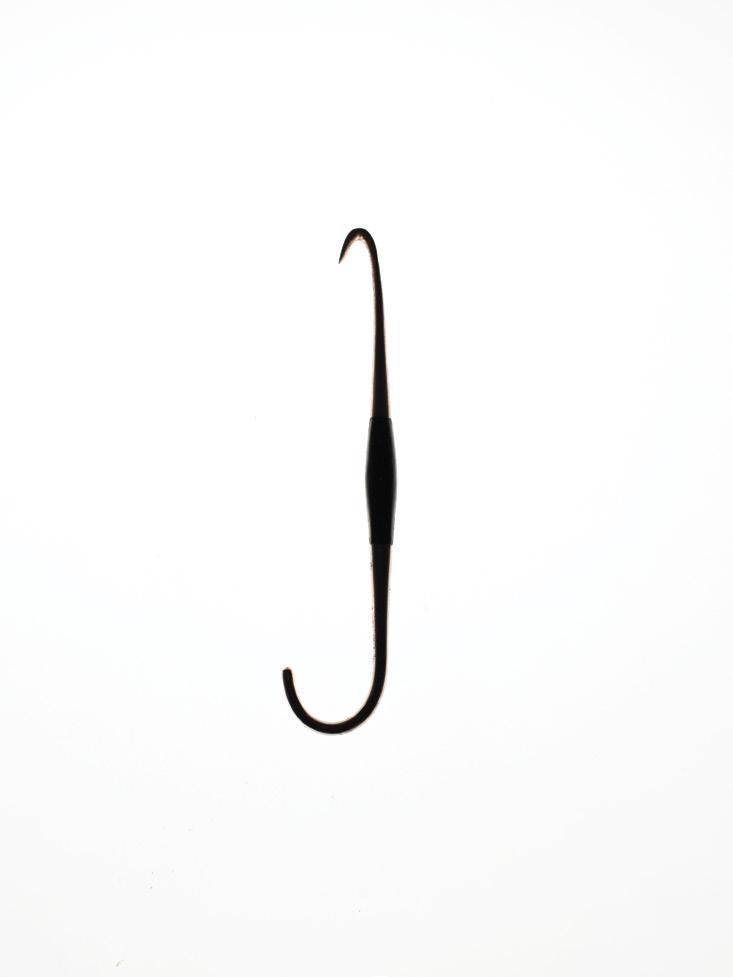
For centuries physicians accounted for women’s illnesses and pain with the ‘wandering womb’ theory. When seeking support from today’s medical professionals, women’s concerns have been dismissed by phrases like ‘it’s all in your head’, still leaving patients feeling unheard.
Your Body My Choice exposes the legacy of medical misogyny and gaslighting that forms the framework of our modern healthcare system; one that masks the androcentric system as universal values. Stemming from personal and collected stories of women’s
experiences this project highlights the hidden and individualised nature of pain ascribed to women as ‘natural’.
At its conception, photography was considered truth. Doctors and researchers exploited its power by categorizing, objectifying and sexualising the female body in an unreturnable gaze, with technological advancements continuing to perpetuate this power to diagnose. By harnessing photography’s ability to represent, these photographs push back on pain that is real, even if invisible.
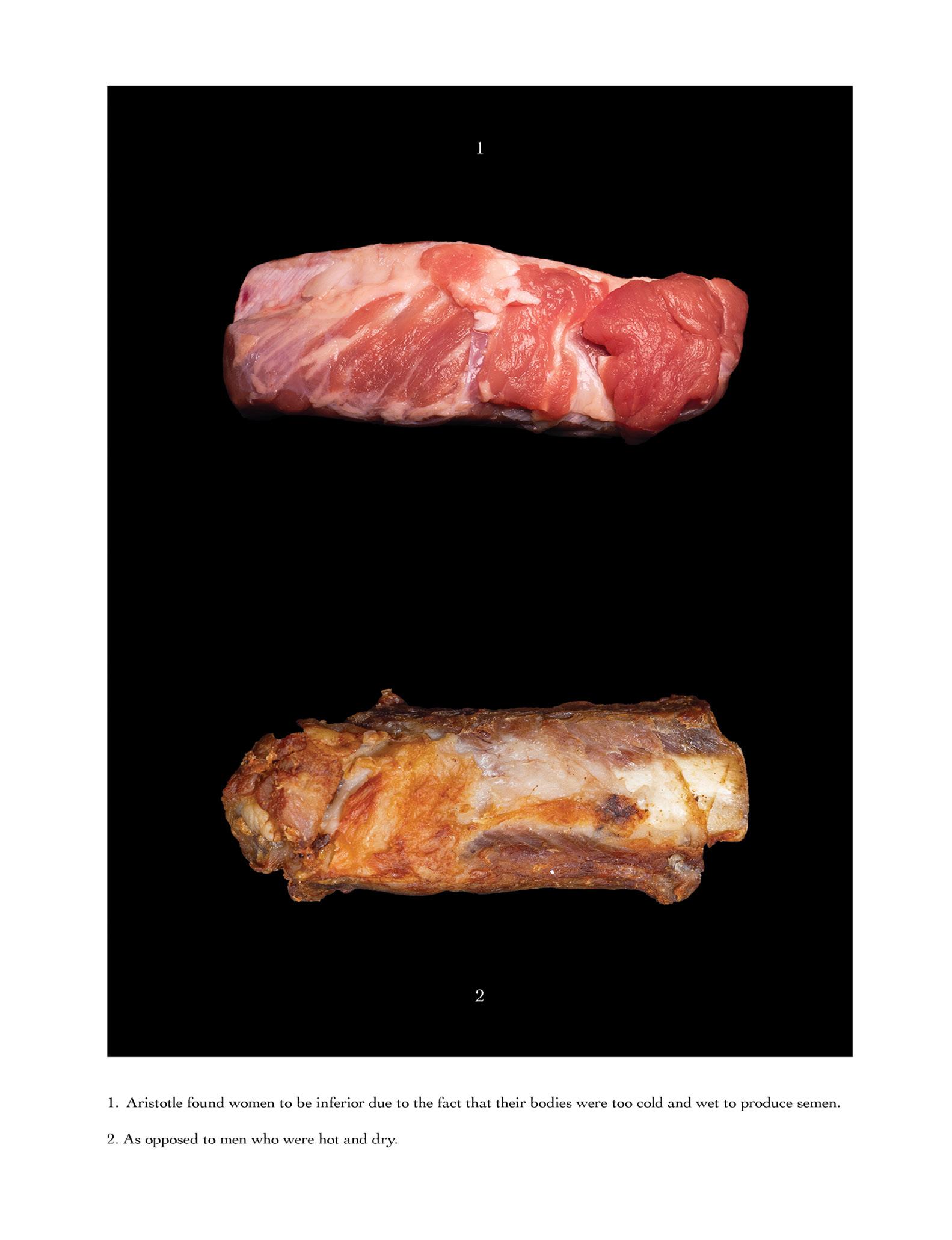
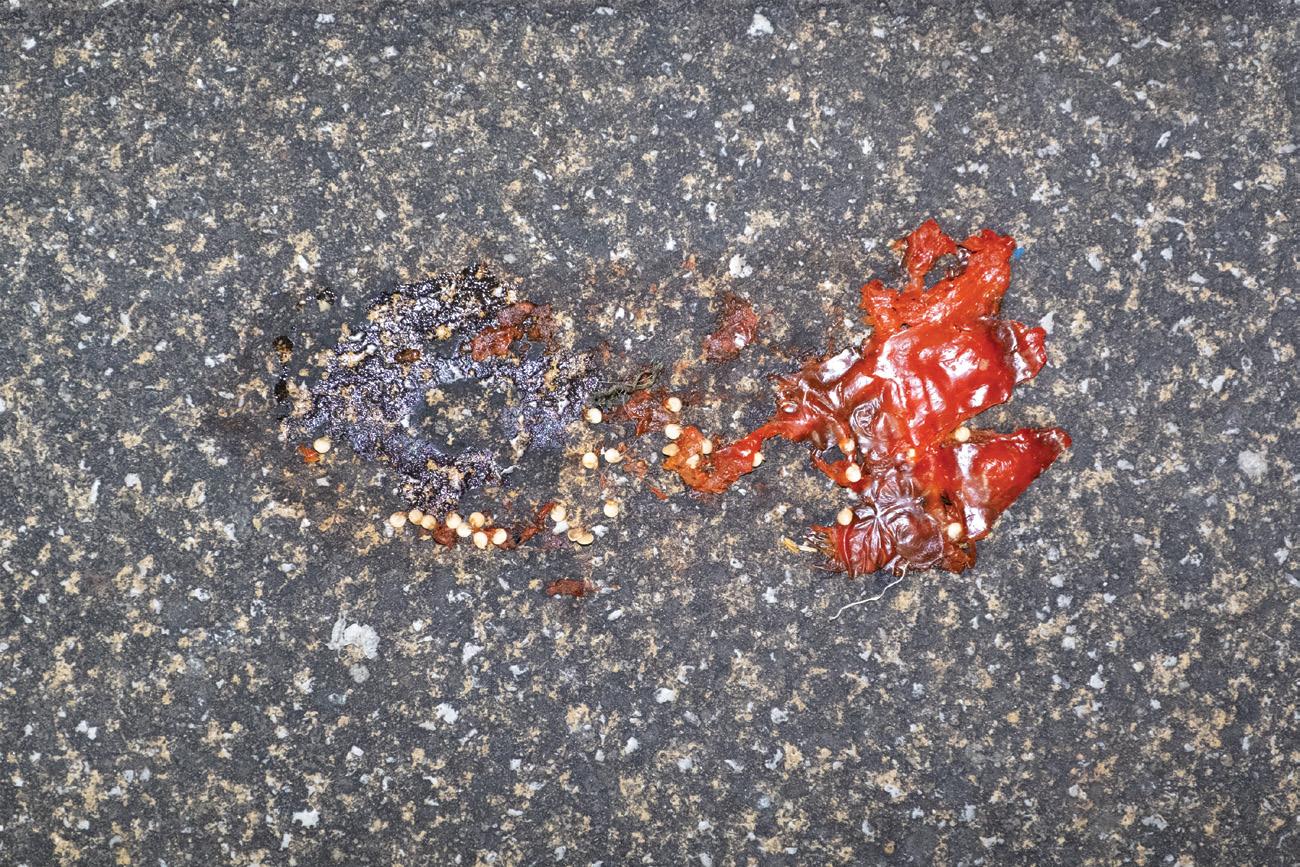
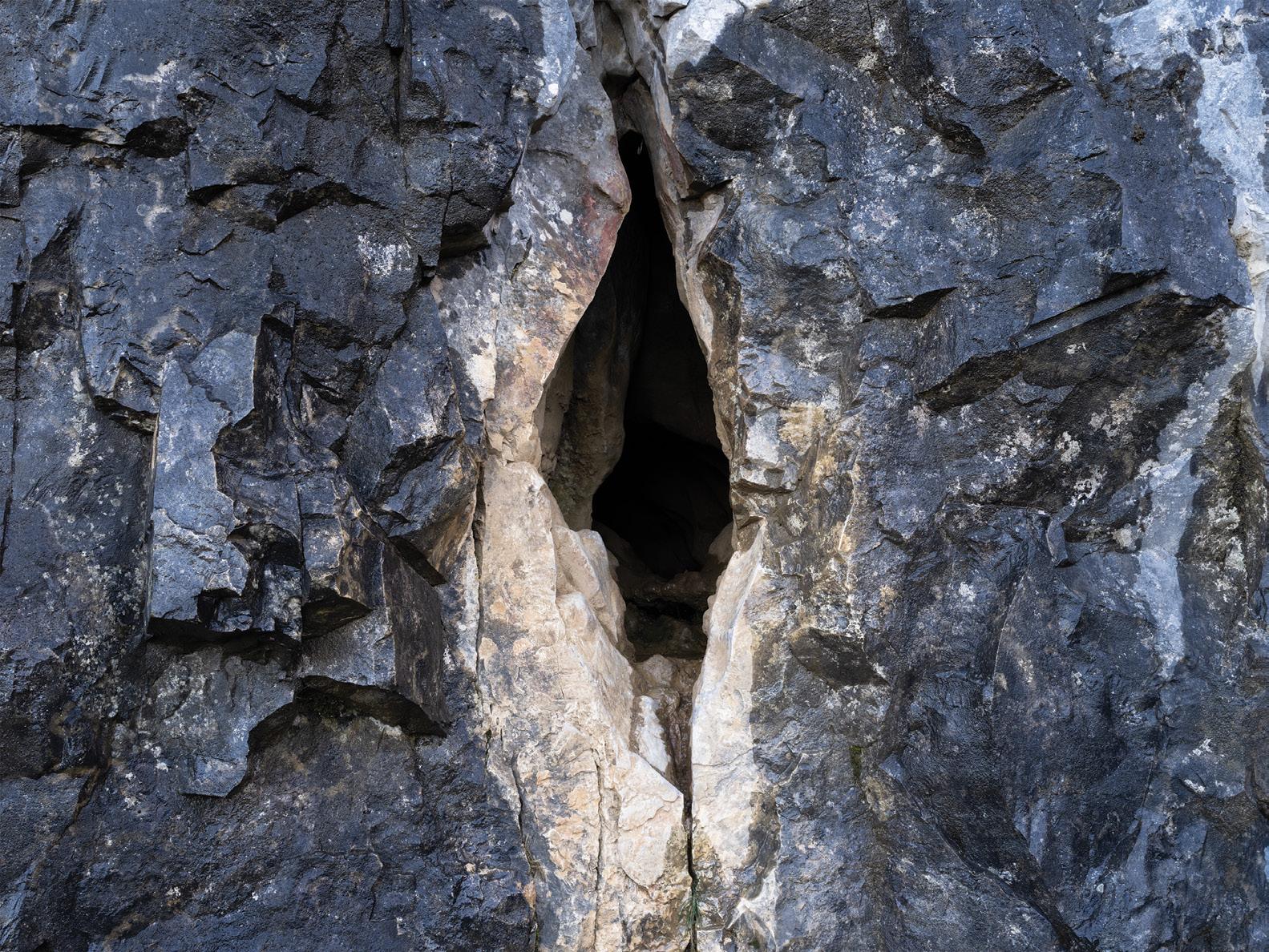
Waiting Room


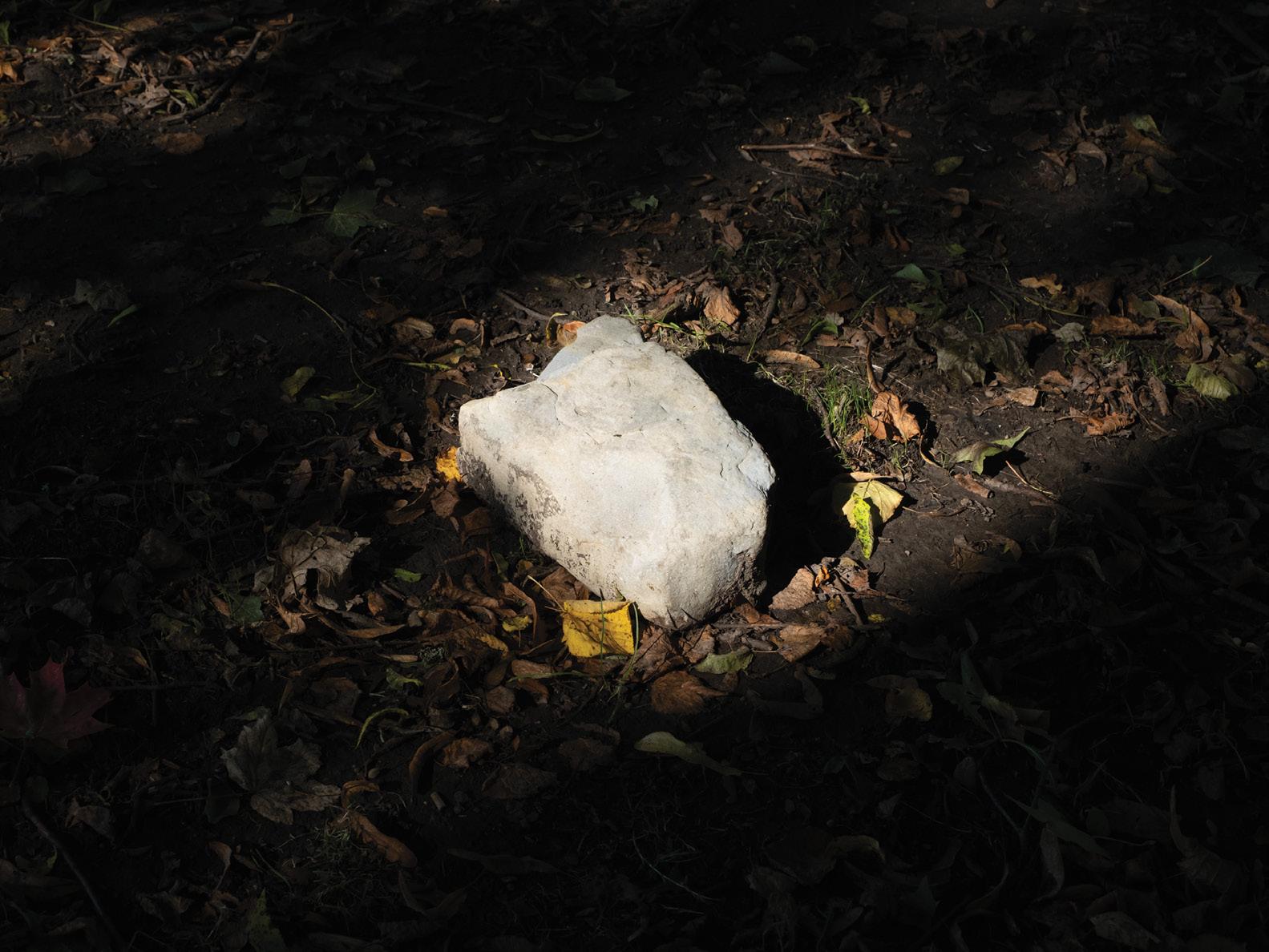
Rebecca Parker
Tearing at the Surface is a series of intimate images that explore the female body through close-up details, challenging societal beauty standards. The project critiques the traditional portrayal of the body, often shaped by the male gaze, and emphasises the tactile reality of skin. Through collage and physically tearing photographs, the images evoke a sensory engagement, celebrating natural imperfections— and the genuine uniqueness of each
body. By moving away from flawless, retouched images, the work invites viewers to reconsider their own perceptions of beauty, promoting selfacceptance and a deeper connection to one’s own body. These images suggest beauty to be an authentic, personal experience; encouraging a shift in what we see and feel of ourselves— transforming beauty into something deeply felt and inherently human.
Rebecca Parker
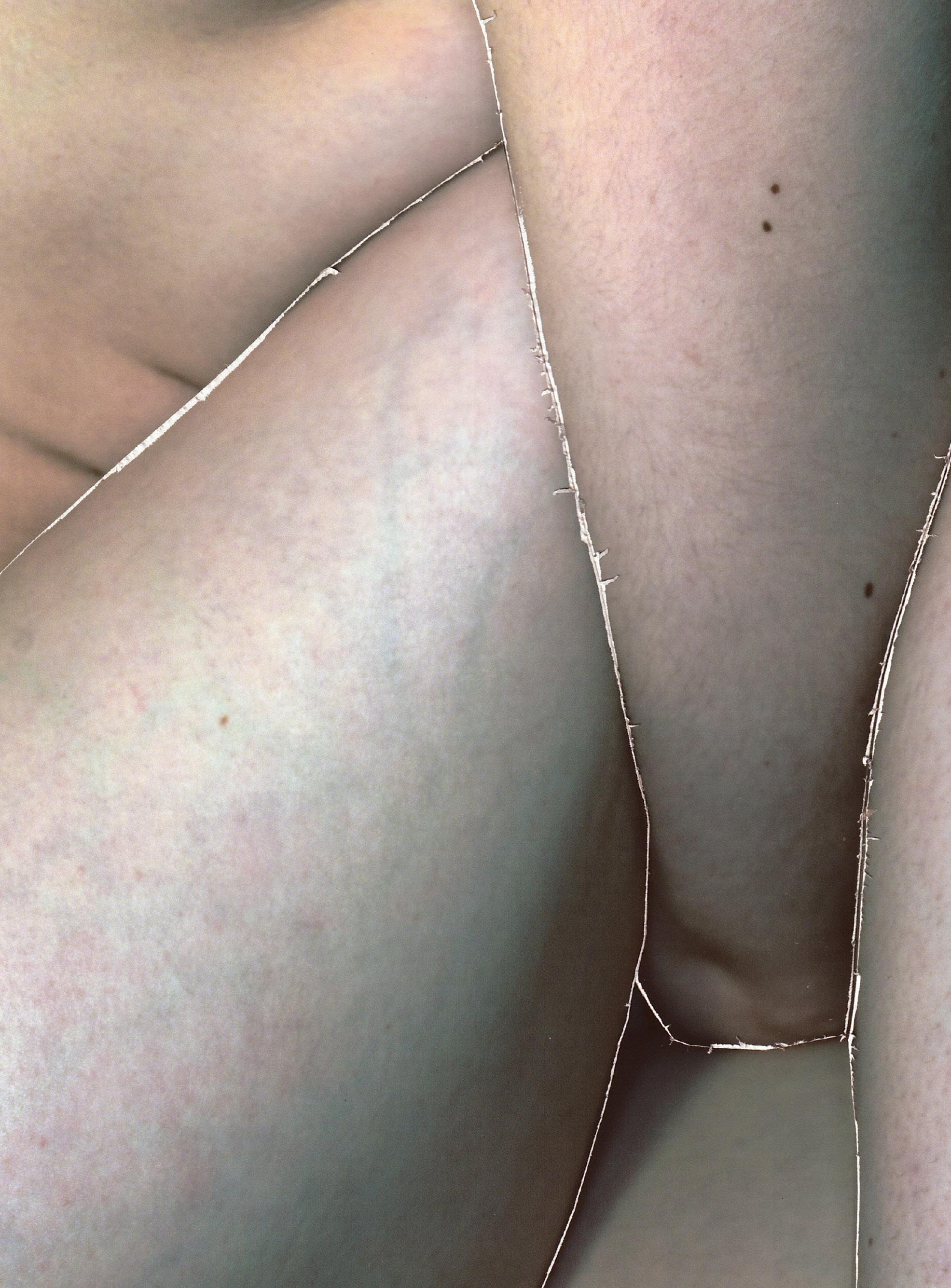
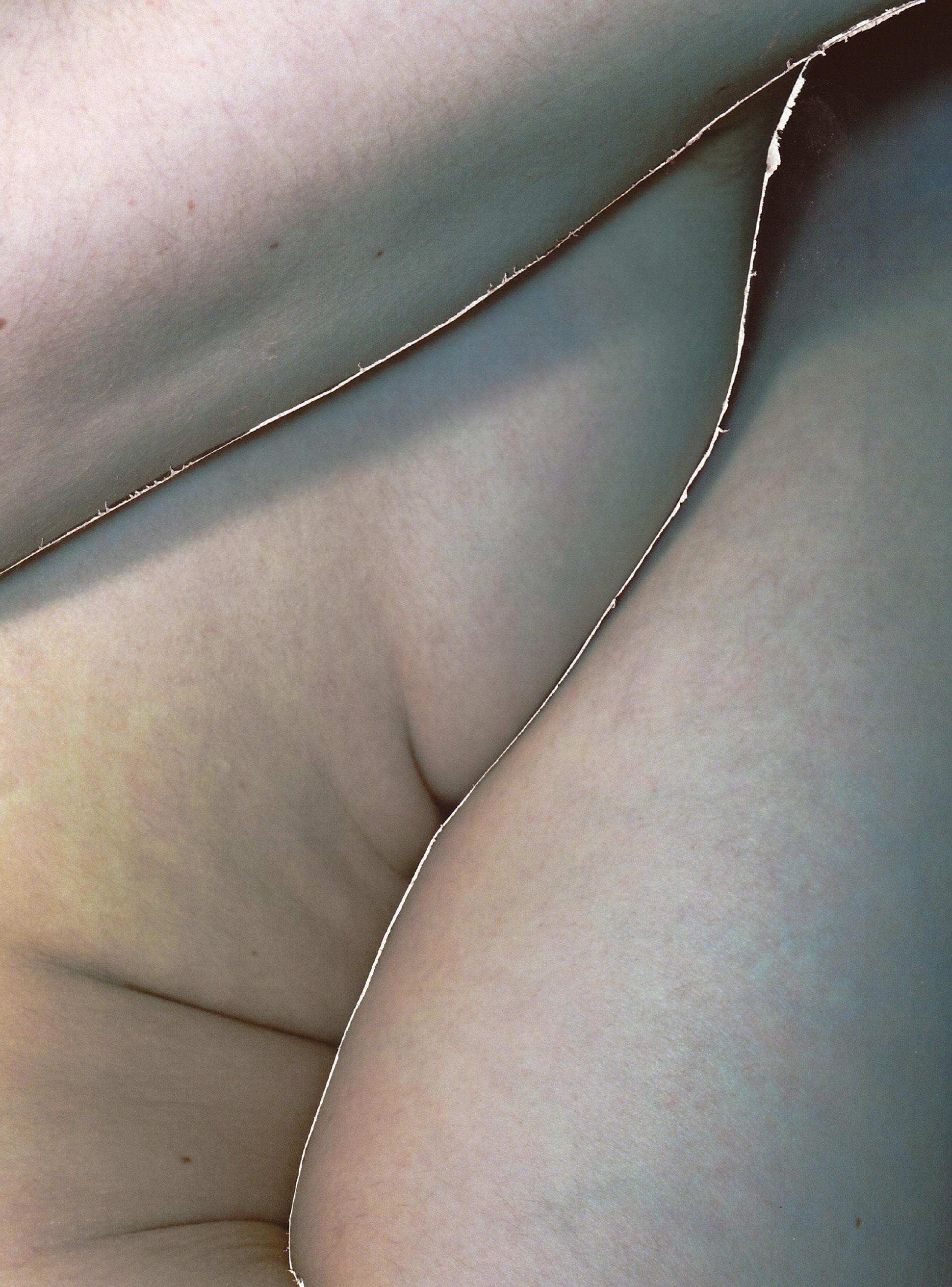
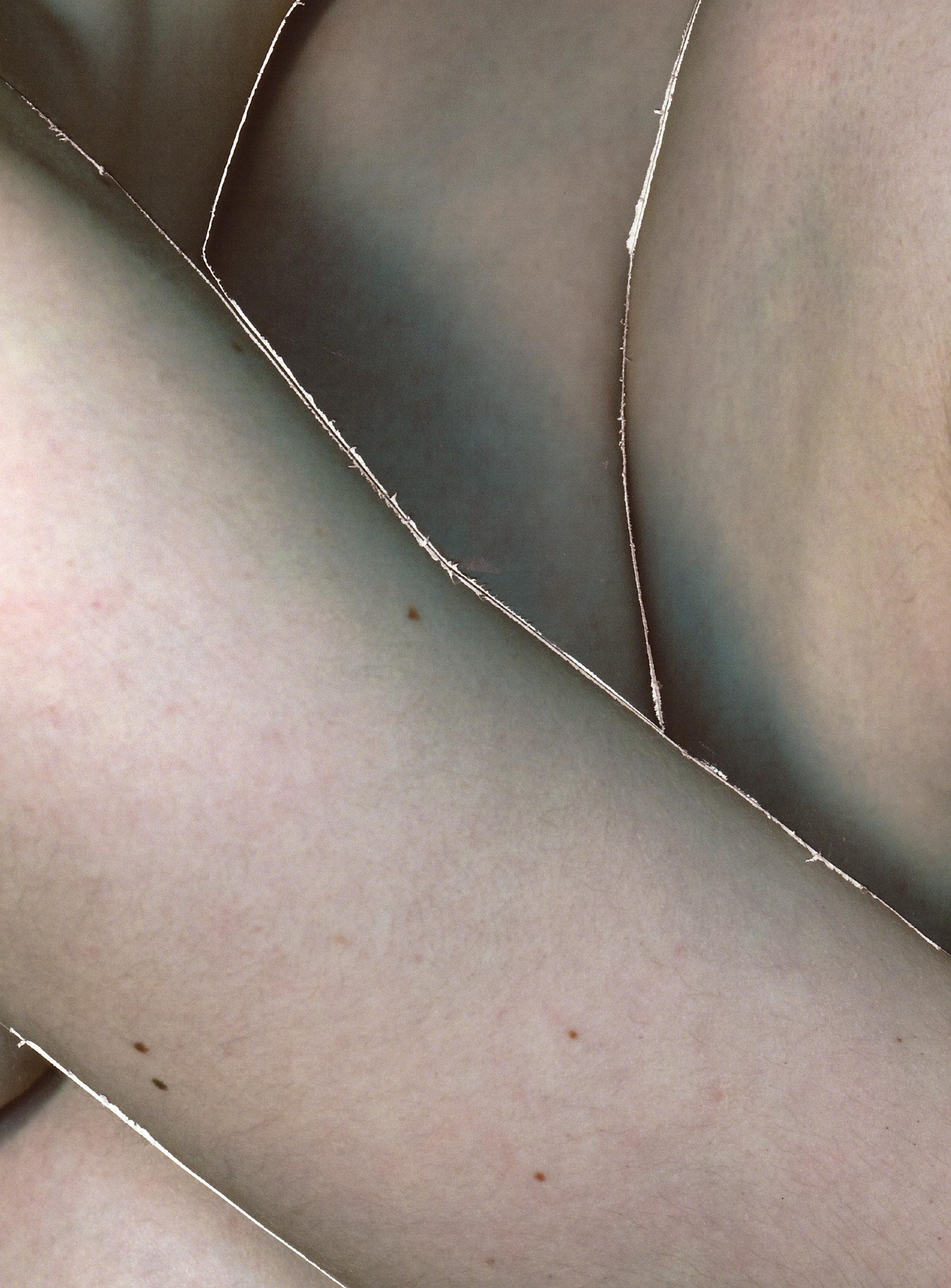

Hannah Trotter

Nature has always been a respite from the noise of urban life, offering solace in a fast-paced world. The forest continues to lure visitors in search of relief.
What began as a search for home evolved into a deeper exploration of memory, loss, and connection. The images I create focus on dense shrubbery and secluded paths—spaces where visibility is obscured, and emotions can be hidden.
As childhood wonder fades and adulthood takes over, I feel a stronger pull to return to spaces that once felt like home. Through my work, I seek to reconcile these changes.
In these spaces, I find both escape and immersion. This work is a quiet response to both internal and external disruption—an exploration of how nature’s constancy in a changeable world offers some sort of solace.
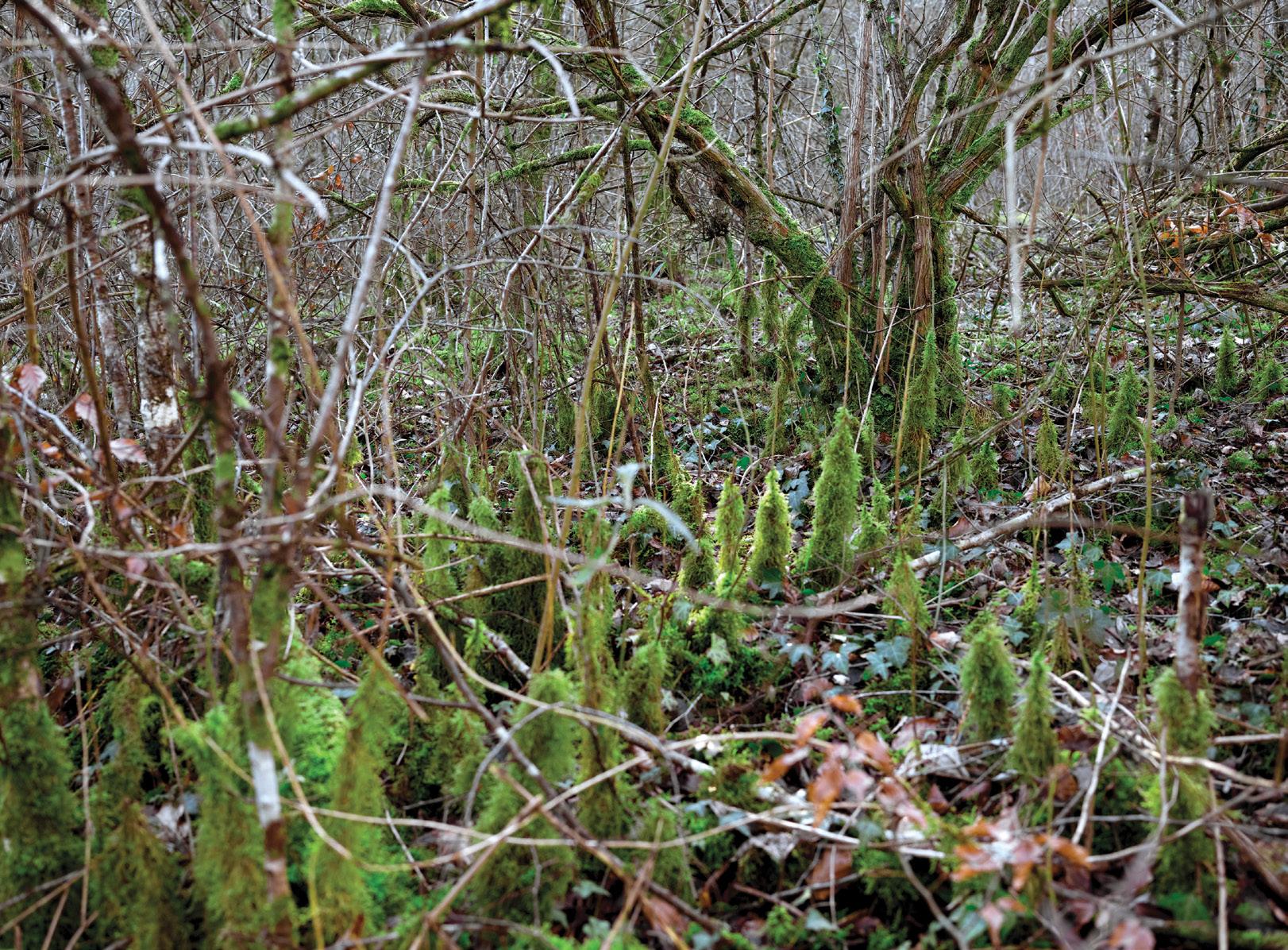
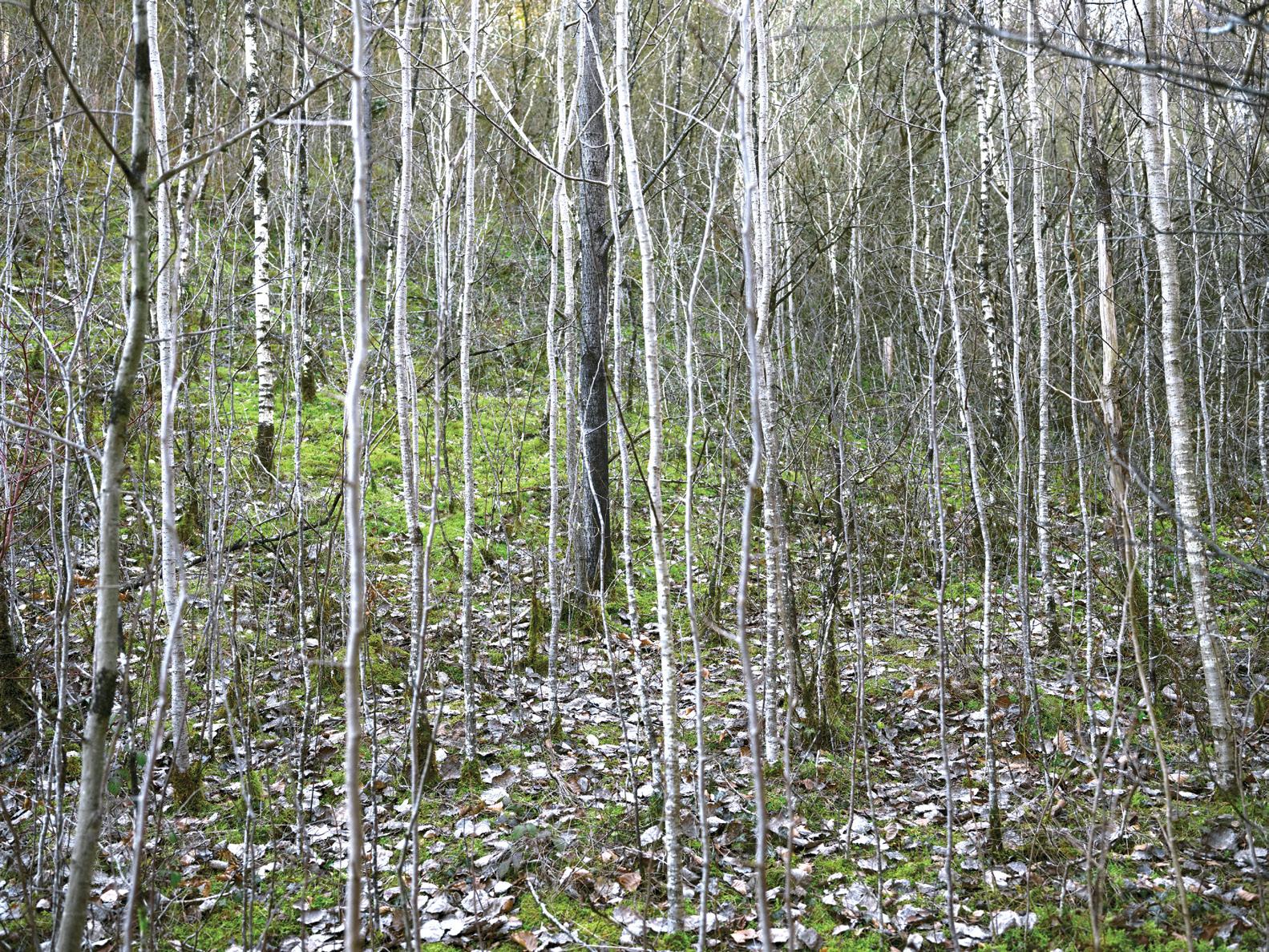
Waiting Room
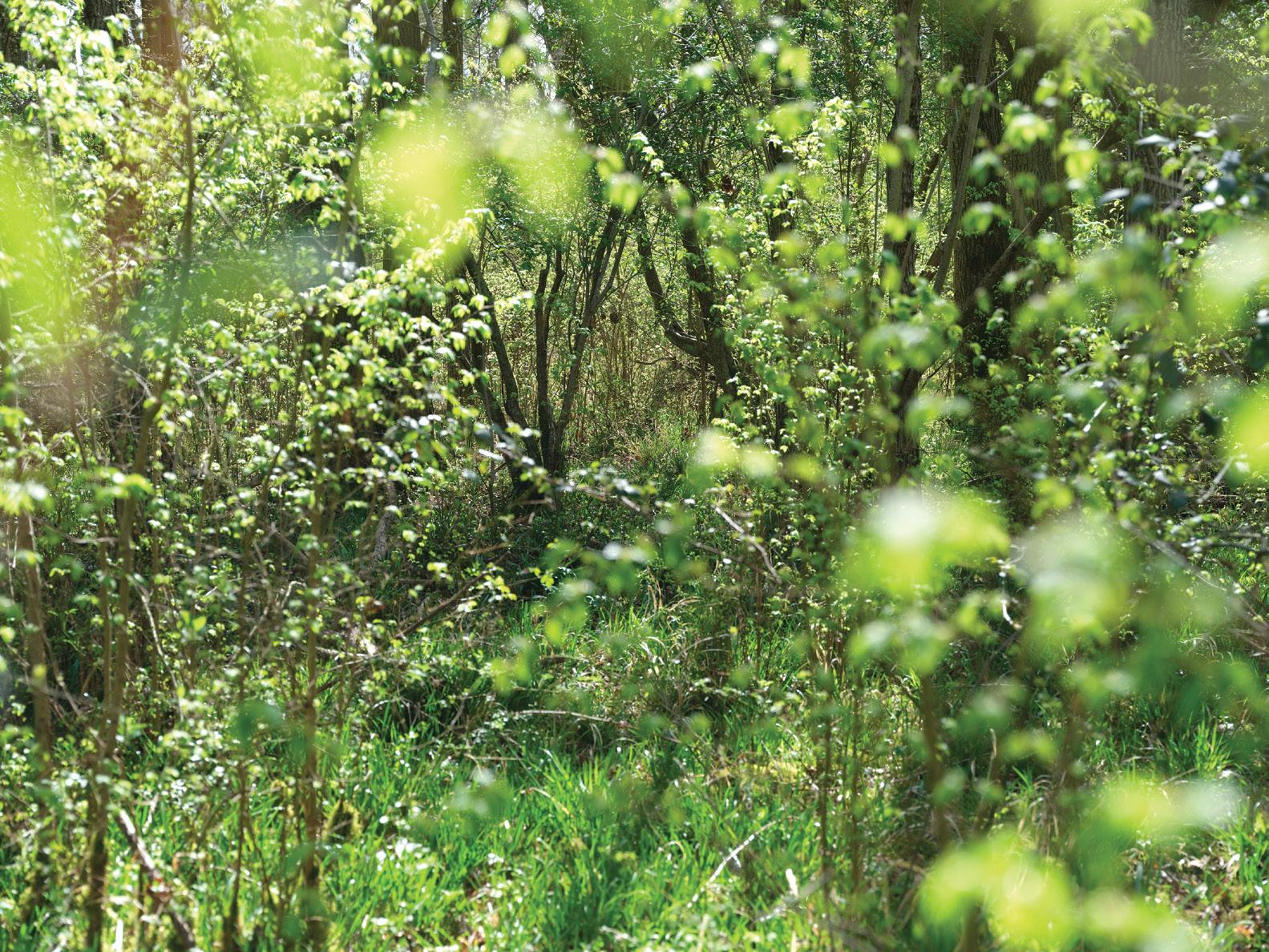
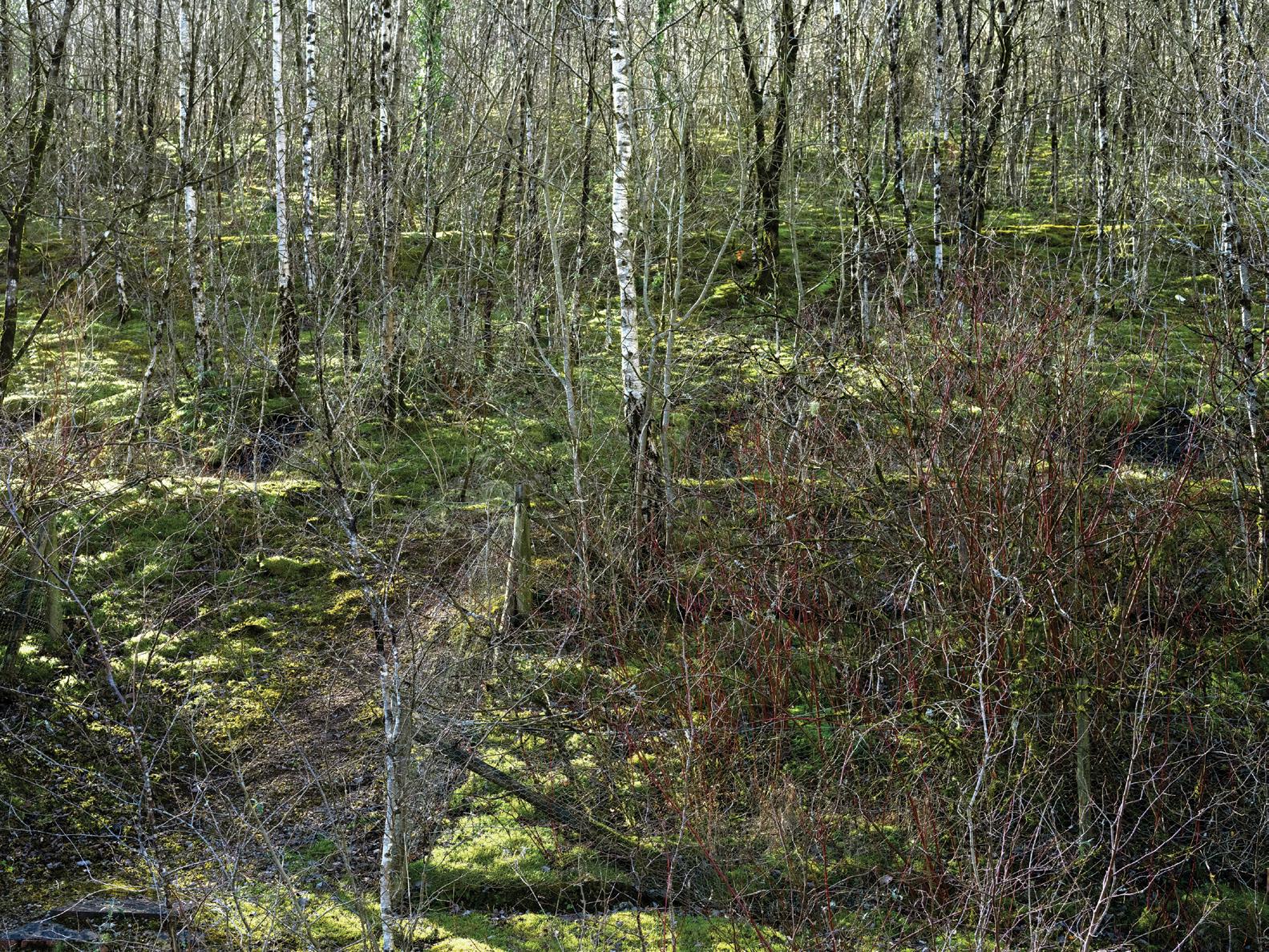
Lauren Brown

Broken Spirit is a deeply personal project exploring my reconnection with the Catholic faith I was raised in. It reflects the emotional shift of returning to church as an adult, no longer out of obedience, but by choice, while grappling with feelings of isolation, anxiety, and unbelonging. Once a central part of my upbringing, religion had felt more like duty than devotion. Now, without the comfort of family, attending services alone became an intimidating experience.
Photographed across various Catholic spaces in Cardiff, this series captures moments of stillness and beauty in overlooked, mundane, or even broken elements of sacred spaces. These details offered me a sense of grounding, easing the overwhelming theatricality of the church as an institution. This work is ultimately about reconciliation; with faith, with adulthood, and with identity, and seeking peace in quiet, unexpected places.
Lauren Brown


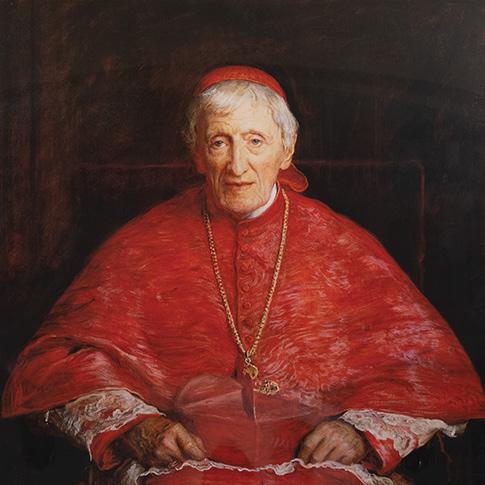
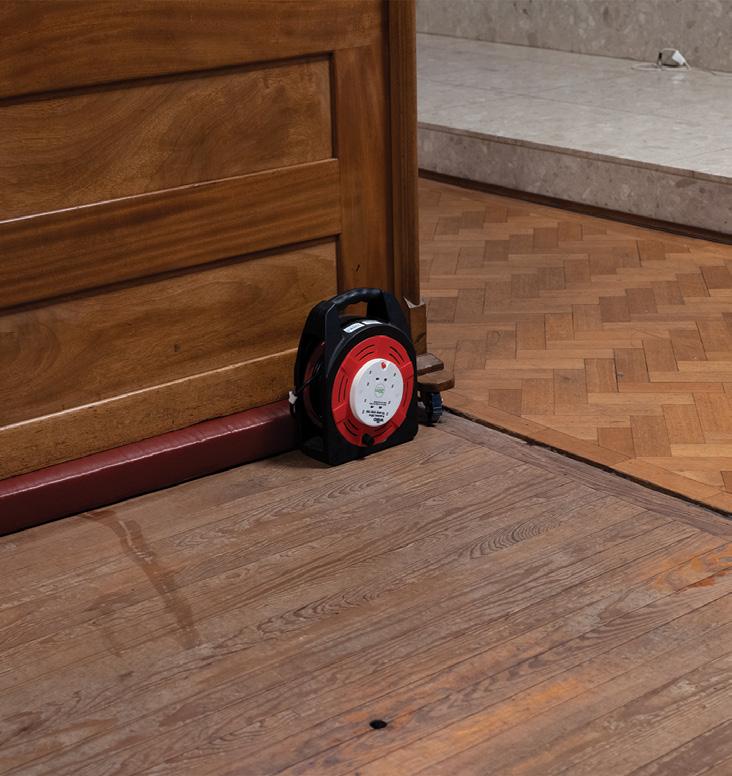
Waiting Room
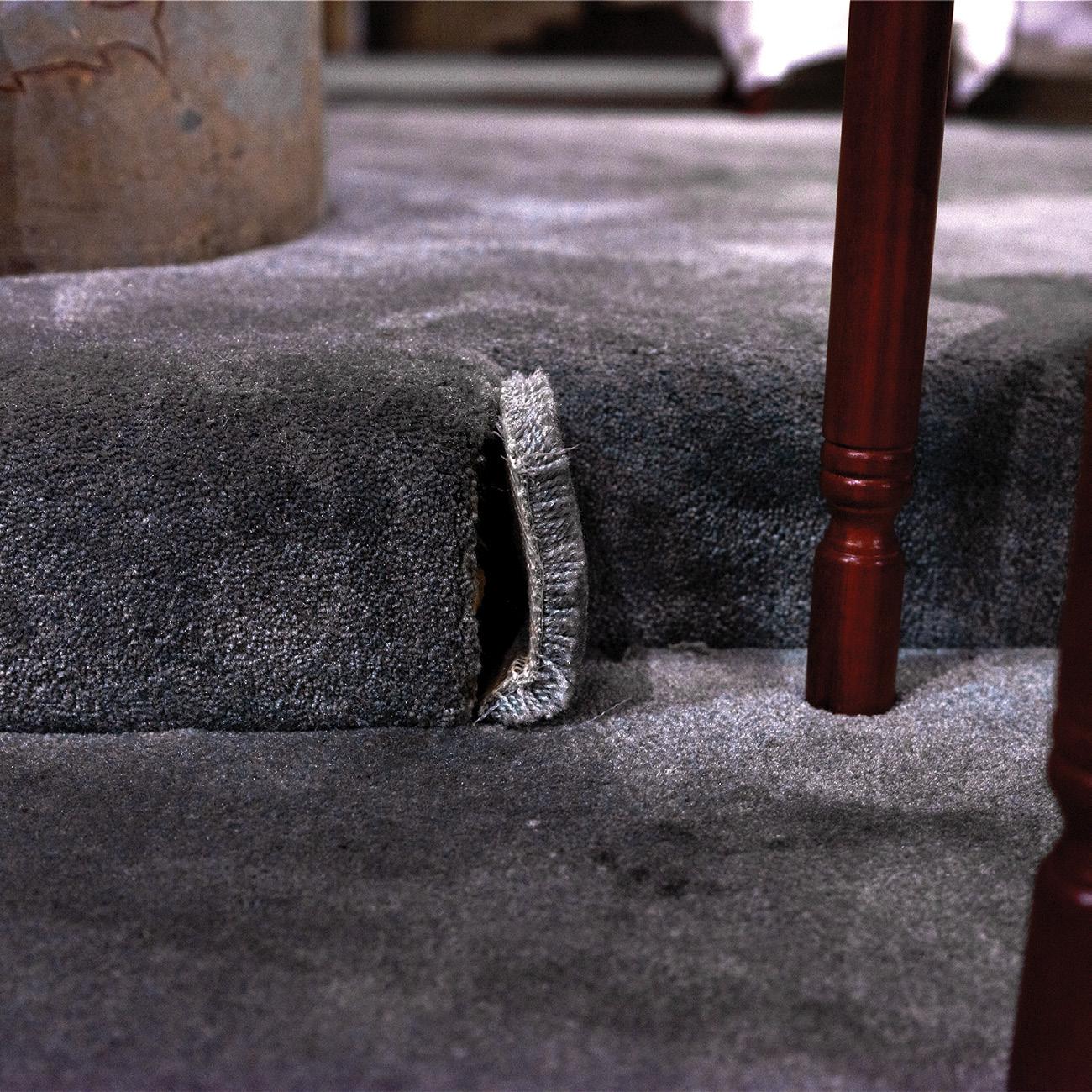
Courtney Henning
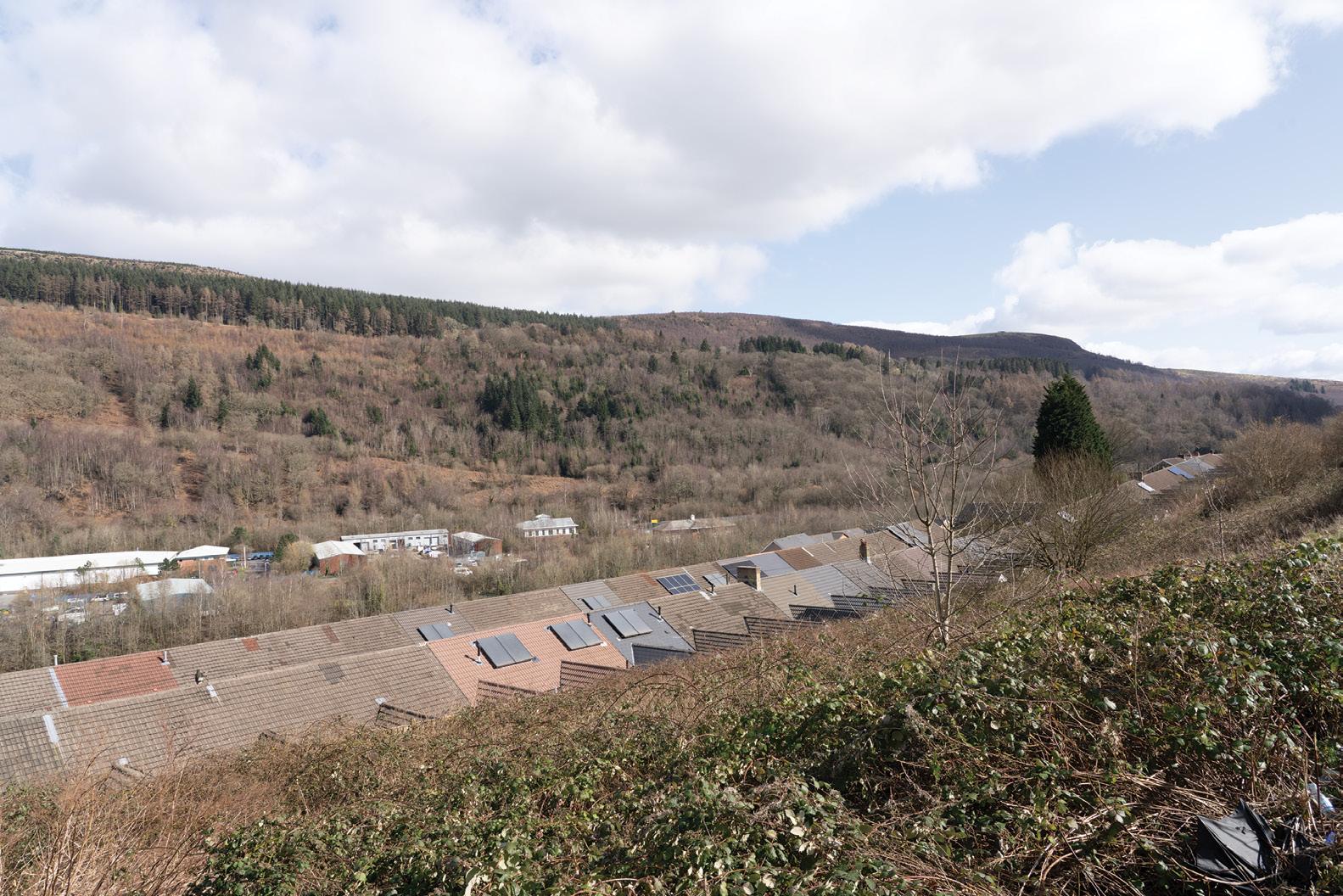
The top of the slope of the little field is the English translation for Penrhiwceiber, within the county borough of Rhondda Cynon Taff, South Wales, where a postindustrial community remains a strong and positive place, where people pull together to help each other. Despite that, these celebratory images also hint at an apprehension of the demise of small villages such as these as opportunity dwindles.
Multiple community spaces form the core of this project. My work advocates for these places, spotlighting the impact of the people which sustain them, who build community and create links between neighbours capable of withstanding contemporary pressures.
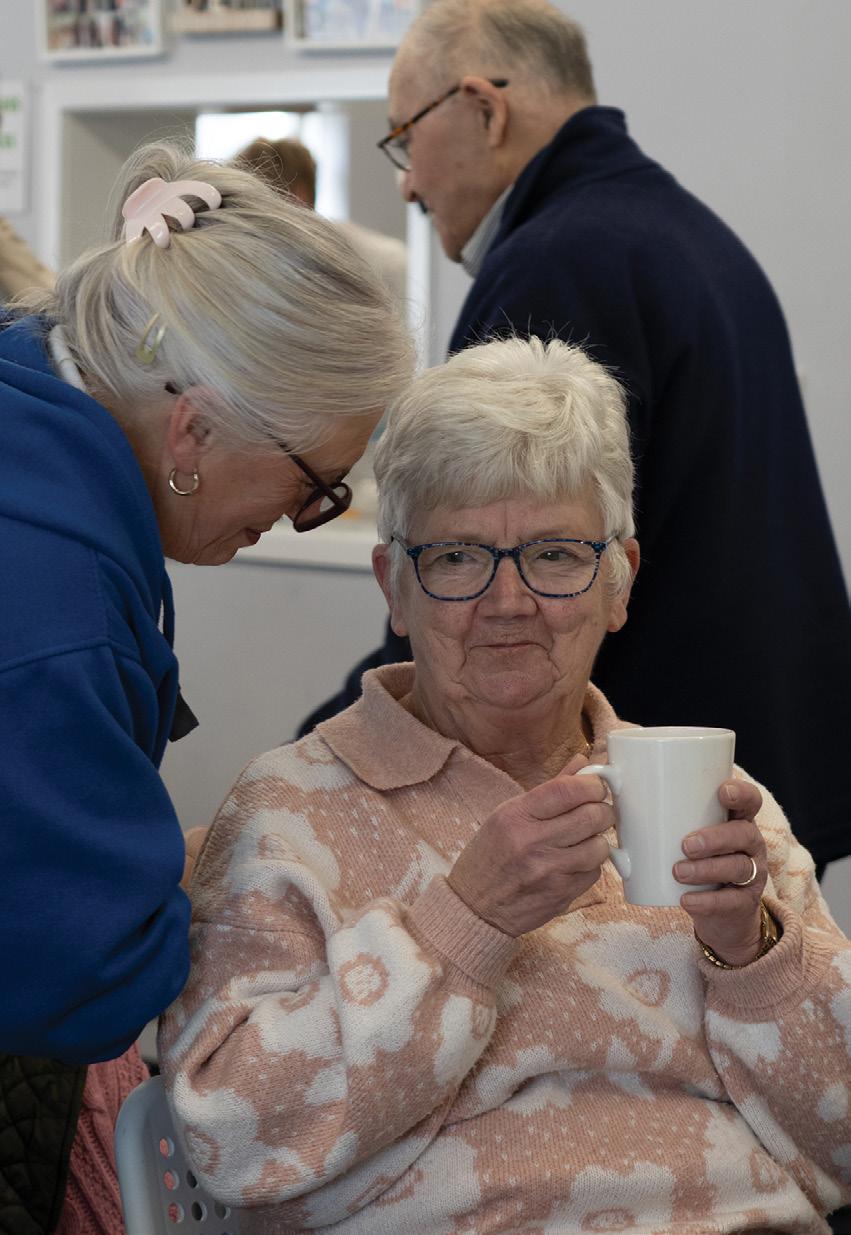

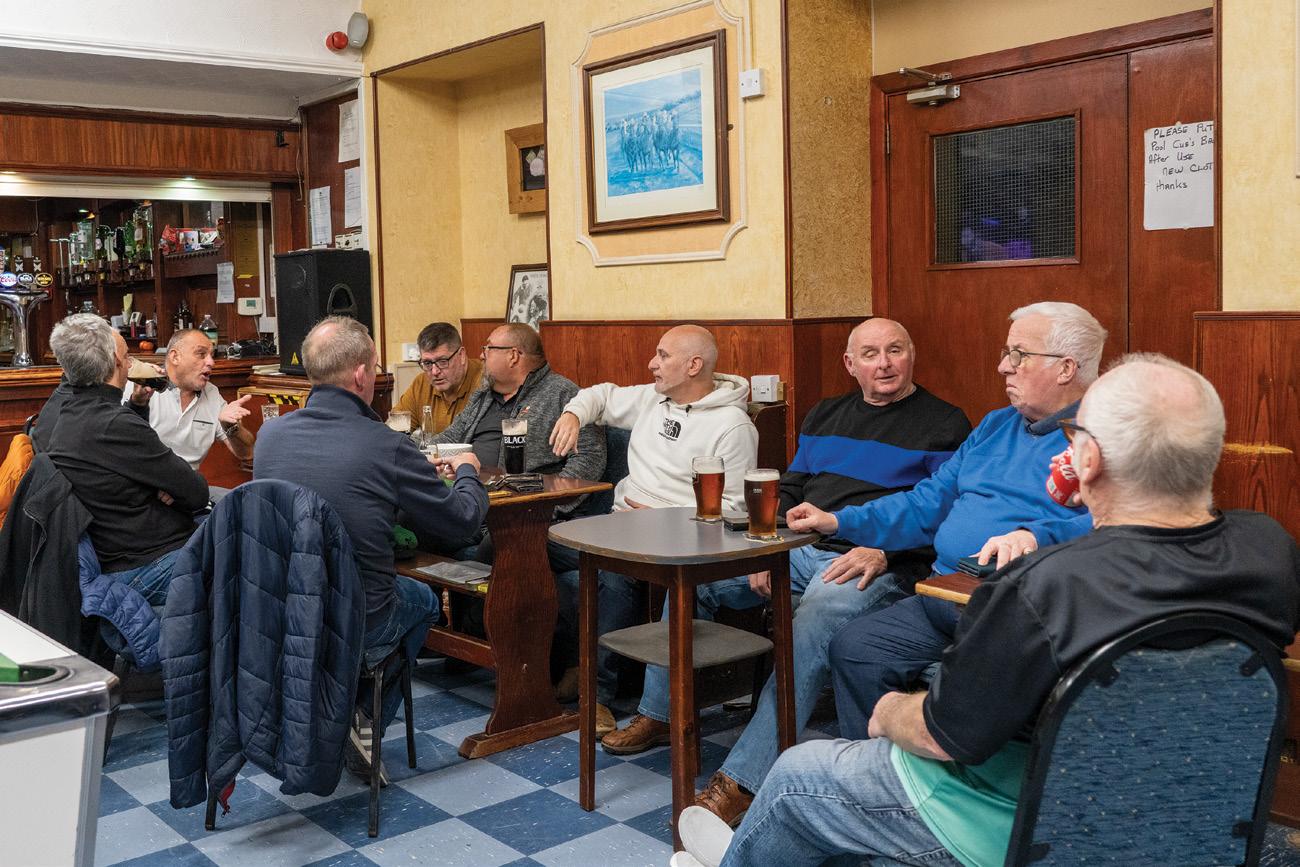
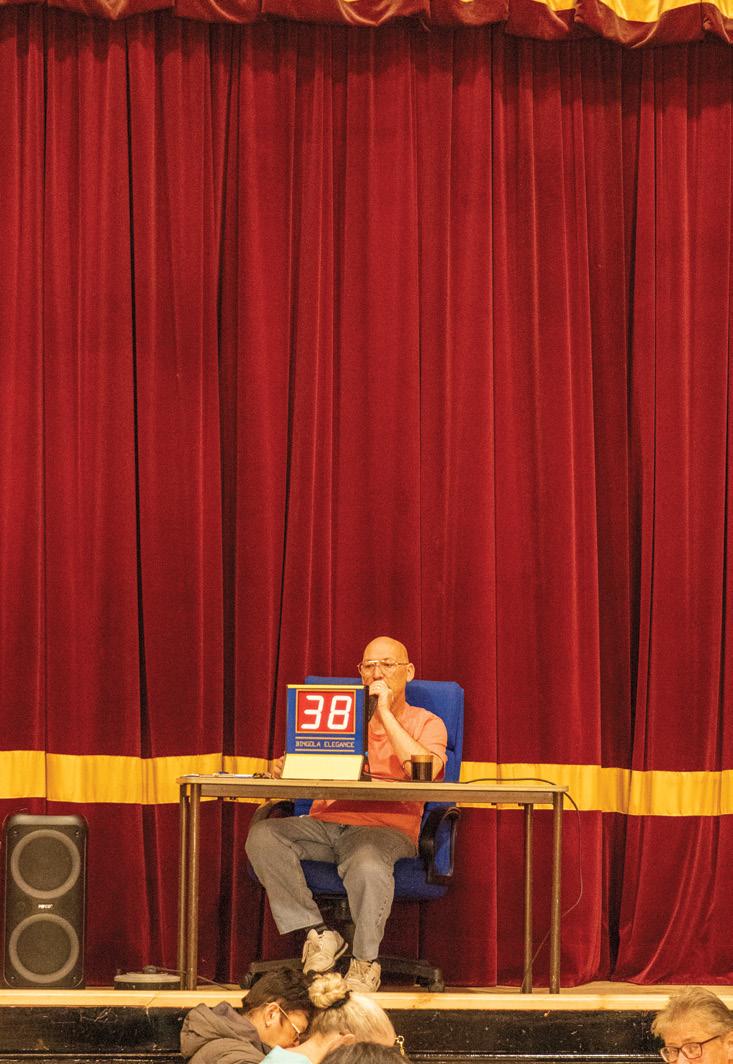
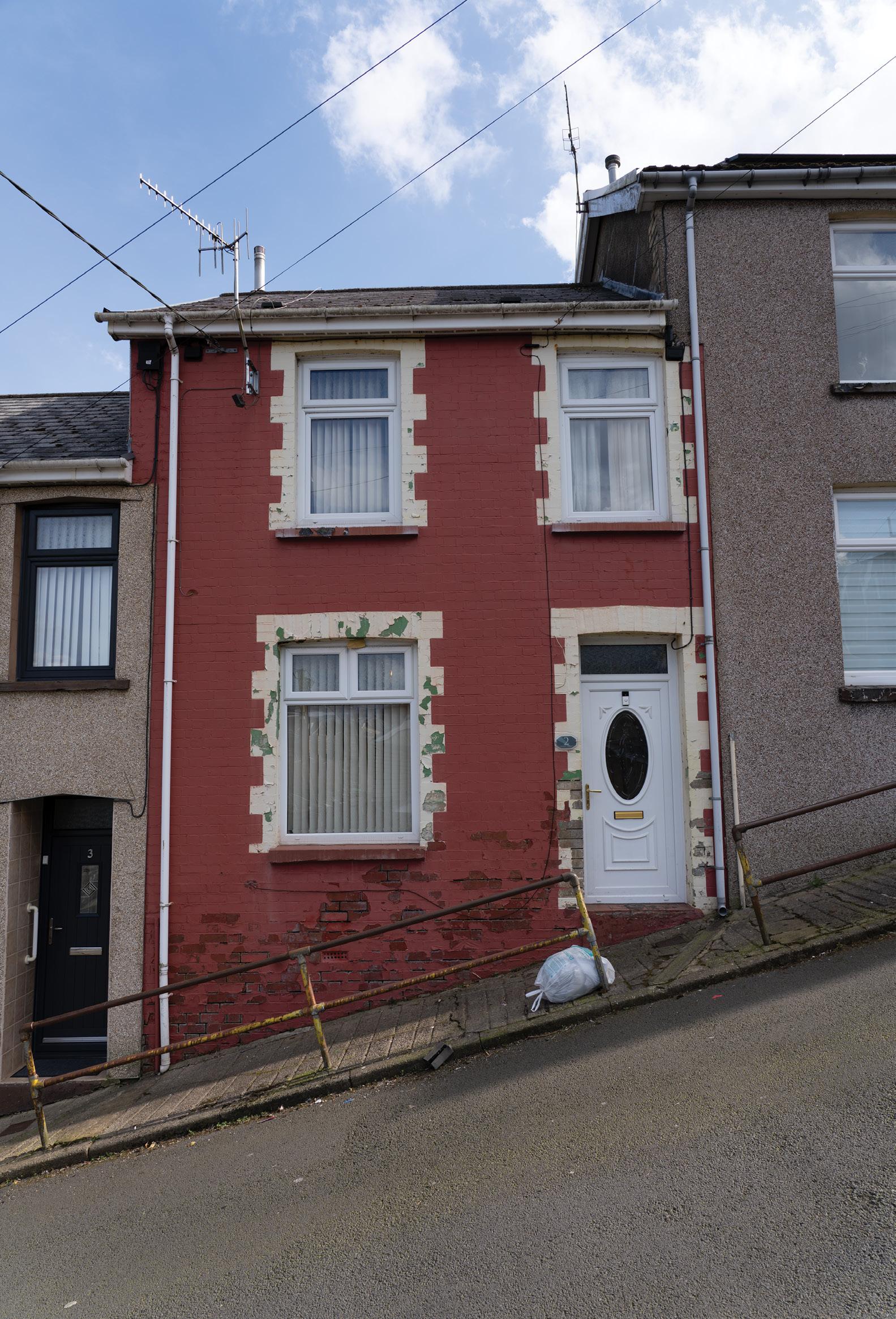
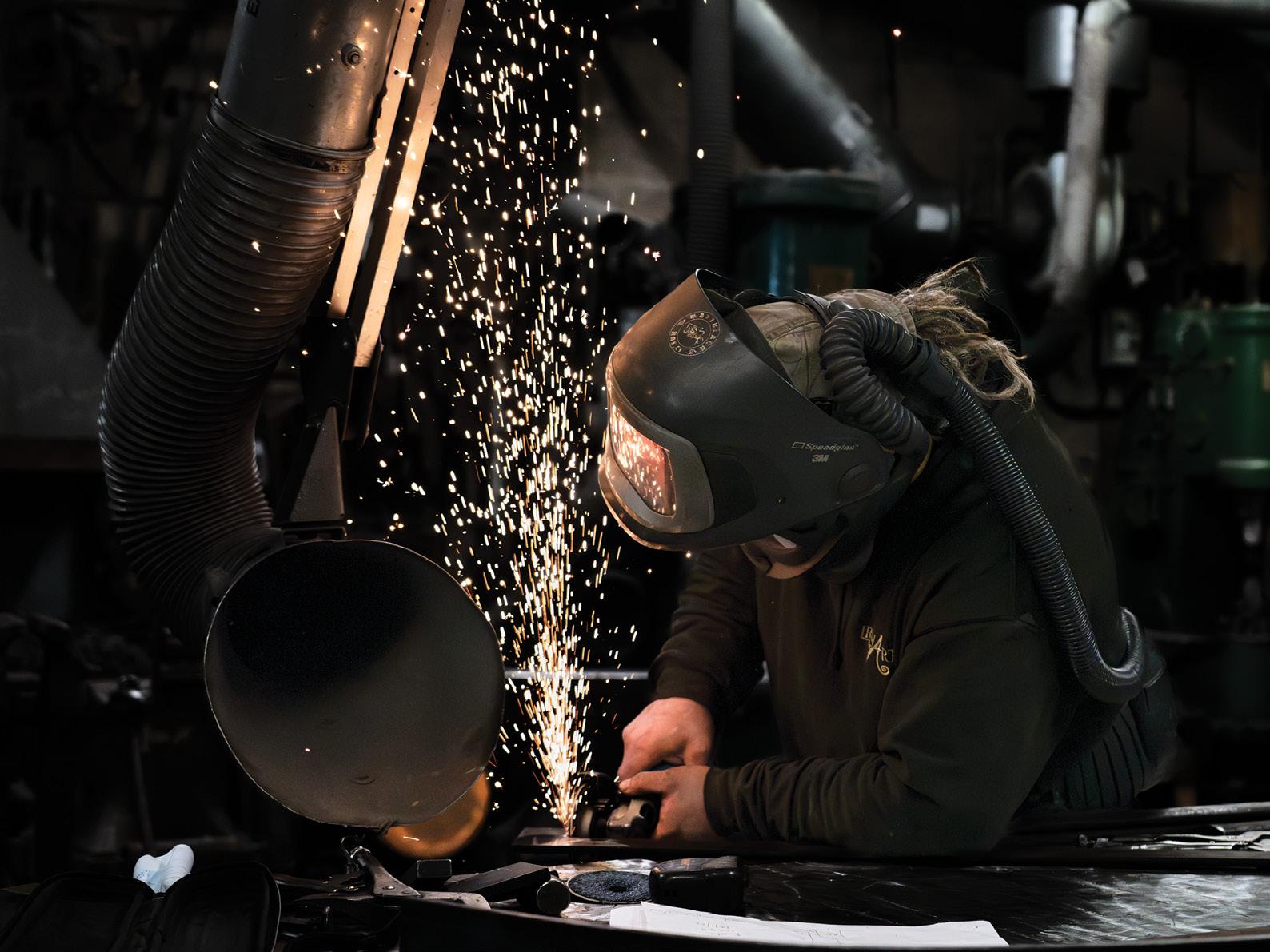
In a world obsessed with speed, automation, and consumption, this project focuses on the enduring value of traditional craftsmanship. Artisan aims to display the mastery and the people behind the work. It centres the artisans themselves not as nostalgic figures, but as contemporary masters; those whose precision, resilience, and creative brilliance shape the historic culture we risk losing. The word ‘artisan’ has become devalued and used freely to describe objects, yet rarely regards
the lives, skills, and processes that define it. This work aims to resist that— and foreground the mastery and the people behind the work. Each portrait here is an act of preservation and respect. View this project not merely as documentation, but as advocacy for local British artisans. It is a visual record and a call to action, a recognition of the extraordinary crafts we must preserve, and an insistence on the cultural value of making by hand.
Samuel Slatter
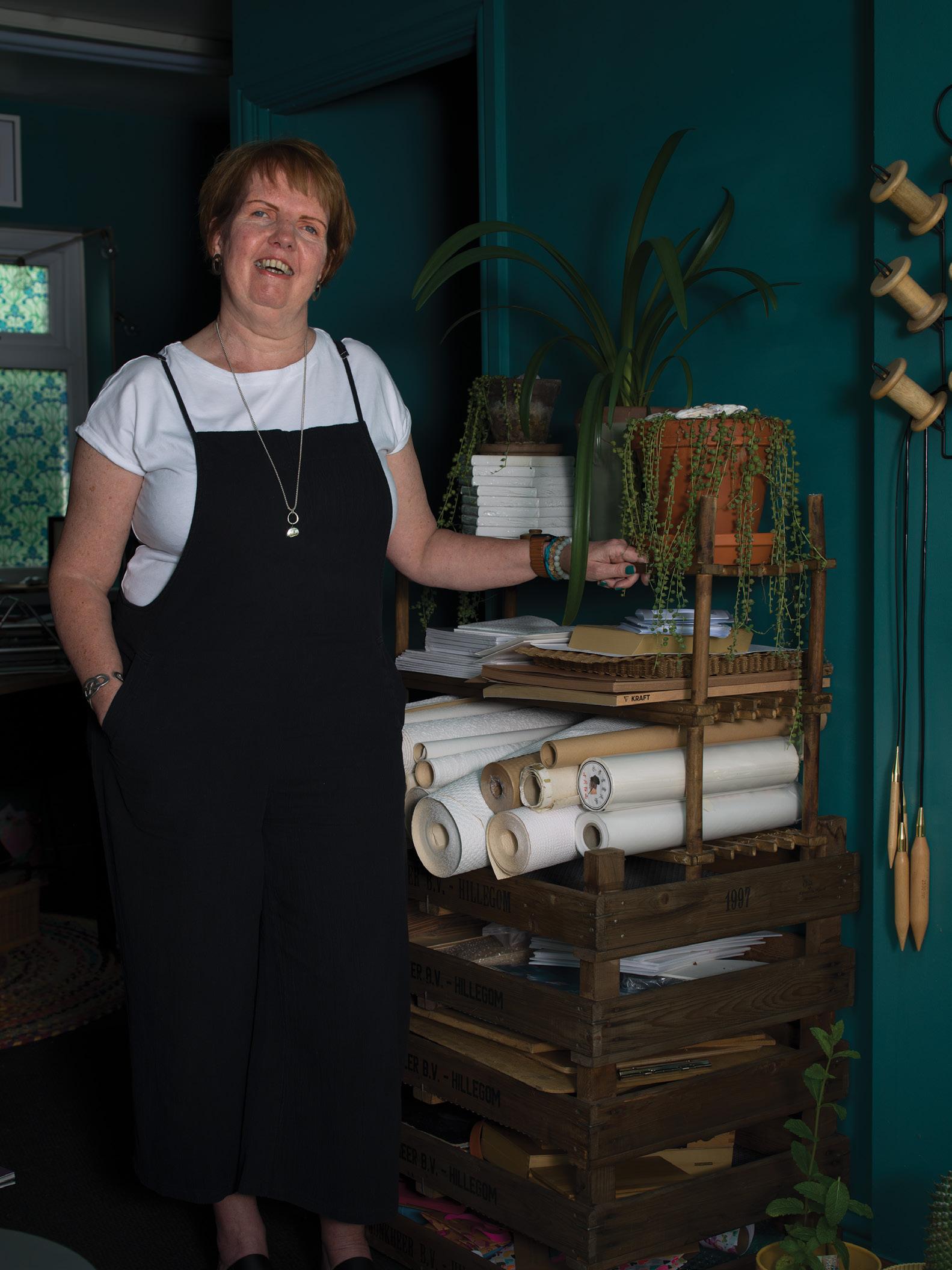
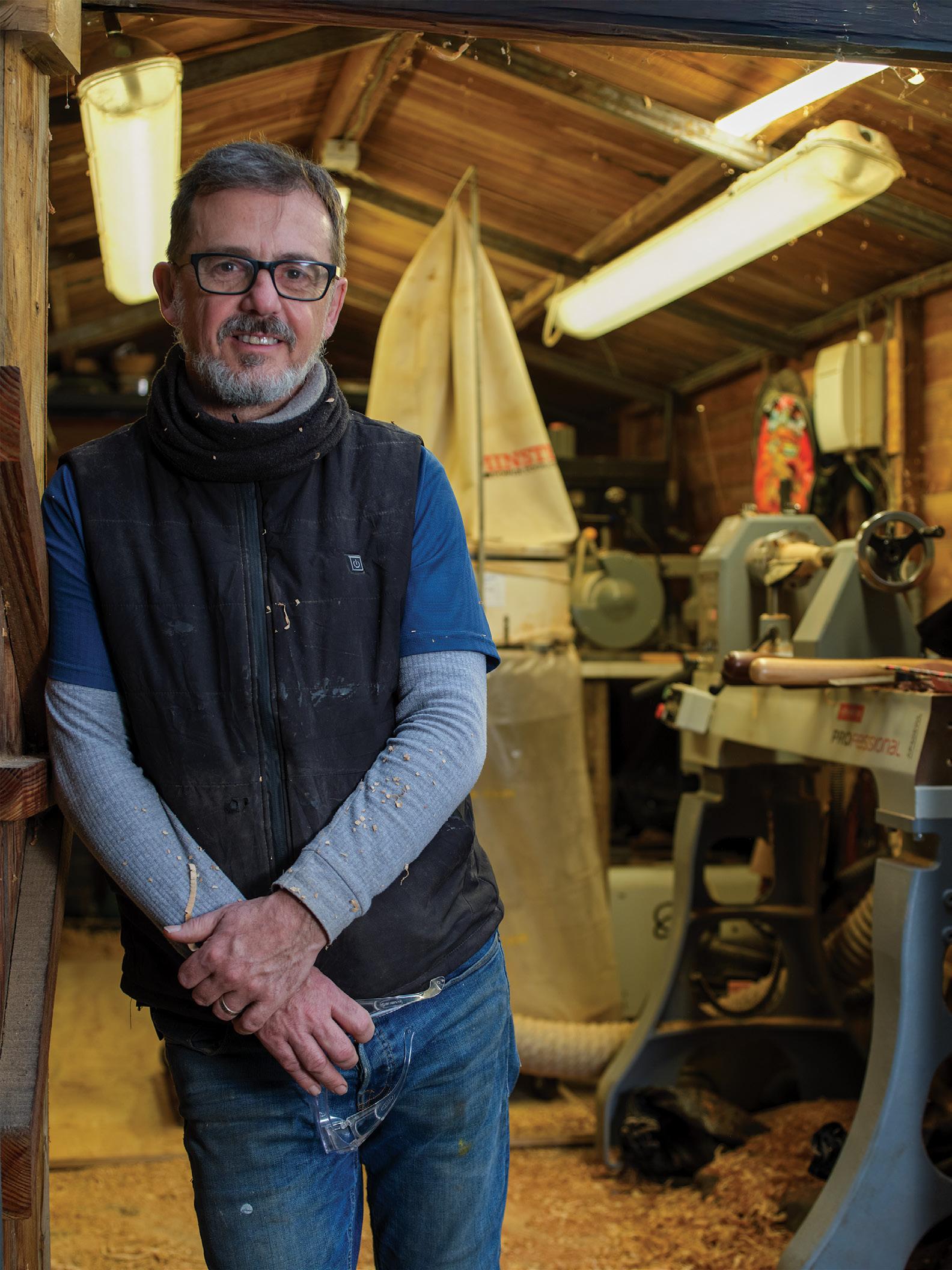
April Francis
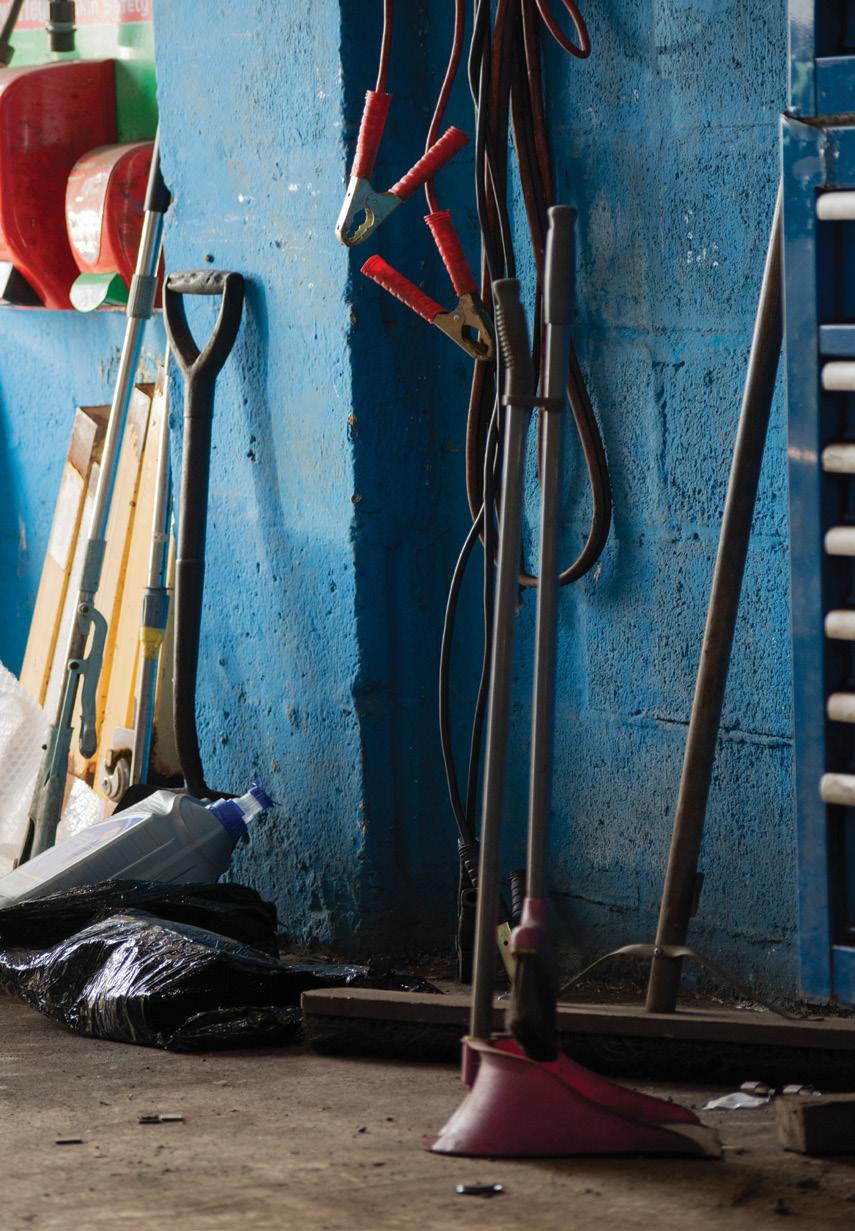
Under the Bonnet is a photographic project that explores the demise of the traditional repair of our fossil fuelled vehicles, now largely programmed, computerized and increasingly electric. It celebrates the mechanical and manual labour that kept us safe and on
the road, now mostly hidden in code. As the future approaches, our garages face uncertainty. They will need to adapt with the times or risk fading into history. What will become of these spaces and the people who own and run them in a cleaner and quieter world?
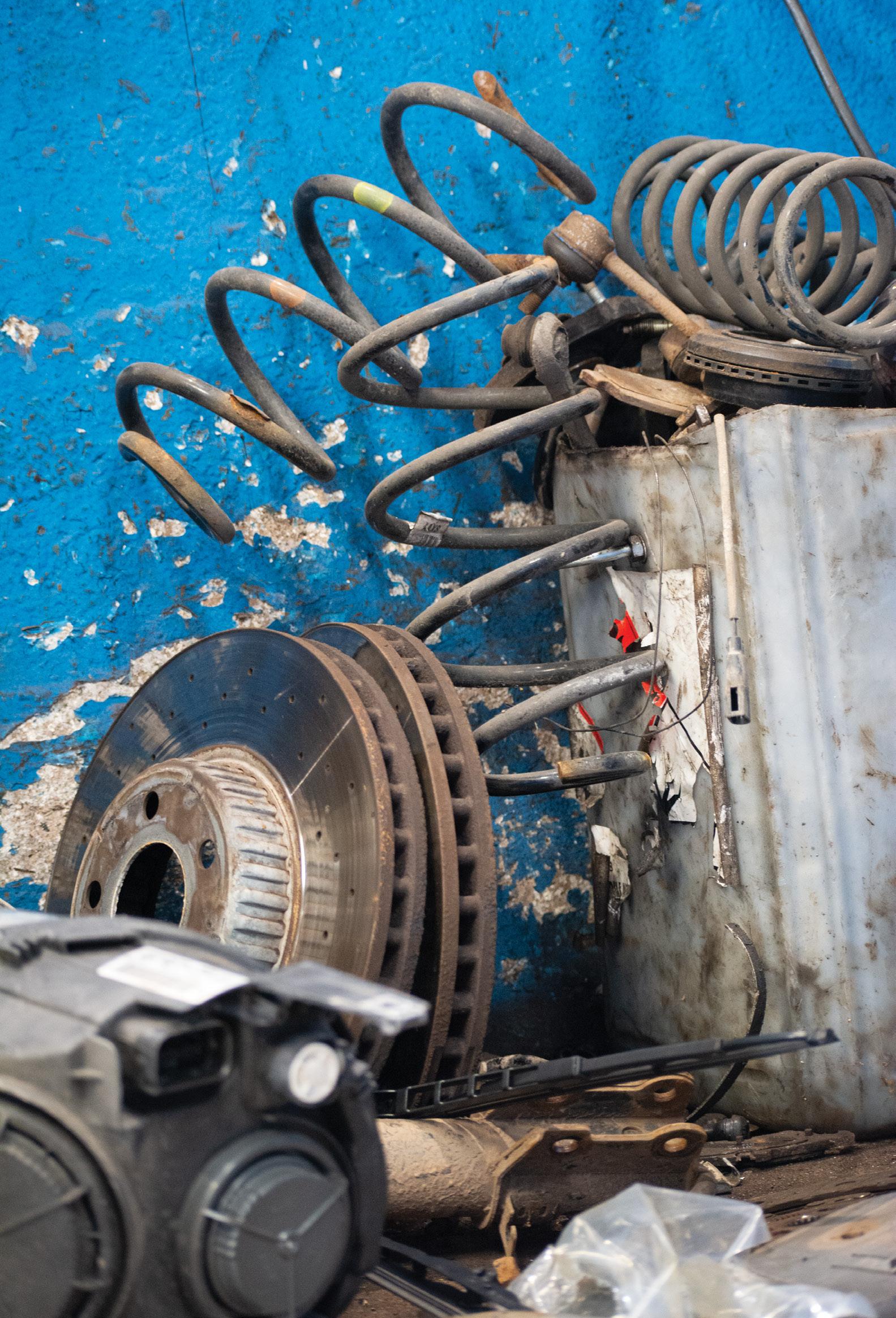



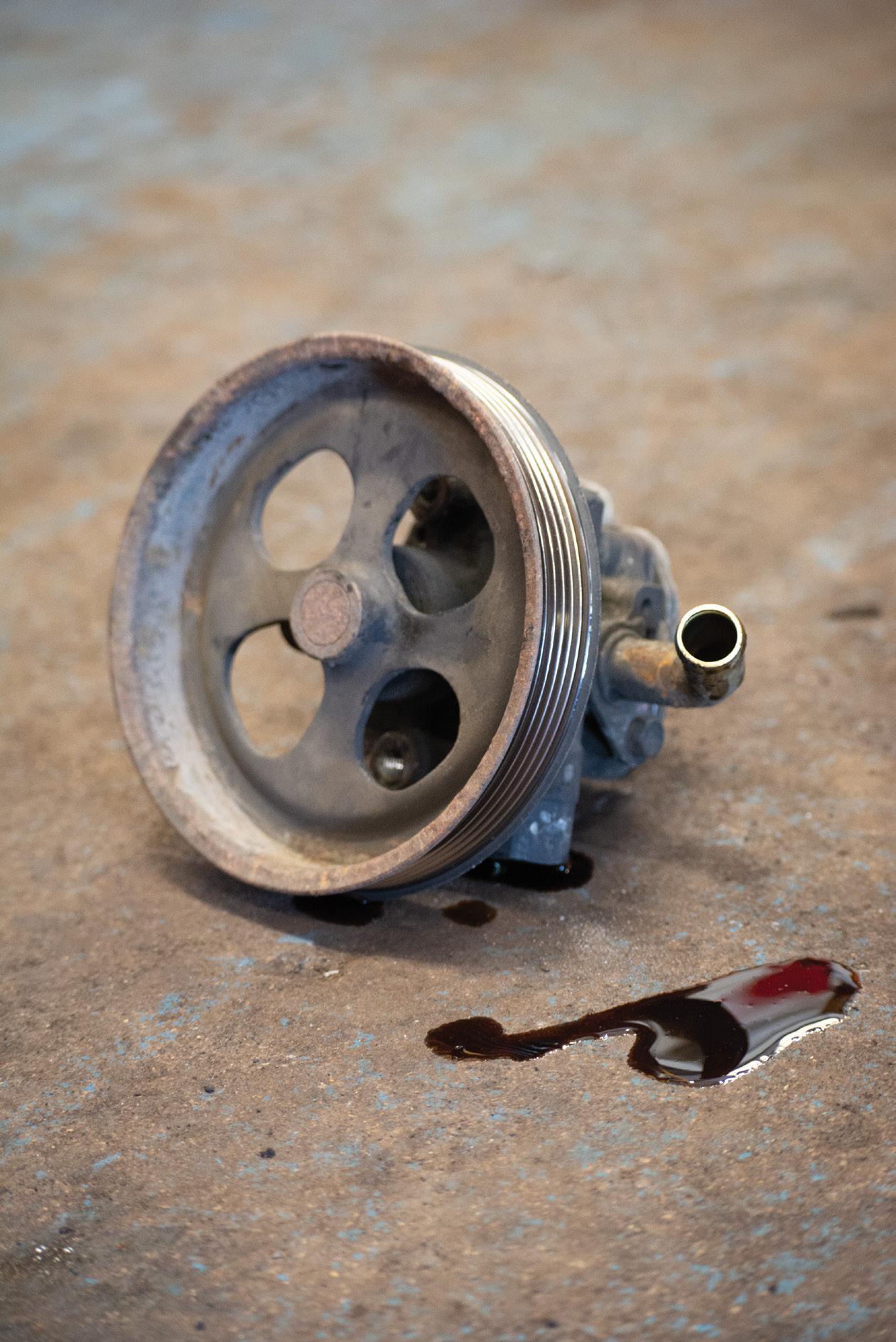
Rebecca Miles
At the end of the day, we can endure much more than we think we can.
—Frida Kahlo
A monochromatic sunflower battles erasure while seeking growth, a vertiginous cascade of fragmented imagery replicates the disorienting experience of cognitive overwhelm.
Undulating water currents dance between discord and harmony. Witnessing the psychological landscape of the internal and external, You Are Good Enough makes this endurance visible, charting cartographies of internal turbulence where paradoxically our most profound strength materialises.
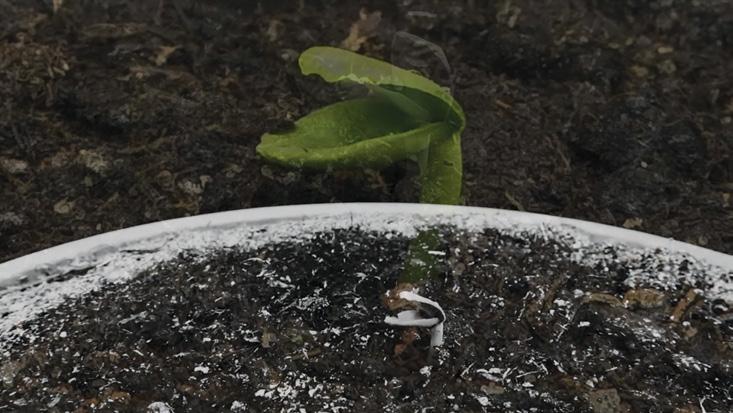
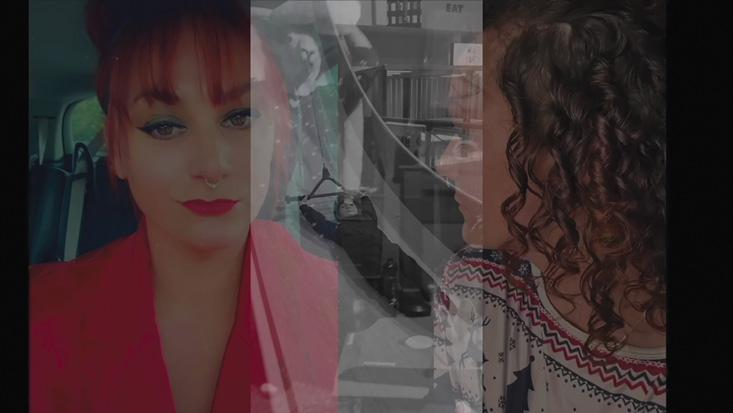
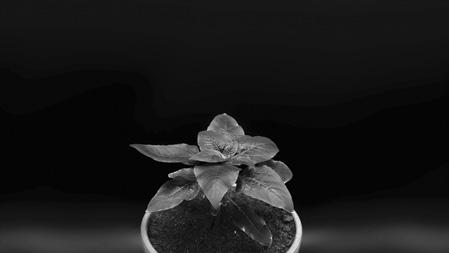

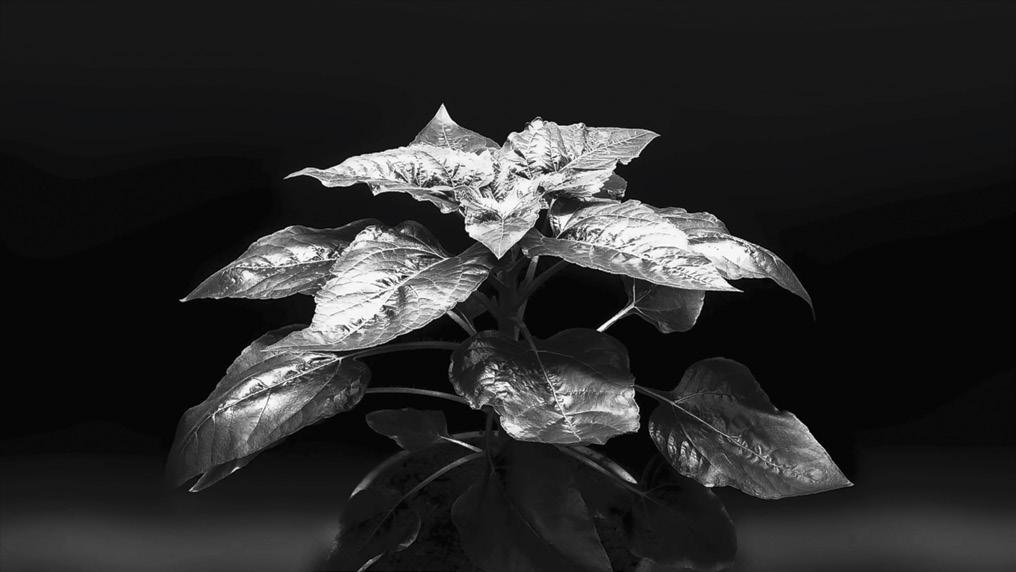

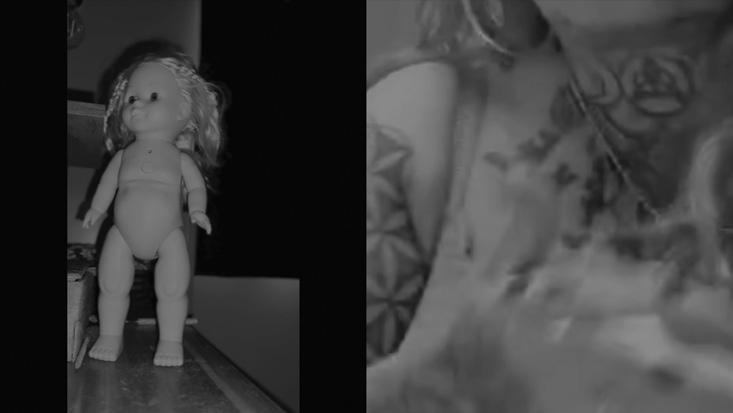
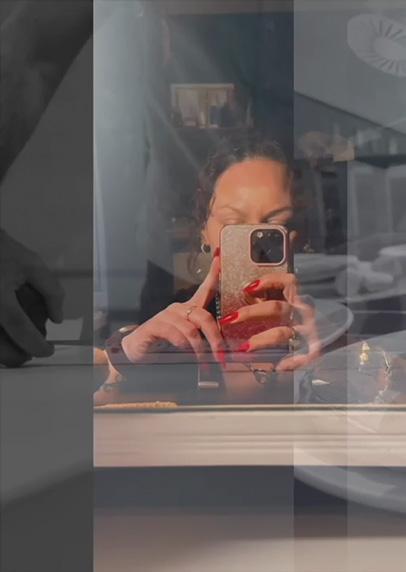
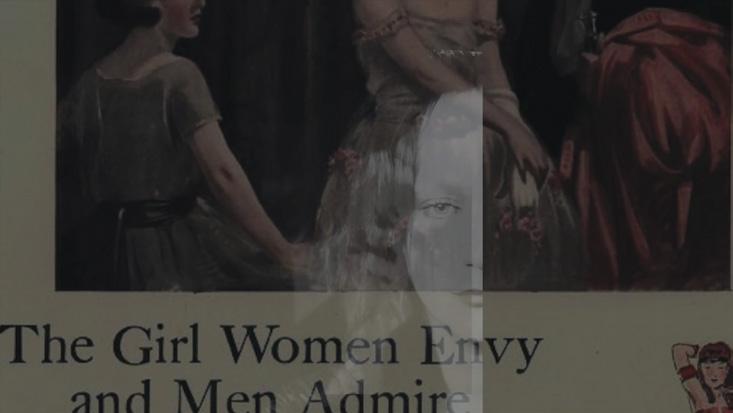

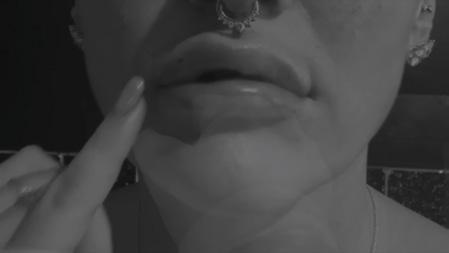



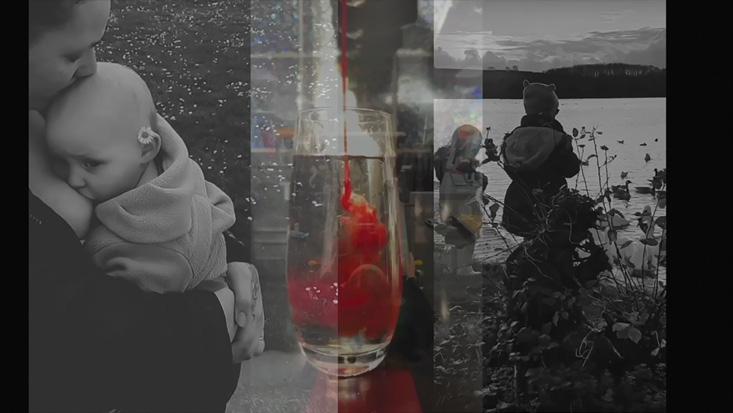
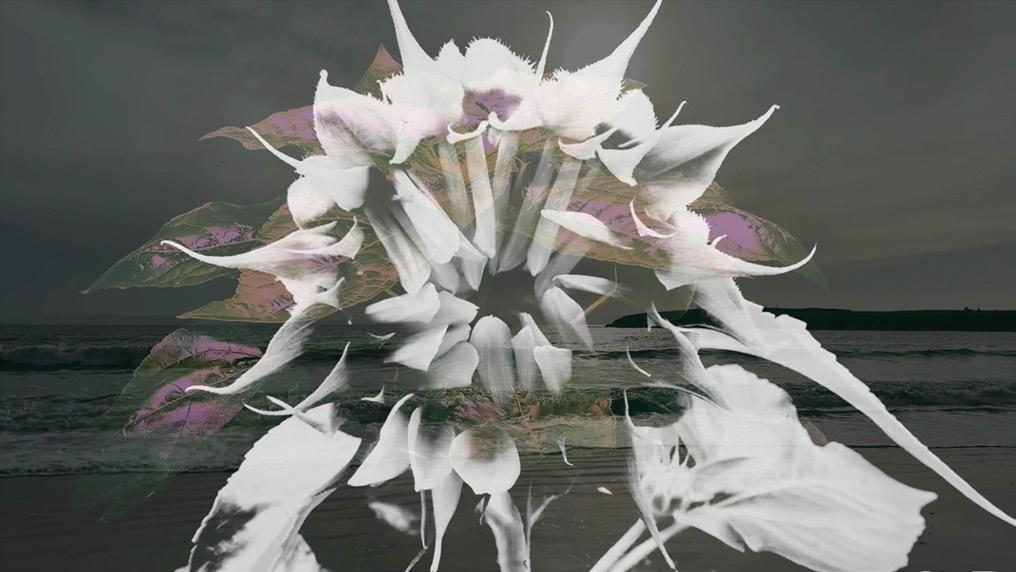
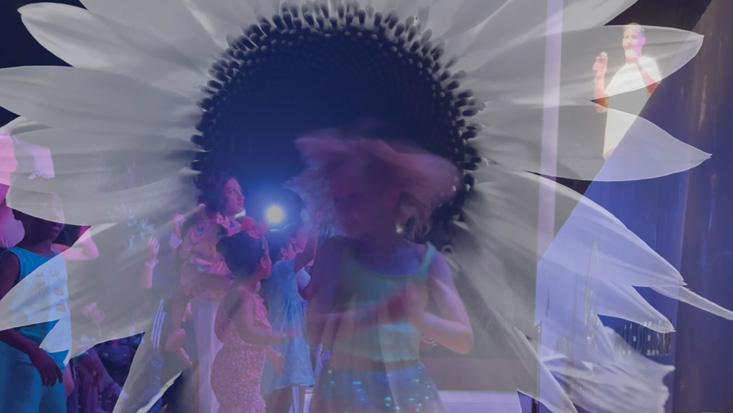
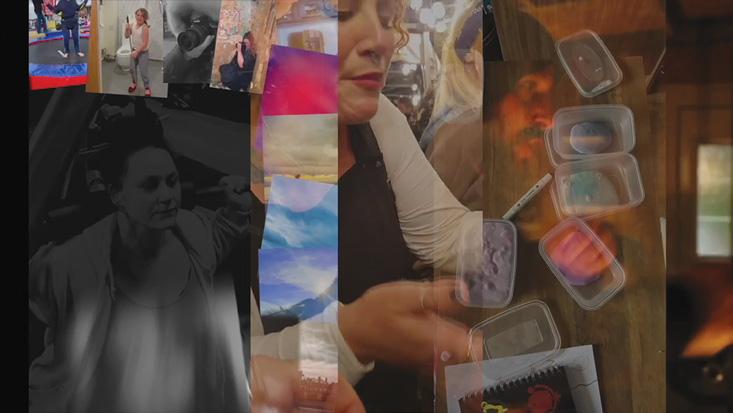
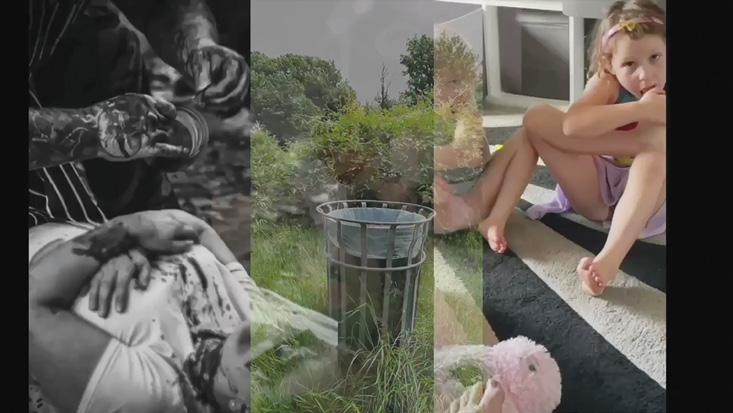
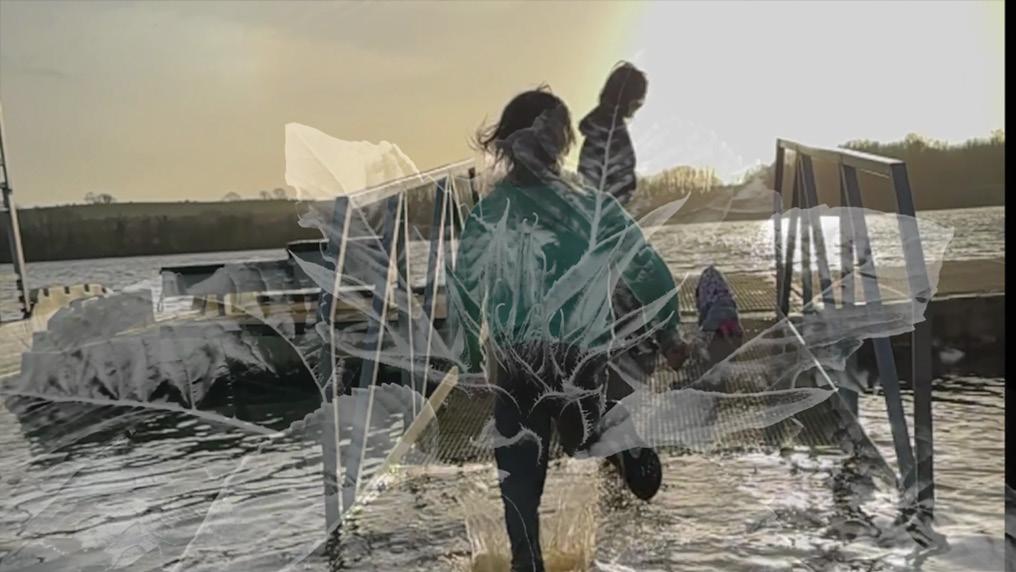
Lucy Smith (Testun Cymraeg)
Rydych chi’n eistedd mewn ystafell aros. Yn teimlo deunydd cwrs eich cadair, eich braich yn gorffwys ar ei metel oeraidd, pentwr anwastad o gylchgronau ar y bwrdd gerllaw. Mae’r ystafell aros yn llawn dieithriaid. Mae coesau’n hercian, bysedd yn pigo cefn llaw, babi’n deffro gyda sŵn sy’n debyg i gŵyn colomen, dyn yn peswch byth a hefyd. Mae’r dieithriaid o’ch cwmpas yn siarad, sgyrsiau’n gorgyffwrdd, tameidiau o eiriau’n byrlymu i’r brig drwy fôr o fân ymddiddan.
Ar ôl siarad â’r ffotograffwyr sy’n graddio gyda BA a chlywed am eu prosiectau, dyma’r ffaith bod angen mwy ar ffotograffydd nag offer a syniad o’r hyn sy’n gwneud delwedd yn bleserus i’r llygad yn fy nharo o’r newydd. Mae angen gallu hunanfyfyrio’n ddwys, a chredu bod yr hyn rydych chi’n tynnu ei lun yn haeddu golwg fanylach arno. Y gamp yw creu delwedd ffres, sy’n gwneud i’r gwyliwr weld rhywbeth fel pe bai am y tro cyntaf. Mae ffotograffau yn datgelu rhywfaint o athroniaeth a gwerthoedd y ffotograffwyr. Mae eu gweld nhw yn datgelu ein hathroniaeth a’n gwerthoedd ni ein hunain hefyd. Delwedd fel iaith; dywedodd y rhan fwyaf o’r myfyrwyr wrtha i nad ydyn nhw’n hoffi defnyddio geiriau – drwy ddelweddau maen nhw’n cyfathrebu. Gwnaeth y sgwrs i fi wenu, oherwydd mai’r gwrthwyneb sy’n wir i fi am wn i, yn ceisio cyswllt drwy ddefnyddio geiriau ar dudalen. Dywedodd ambell fyfyriwr fod defnyddio ffotograffau yn hytrach na geiriau yn ffordd o wneud i bobl wrando’n fwy astud. Mae hynny wedi bod ar fy meddwl byth ers hynny.
Mae yna lawer o resymau dros dynnu lluniau. Dyma rai rhesymau y rhannodd y myfyrwyr â fi:
I iacháu. Dangos i bobl sut rydych chi’n gweld pethau. Eich datgelu eich hun fel person. Adlewyrchu bywyd trwy eich llygaid eich hun. Hunan-archwilio. Mae ffotograffau yn hanesyddol hanfodol – yn cofio ac yn cadw. Cymeriad mewn stori yw’r camera. Cyfuniad o sawl crefft a ffurf gelfyddydol. Dihangfa. Iaith gyfoethog yw ffotograffiaeth.
Waiting Room
16:20
Rwyf wedi bod yn meddwl am y foment lle rydyn ni’n edrych ar ffotograff am y tro cyntaf, ein hymennydd yn ei bwyso a’i mesur yn erbyn popeth arall rydyn ni wedi’i weld a’i wybod erioed. Rwyf wedi bod yn meddwl am yr amser rydyn ni’n ei neilltuo i oedi ac edrych ar ddelweddau newydd; mae’n foethusrwydd, ond yn anghenraid hefyd. Sut gall y pethau pwysig fodoli rhwng gwybod hyn a gwybod y llall. Rhwng gweld delwedd a phenderfynu ein bod yn deall beth mae’n ei olygu. Rhwng ein tasgau dyddiol, pan allwn ni adael i ffotograff ein newid. Neu adael iddo ein cadw ni yn y lle hwnnw sydd rhwng pethau, ac esgor ar fwy o gwestiynau nag atebion.
Wrth ystyried y trothwy hwn rhwng pethau, daeth dau ddyfyniad i’r cof:
“Beth os mai yn y cyfnodau o dawelwch y mae ein bywyd yn cael ei fyw mewn gwirionedd? Yn yr hyn rydyn ni’n ei feddwl, neu’r hyn sydd rhwng yr eiliadau hynny o feddwl, nid yn y geiriau?”
- Emma Neale
[‘The Pink Jumpsuit’, The Spinoff, 29.03.20]
“Beth yw gwir wirionedd ein hamser? Mae’n cynnwys breuddwydion, mae’n cynnwys ymadael, mae’n cynnwys camddehongli, mae’n cynnwys y cof.”
- Patti Smith
[‘Podlediad #82’, Llyfrgell Gyhoeddus Efrog Newydd, 13.10.15]
Beth yw’r enw ar y lle hwnnw rhwng pethau? Ystafell aros, yr anhysbys. Ai yn y lle hwnnw rhwng pethau mae’r pethau pwysig i gyd yn digwydd mewn gwirionedd?
Yn y casgliad hwn o ffotograffau mae sawl persbectif ar waith. Mae fel pe baem yn eistedd mewn ystafell aros (pwy a ŵyr am beth), yn clywed tameidiau o sgyrsiau. Mae pob sgwrs yn werth ei chlywed, a phob un yn gwneud i ni ymdrechu i’w chlywed yn well.
Lucy Smith
Ystyried diwylliant fel perfformiad / gwactod stiwdio wen / gwyliadwriaeth / breuddwydion liw dydd nad oes modd eu rheoli; yn troi’n bethau eraill / beth yw’r gwrthwyneb i’r ffordd mae dynion yn syllu? / menywod yn chwysu, clystyrau gwallt yng nghefn y gwddf / gemwaith gleiniau wedi’i gwneud gan mamgu / misogynystiaeth bob dydd: “Rwy’n tynnu llun bob tro mae’n digwydd” / dwndwr y meddwl / delfrydu’r corff gwrywaidd / tirluniau wedi’u creithio y tu hwnt i adnabyddiaeth.
Rydym yn neilltuo amser i wrando ar y safbwyntiau hyn i gyd, ac yn y pen draw, fel pe bai ein henw o’r diwedd yn cael ei alw, rydyn ni’n cael ein gorfodi i chwilio am ein safbwynt ein hunain. Beth sydd wedi’i ddeffro ynom ni? Beth ydyn ni’n sylwi arno am y tro cyntaf erioed? Mae’r ffotograffau hyn yn adlewyrchu’r eiliadau rhwng pethau, yr hyn sydd heb ei ddweud e heb ei weld, yn llenwi rhai o’r bylchau yn ein profiad ni o’r byd. Dod at y ffotograffau hyn, disgwyl i weld yr hyn y gwnân nhw ei ddatgelu yw llawenydd y casgliad hwn.
Byddai’r artistiaid-ymchwilwyr Wrights & Sites yn cyfeirio at ystafelloedd aros fel ‘lleoedd nad ydyn nhw’n lleoedd’:
“Rydyn ni’n mynd drwy’r lleoedd hyn nad ydyn nhw’n lleoedd fel llongau’n mynd heibio i’w gilydd yn y nos; dydyn ni ddim cyfathrebu; dydyn ni ddim yn ymgysylltu.” Ond maen nhw’n ein hannog i “droi’r lleoedd nad ydyn nhw’n lleoedd yn lleoedd. Chwiliwch am y pethau penodol sy’n dangos bod bywyd wedi digwydd yn y gofod hwn.”
- Wrights & Sights
[‘Place/Non-Place’, mis-guide.com]
Beth sy’n cysylltu ystafell o ddieithriaid llwyr? Y weithred o aros? Y weithred o edrych ar yr un ffotograffau? Troi dalennau yr un llyfr; pob profiad yn wahanol, ond yn gysylltiedig.
Dewch i ni ddychwelyd at y clytwaith hwnnw o sgyrsiau, y llinyn arian drwy’r casgliad hwn:
Sut olwg sydd ar groen mewn gwirionedd, o edrych arno’n agos? / treigl amser / creu gyda llaw / poen anweledig / sbectrwm emosiynau chwaraewyr rygbi / prydferthwch eithafol / twrio dan y boned / pethau wedi eu taflu / cysgodion / isdyfiant yn traflyncu / cerrig milltir ein bywyd / glôb yn tywynnu / mewn drych, yn paentio gwên.
Tynnwch ymaith a chaniatewch ddigon o amser. Dewch o hyd i le rhwng y pethau sydd ar eich rhestr i’w gwneud ac ystyriwch y delweddau hyn fel pe na bai unrhyw gyfyngiad o gwbl ar eich amser. Arhoswch iddyn nhw eu datgelu eu hunain yn iawn. Arhoswch i weld beth fydd yn digwydd.
Gall ystafelloedd aros fod yn fannau o ragweld, o bryder, yn dir neb annioddefol. Mae edrych ar ffotograffau yn aml yn peri llai o bryder na hyn, ond mae hefyd yn wir bod rhai delweddau yn gallu ein gorfodi i wynebu rhannau ohonon ni ein hunain –ein hunanfodlonrwydd, ein hanwybodaeth, pethau rydyn ni’n eu cymryd yn ganiataol. Mae bod yn gyfforddus ymhlith y ffotograffau hyn hefyd yn golygu bod yn gyfforddus gyda lleoedd nad ydyn ni’n eu hadnabod, pobl nad ydyn ni’n eu hadnabod, ffyrdd gwahanol o wneud pethau. Gwrando ar leisiau anghyfarwydd iawn, gadael iddyn nhw gael effaith arnoch chi. Mae’r ffotograffau hyn yn creu gofod lle gallwch dreulio ychydig amser, dod i wybod rhywbeth nad oeddech chi’n sylweddoli bod angen ei wybod. Lle i feddwl, lle i aros, a gwerthfawrogi’r hyn a ddaw i’r fei.
Ac rydych chi bellach yn gysurus ymhlith y dieithriaid a’u sgyrsiau. Mae’r babi’n cysgu nawr, y dyn oedd yn bythol besychu wedi cael ei alw i ystafell arall. Mae menyw yn estyn am gylchgrawn o’r pentwr anwastad ar y bwrdd gerllaw. Rydych chi’n sylweddoli eich bod chi’n teimlo fel pe baech yn adnabod pawb o’ch cwmpas. Rydych chi bron wedi anghofio amdanoch chi’ch hun, a’r hyn a ddaeth â chi yma. Pan fo rhywun yn galw eich enw, mae ennyd yn mynd heibio cyn i chi sylweddoli mai chi sydd dan sylw.
Lucy Smith
Alyssa Aziz

Coming to understand how lonely and disorientating Alzheimer’s disease can be, and is, it became my priority to connect with and attempt to rejuvenate my Grandpa’s outgoing spirit.
Throughout life he’s always been determined and adventurous. He left Malaysia at 19 to travel the world to disprove stigmatising language from his Encyclopaedia Britannica which characterised his fellow countrymen as ‘lazy and indolent’. Hidden within the corners of his current home and overgrown garden, I visually reflected on the duality of his current confinement to the boundaryless life previously lived.
We discovered how powerful music can be, with its unique ability of activating the brain. Music provided us with a new form of non-verbal communication, relying on sounds and rhythms. Nothing compares to the first time I saw my Grandpa’s face light up after reconnecting with an old Malaysian Folk Song. It elicited sparks of emotions and provided him a new range of movement. The folk song, Rasa Sayang, translates as ‘a loving feeling’. Encapsulating the exact sentiment I aimed to create and to encourage others to seek with loved ones.


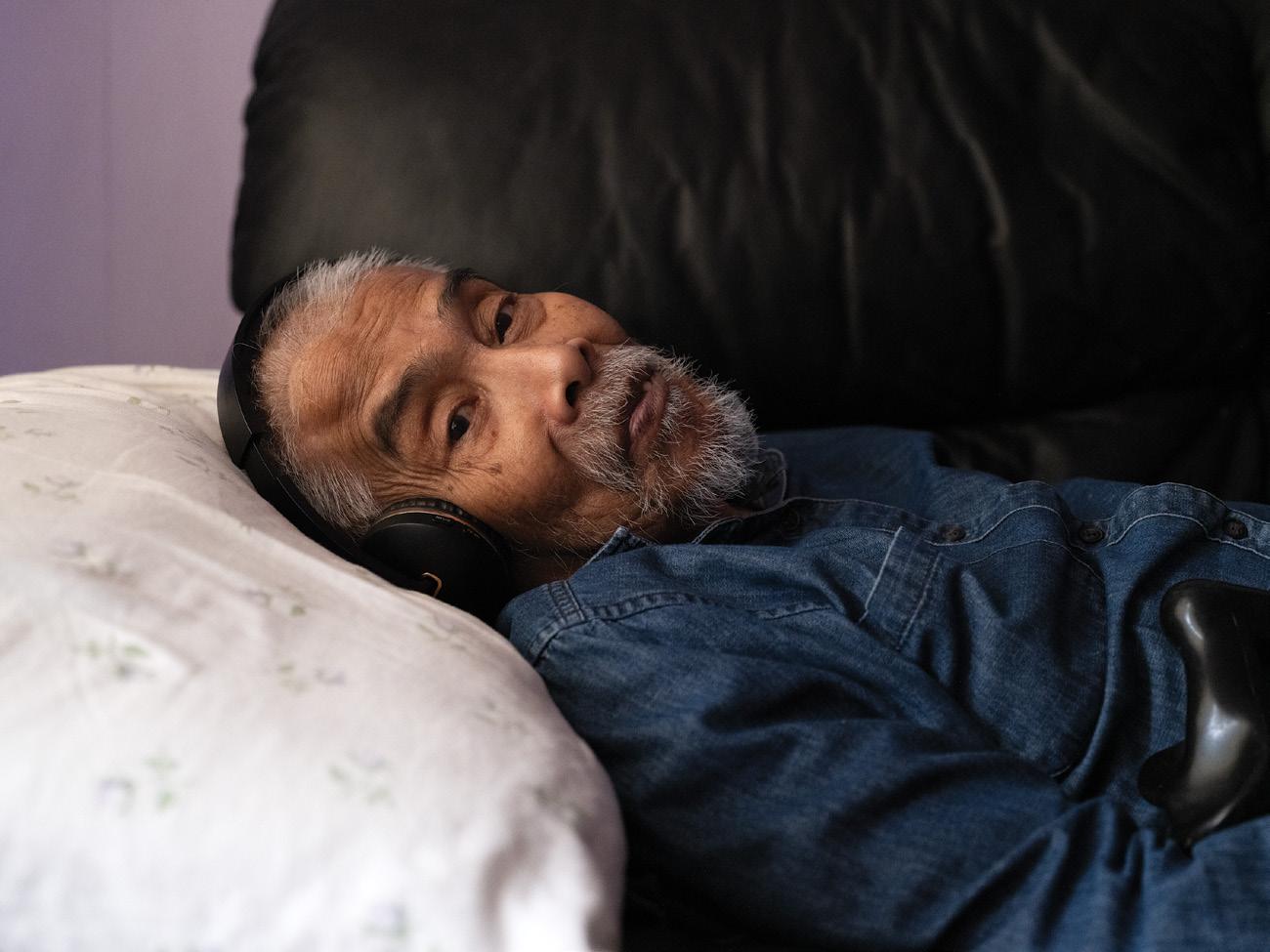

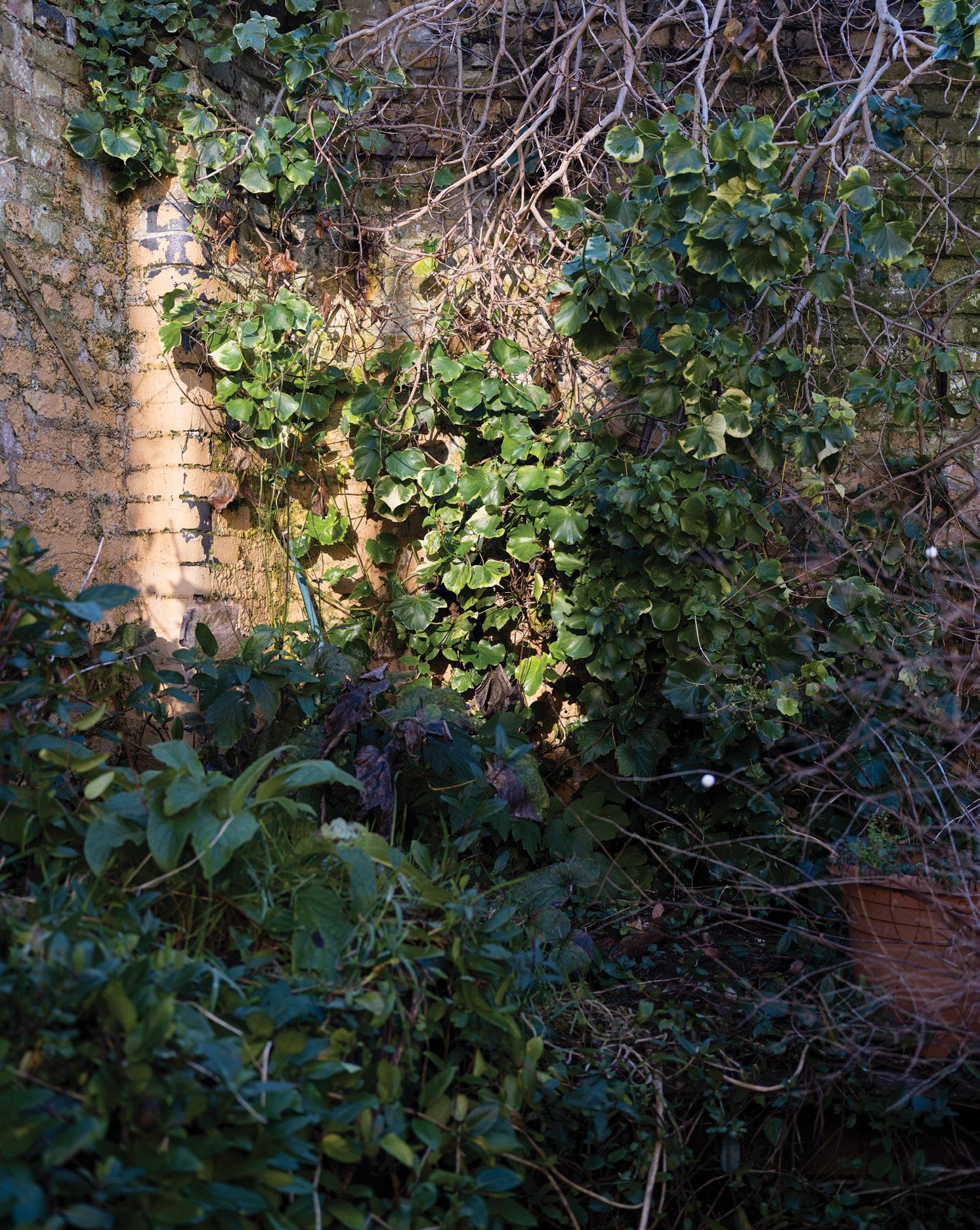
You Never Can Tell
— Chuck Berry
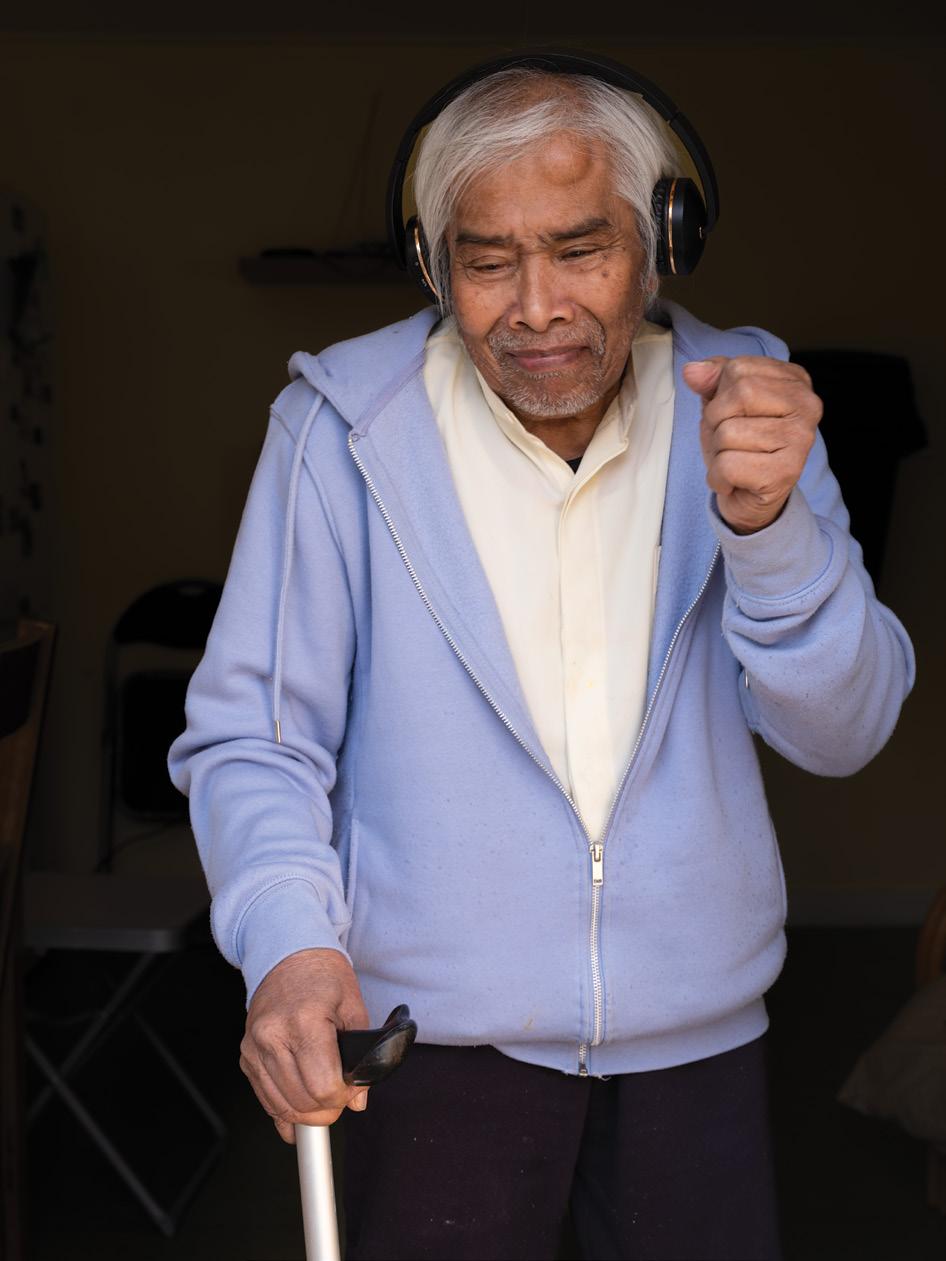

Waiting Room
Waiting Room
Published by:
University of South Wales
BA (Hons) Photography
University of South Wales 86-88 Adam Street
Cardiff CF24 2FN
Copyright:
© University of South Wales, 2025
Please note: all work completed by our students as part of their studies is exempt from the University’s Welsh Language Standards Compliance Notice.
All rights reserved. No part of this publication may be reproduced, stored in a retrieval system, or transmitted in any form or by any means without written permission from the publishers.
The authors have asserted their rights to be identified as the authors of this work in accordance with the Copyright, Designs and Patents act 1988.
We would like to thank everybody who has supported this project.
Ystafell Aros
Cyhoeddwyd gan: Prifysgol de Cymru BA (Anrh) Ffotograffiaeth
Prifysgol de Cymru 86-88 Stryd Adam Caerdydd CF24 2FN
Hawlfraint: © Prifysgol de Cymru, 2025
Noder: Mae ’ r holl waith a wneir gan ein myfyrwyr fel rhan o ’ u hastudiaethau wedi ’ I eithrio o Hysbysiad Cydymffurfio Safonau ’ r Gymraeg y Brifysgol.
Cedwir pob hawl. Ni chaniateir atgynhyrchu unrhyw ran o'r cyhoeddiad hwn, na’i storio mewn system adalw, na'i drosglwyddo ar unrhyw ffurf neu drwy unrhyw fodd heb ganiatâd ysgrifenedig gan y cyhoeddwyr.
Mae'r awduron wedi datgan eu hawliau i gael eu nodi fel awduron y gwaith hwn yn unol â Deddf Hawlfraint, Dyluniadau a Phatentau 1988.
Hoffem ddiolch I bawb sydd wedi cefnogi ’ r prosiect hwn.
Lucy Smith is a writer and teacher based in Cardiff, originally from Lancashire. Her short fiction and creative non-fiction has been published by Reflex Press, Ad Hoc Fiction, Flash Frog, Arcade Campfa and Ink Sweat & Tears, among others. She has an MA in Creative Writing and has completed three writing residencies in Wales. Lucy also facilitates writing workshops in community spaces and art galleries, and collaborates with sound and visual artists.
Instagram: @lucysmithwriter Website: lucysmithwriter.com
Bywgraffiad
Mae Lucy Smith yn awdur ac athrawes sy'n byw yng Nghaerdydd, yn wreiddiol o Swydd Gaerhirfryn. Mae ei ffuglen fer a'i nofelau ffeithiol creadigol wedi'u cyhoeddi gan Reflex Press, Ad Hoc Fiction, Flash Frog, Arcade Campfa ac Ink Sweat & Tears, ymhlith eraill. Mae ganddi MA mewn Ysgrifennu Creadigol ac mae wedi cwblhau tair preswylfa ysgrifennu yng Nghymru. Mae Lucy hefyd yn hwyluso gweithdai ysgrifennu mewn mannau cymunedol ac orielau celf, ac yn cydweithio ag artistiaid sain a gweledol.
Instagram: @lucysmithwriter Gwefan: lucysmithwriter.com Waiting Room
ISBN: 978-1-909838-88-8
Printed by / Argraffwyd gan: Taylor Brothers, Bristol / Bryste
Published / Cyhoeddwyd: June 2025 / Mehefin 2025
Designers / Dylunwyr: Hattie Alwen / Alyssa Aziz / Oliver Norcott (Mentor / Mentor)
Creative Director / Cyfarwyddydd Creadigol: Peter Bobby
Editors / Golygyddion: Hattie Alwen / Alyssa Aziz / Peter Bobby
Text Editors / Golygyddion Testun: Rebecca Parker / Becca White / Dr Eileen Little
Translation / Cyfieithydd: Cris Dafis / Heddus Davies
Guest Writer / Awdur Gwadd: Lucy Smith
Published in an edition of / Cyhoeddwyd mewn argraffiad o: 600
The Waiting Room is now closed
Mae’r ystafell aros bellach ar gau
